- Coimbra Street Map
- Portugal Transport
- Portugal Maps

Portugal Guides
- Estremadura
- Viana do Castelo
- Vila do Conde
- More Guides »
- Portugal A-Z
- Portuguese Food
- Gay Portugal
- Restaurants
- Famous Portuguese
- More Culture »
- Hotels in Portugal
- Hotels in Algarve
- Hotels in Lisbon
- Hotels in Porto
- Portugal Hostels
- Spain Hostels
- Banks & Money
- Exchange Rates
- Facts & Figures
- Portuguese Phrases
- Word of the Day
- Portugal Books
Portugal City Guides
- Castelo Branco
- Praia da Rocha
- Vila Real de Santo Antonio
- Accommodation
- Lisbon Subway
- Coimbra Map
- Albufeira Map
- Caldas da Rainha Map
- Castelo de Vide Map
- Ericeira Map
- Estremoz Map
- Figueira da Foz Map
- Funchal Madeira Map
- Guimarães Map
- Ponta Delgada Map
- Setúbal Map
- Viana do Castelo Map

The city of Coimbra , north of Lisbon, is situated in the province of Beira Litoral. The main attractions of Coimbra, including Coimbra University, lie on the east side of the River Mondego atop a steep hill.
Places Listed on the Map of Coimbra
Coimbra University and the city's many fine, historic churches are the main draw. The city has no less than two cathedrals: Se Velha , Portugal's supreme example of the Romanesque style, and Se Nova , a Jesuit church featuring an opulent altar.
Worthwhile museums in Coimbra include the Science Museum of the University of Coimbra and the Museu Nacional Machado de Castro , formerly a Bishop's Palace built over Roman remains.
There are two railway stations: Coimbra Station A is the main station for regional trains. Coimbra Station B is the main station for trains to and from other large cities in Portugal such as Porto and Lisbon.
Hotels, as with the city's main attractions, are mainly on the east bank of the river.
Hotels in Coimbra are mostly clustered close to the railway stations. In this area are the Hotel Astoria , the three-star Hotel Oslo and the budget Hotel ibis Coimbra Centro overlooking the Mondego River and just 300 meters from Coimbra A Train Station.
Other alternatives are the four-star NH Coimbra Dona Ines with a business centre, tennis court, outdoor pool and car rental facilities. The nearby Tivoli Coimbra also has four stars and comes recommended. Also virtually next door to the NH Coimbra Dona Ines is the Hotel Vila Galé Coimbra , a four-star accommodation with indoor and outdoor pools and extensive spa.

Book Cheap Air Tickets to Portugal
From Europe with Air France
Visit our partner sites:
- Britain All Over - Britain Close Up
- Britain Visitor - Guide to UK
- Iran Visitor - Guide to Iran
- Beijing Visitor - Guide to China
Portugal Tourist Info. Copyright © 2024 All rights reserved.
Terms of Use | RSS
Web Design by Web Choice UK
Coimbra Printable Tourist Map
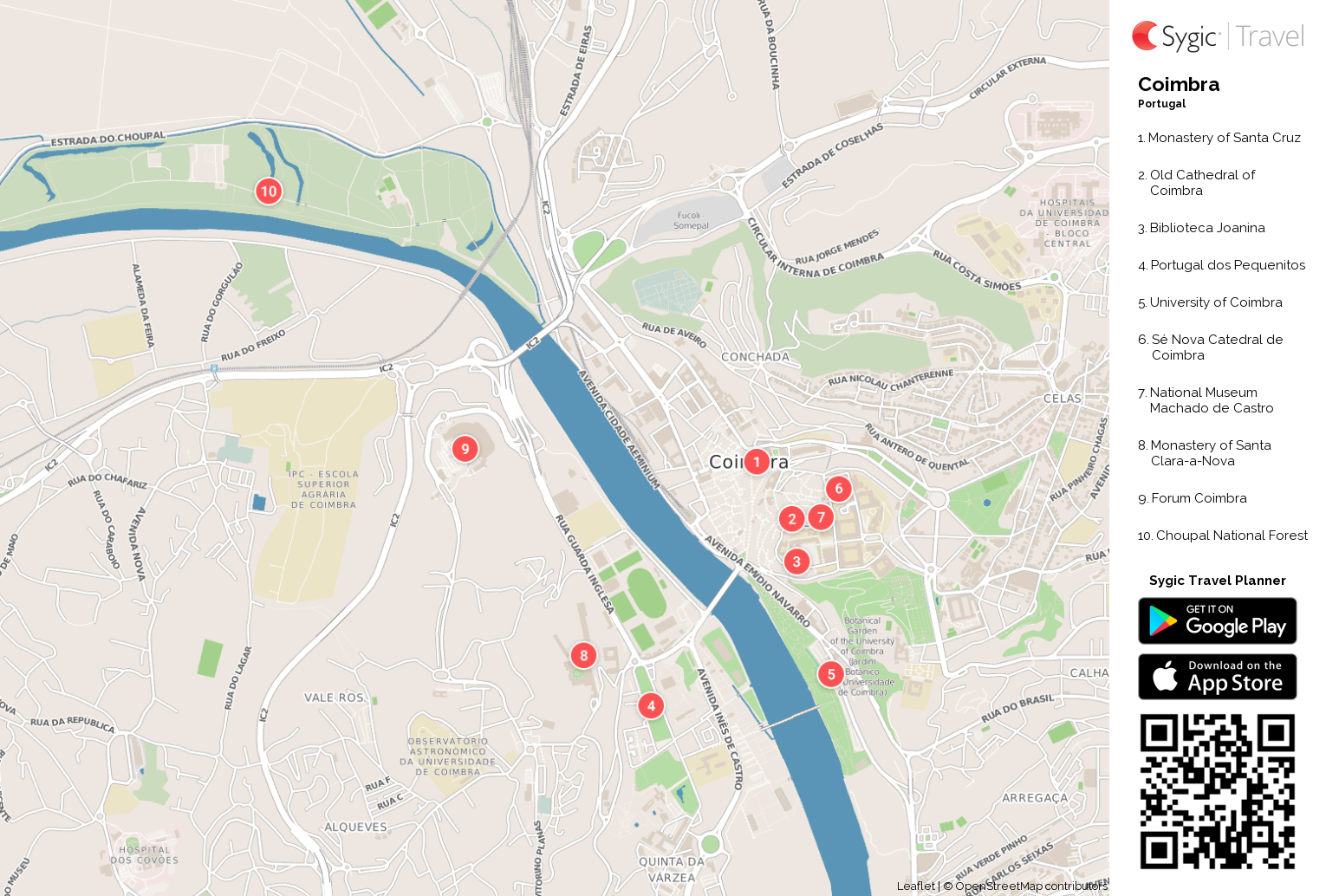
Coimbra Map: The Attractions
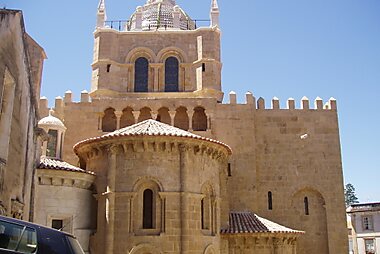
Old Cathedral of Coimbra
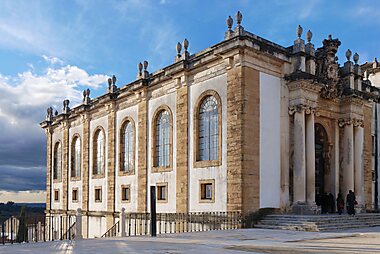
Biblioteca Joanina
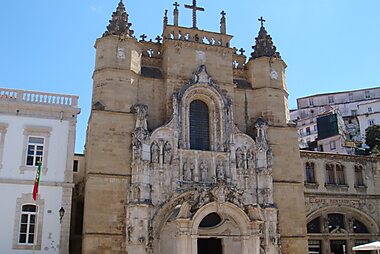
Monastery of Santa Cruz
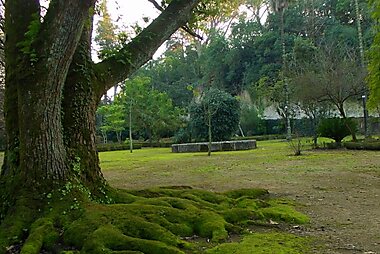
Botanical Garden of the University of Coimbra
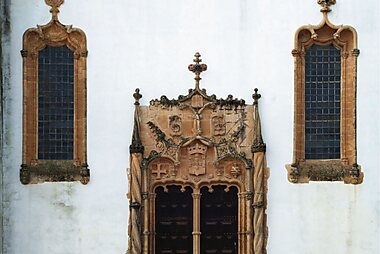
University of Coimbra
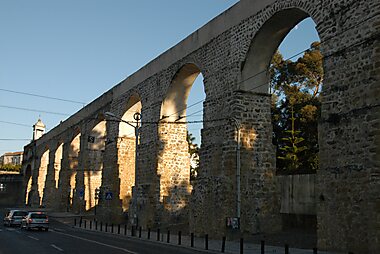
Aqueduto de São Sebastião
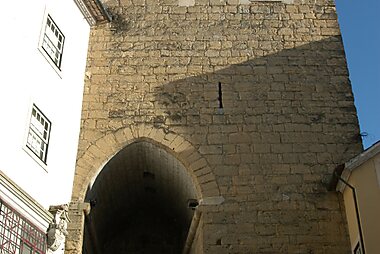
Torre de Almedina
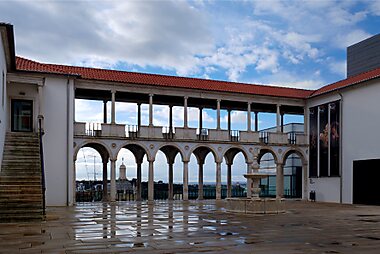
National Museum Machado de Castro
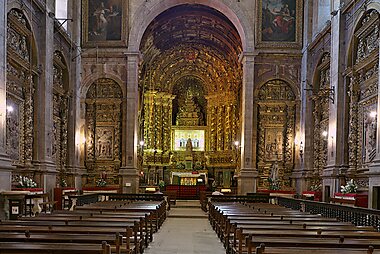
Monastery of Santa Clara-a-Nova
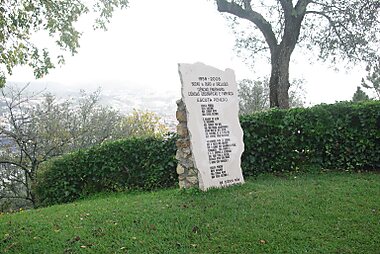
Penedo da Saudade
Sygic travel - a travel guide in your pocket.

More Tourist Maps
- Privacy Policy
- STOCK 360° TRAVEL VIDEOS
Map of Coimbra — Best attractions, restaurants, and transportation info
What’s on this map.
We’ve made the ultimate tourist map of Coimbra, Portugal for travelers! Check out Coimbra’s top things to do, attractions, restaurants, and major transportation hubs all in one interactive map.
Visiting Coimbra? See our Coimbra Trip Planner.
How to use the map
Use this interactive map to plan your trip before and while in Coimbra. Learn about each place by clicking it on the map or read more in the article below. Here’s more ways to perfect your trip using our Coimbra map:
- Explore the best restaurants, shopping, and things to do in Coimbra by categories
- Get directions in Google Maps to each place
- Export all places to save to your Google Maps
- Plan your travels by turning on metro and bus lines
- Create a Wanderlog trip plan (link to create a trip plan for the city) that keep all the places on the map in your phone
- Print a physical map to bring it on your trip

Top 20 attractions in Coimbra
University of coimbra, national museum machado de castro.
Navigate forward to interact with the calendar and select a date. Press the question mark key to get the keyboard shortcuts for changing dates.
Navigate backward to interact with the calendar and select a date. Press the question mark key to get the keyboard shortcuts for changing dates.

Sé Velha - Coimbra
Fado ao centro, chapel of são miguel, tower of university of coimbra, mosteiro de santa clara-a-velha, santa cruz church, mondego's verde park, praça 8 de maio, portugal dos pequenitos, porta e torre de almedina, largo da portagem, choupal national forest, major seminary of coimbra, jardim botânico da universidade de coimbra, jardins da quinta das lágrimas, penedo da saudade - suites & hostel, monastery of santa clara-a-nova, biblioteca joanina, top 10 restaurants in coimbra, restaurante zé manel dos ossos.

Restaurante Loggia

Café Santa Cruz
Restaurante tapas nas costas, restaurante refeitro da baixa, restaurante sete, hamburgueria artesanal de coimbra - snack, restaurante fangas veg, transportation in coimbra, nearby airports, viseu aerodrome, base aérea 5 - monte real, highways and major roads.
- A1 - Autoestrada do Norte (Northern Highway)
- IC2 - Estrada Nacional 1 (National Road 1)
- EN111 - Estrada Nacional 111 (National Road 111)
- IC3 - Estrada Nacional 111 (National Road 111)
- IP3 - Itinerário Principal 3 (Main Route 3)
- IC6 - Itinerário Complementar 6 (Complementary Route 6)
- EN17 - Estrada Nacional 17 (National Road 17)
- IC8 - Itinerário Complementar 8 (Complementary Route 8)
- EN342 - Estrada Nacional 342 (National Road 342)
- EN236 - Estrada Nacional 236 (National Road 236)
Attractions

Popular road trips from Coimbra
What's the weather like in coimbra.
It depends on when you visit! We've compiled data from NASA on what the weather is like in Coimbra for each month of the year: see the links below for more information.
- Weather in Coimbra in January
- Weather in Coimbra in February
- Weather in Coimbra in March
- Weather in Coimbra in April
- Weather in Coimbra in May
- Weather in Coimbra in June
- Weather in Coimbra in July
- Weather in Coimbra in August
- Weather in Coimbra in September
- Weather in Coimbra in October
- Weather in Coimbra in November
- Weather in Coimbra in December
All road trips from Coimbra
- Coimbra to Lisbon drive
- Coimbra to Madrid drive
- Coimbra to Barcelona drive
- Coimbra to Paris drive
- Coimbra to Porto drive
- Coimbra to London drive
- Coimbra to Rome drive
- Coimbra to Seville drive
- Coimbra to Amsterdam drive
- Coimbra to Valencia drive
- Coimbra to Florence drive
- Coimbra to Berlin drive
- Coimbra to Granada drive
- Coimbra to Prague drive
- Coimbra to Cordoba drive
- Coimbra to Marrakech drive
- Coimbra to Milan drive
- Coimbra to Venice drive
- Coimbra to Edinburgh drive
- Coimbra to Dublin drive
- Coimbra to Budapest drive
- Coimbra to Malaga drive
- Coimbra to Vienna drive
- Coimbra to Salamanca drive
- Coimbra to Brussels drive
- Coimbra to Santiago de Compostela drive
- Coimbra to Albufeira drive
- Coimbra to Toledo drive
- Coimbra to Evora drive
Explore nearby places
- Condeixa-a-Nova
- Figueira de Lorvao
- Miranda do Corvo
- Vila Nova de Poiares
- Montemor-o-Velho
- Castanheira de Pera
- Santa Comba Dao
- Oliveira do Bairro
- Figueira da Foz
All related maps of Coimbra
- Map of Condeixa-a-Nova
- Map of Anca
- Map of Lorvao
- Map of Figueira de Lorvao
- Map of Miranda do Corvo
- Map of Penacova
- Map of Vila Nova de Poiares
- Map of Lousa
- Map of Penela
- Map of Mealhada
- Map of Montemor-o-Velho
- Map of Cantanhede
- Map of Luso
- Map of Serpins
- Map of Bussaco
- Map of Curia
- Map of Poutena
- Map of Anadia
- Map of Mortagua
- Map of Tocha
- Map of Gois
- Map of Castanheira de Pera
- Map of Sangalhos
- Map of Arganil
- Map of Santa Comba Dao
- Map of Troviscal
- Map of Pombal
- Map of Oliveira do Bairro
- Map of Mira
- Map of Figueira da Foz
Coimbra throughout the year
- Coimbra in January
- Coimbra in February
- Coimbra in March
- Coimbra in April
- Coimbra in May
- Coimbra in June
- Coimbra in July
- Coimbra in August
- Coimbra in September
- Coimbra in October
- Coimbra in November
- Coimbra in December
Looking for day-by-day itineraries in Coimbra?
Get inspired for your trip to Coimbra with our curated itineraries that are jam-packed with popular attractions everyday! Check them out here:
- 1-Day Coimbra Itinerary
- 2-Day Coimbra Itinerary
- 3-Day Coimbra Itinerary
- 4-Day Coimbra Itinerary
- 5-Day Coimbra Itinerary

- Itinerary + map in one view
- Live collaboration
- Auto-import hotels and reservations
- Optimize your route
- Offline access on mobile
- See time and distance between all your places

19 Top Tourist Attractions in Coimbra & Easy Day Trips
Written by Paul Bernhardt Updated Dec 28, 2023 We may earn a commission from affiliate links ( )
Lying halfway between Lisbon and Oporto in the Beiras region of central Portugal, venerable Coimbra nestles on the banks of the River Mondego in dignified glory. Famed for its university - the oldest in the country - and a fantastic collection of handsome churches, serene monasteries, and lively cultural institutions, Coimbra is also a busy commercial hub with its many shops, boutiques, and appetizing choice of cafés and restaurants.
The city center is divided into two neighborhoods: the Lower Town and the Upper Town . Its historic heart lies high above the Mondego on Alcaçova hill, known to the Romans as Aeminium. Here, medieval convents, cathedrals, and some fine museums cluster around the old university.
Kings were born in Coimbra; they are entombed here, too. Indeed, it was once the proud capital of the Portuguese nation. This royal heritage permeates the city's steep hills, narrow lanes, and verdant parks, all of which are best explored on foot. And exploration further afield is rewarded with the largest and most compelling Roman site in Portugal, and an emerald-hued forest of enchanting allure and breathtaking beauty.
For more ideas on places to visit, see our list of the top attractions and things to do in Coimbra.
See also: Where to Stay in Coimbra
1. Velha Universidade de Coimbra (Old University)
2. igreja de santa cruz, 3. sé velha (old cathedral), 4. sé nova (new cathedral), 5. mondego river cruise, 6. museu nacional machado de castro (machado de castro national museum), 7. mosteiro de santa clara-a-velha, 8. mosteiro de santa clara-a-nova, 9. arco de almedina, 10. jardim botánico (botanical garden), 11. portugal dos pequenitos, 12. jardims da quinta das lágrimas, 13. praça do comércio, day trips from coimbra, 14. conímbriga, 15. mata nacional do buçaco, where to stay in coimbra for sightseeing, map of tourist attractions in coimbra & easy day trips, more delightful destinations near coimbra, frequently asked questions, what is the best way to travel from lisbon to coimbra, how do you get from porto to coimbra, which is the closest airport to coimbra.
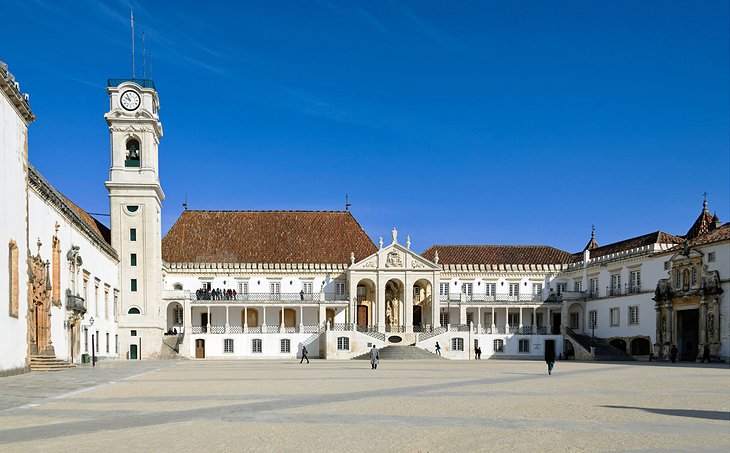
The University of Coimbra is one of the oldest universities in Europe. Interestingly, it was originally founded in Lisbon in 1290 by King Dinis, but was transferred to Coimbra in 1537 and located in what used to be a medieval palace. Partly rebuilt in the 17th and 18th centuries in Baroque and neoclassical styles, this is the Old University where some of the most celebrated tourist attractions in Coimbra can be found.
The stunning eye-opener that is the Biblioteca Joanina is reason enough to visit this venerable institution. The 18th-century library, named after its benefactor, João V, is a sumptuous feast of gilt and exotic wood and trompe-l'oeil decoration. The lacquered bookcases are lined with nearly 300,000 medieval books and manuscripts from all parts of Portugal.
Another scene-stealer is the Capela de São Miguel . Architectural elements of this beautiful chapel date from 1517, but most of what you see today is 17th and 18th century, including the fine azulejos (tiles) that embellish the walls of the nave and chancel. The Mannerist altarpiece dates from 1605.
The chapel's showpiece is an extraordinary Baroque organ lavished with gilded angels. Outside, a sweeping courtyard provides edifying views across the city; the bell tower is a cherished symbol of the university.
With so much history to absorb, and a wealth of other sites within the campus to explore, joining a private guided tour of the university is the most rewarding way of learning more about this outstanding educational facility.
Address: Paço das Escolas, Coimbra
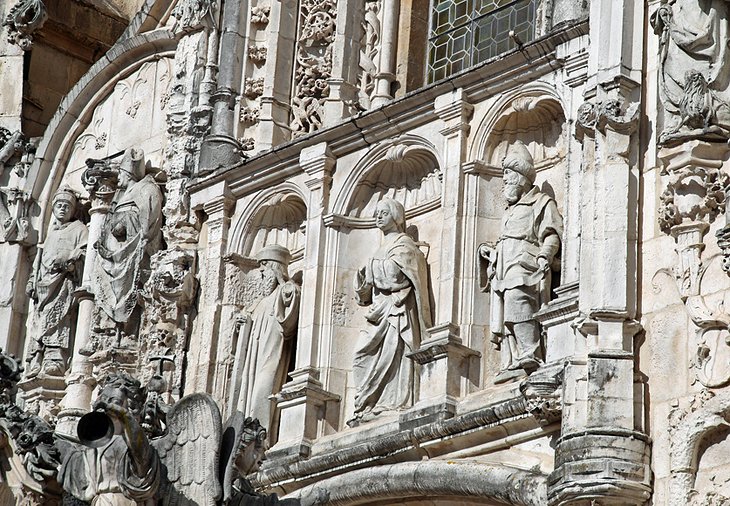
Afonso Henriques and Sancho I, the first two kings of Portugal, are entombed in Santa Cruz church, which forms part of a monastery founded in 1131 by the canons of St. Augustine.
The Romanesque church is noted for its Manueline façade attributed to Diogo Boitac, who was also responsible for designing the chapterhouse. In fact, Santa Cruz's form has been chiseled out by some of the 16th century's finest sculptors, noted exponents like Nicolau Chanterène and Jean de Rouen, whose carvings ornament the church's Portal da Majestade .
The extravagantly traced royal tombs are also said to be Chanterène's handiwork. A sightseeing highlight is the serene Claustro do Silêncio , a double-tiered Manueline cloister featuring outstanding bas-reliefs in the southwest and northeast corners depicting Christ's Passion. An elaborate Renaissance fountain provides a centerpiece water feature.
Address: Praça 8 de Maio, Coimbra
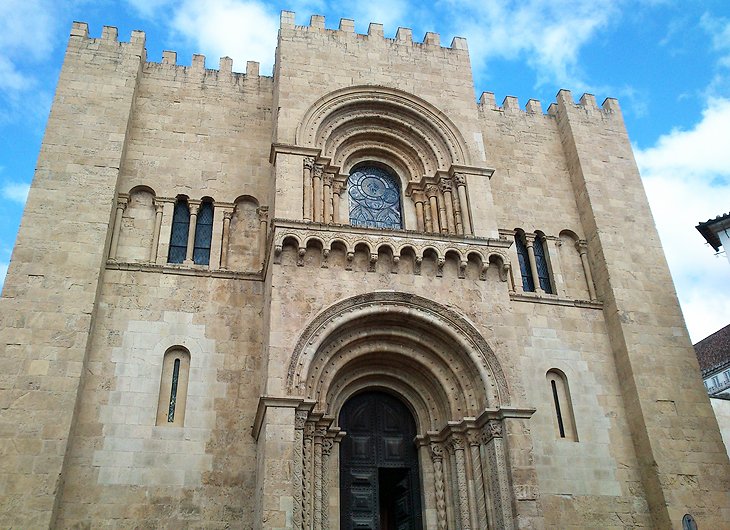
The Old Cathedral is more akin to a fort such is its solid, almost oppressive appearance - all crenelated walls, narrow window-slits, and heavy-set veneer. In fact, this is one of the finest examples of Romanesque architecture in Portugal. Consecrated in 1184, King Sancho I was crowned here shortly afterwards when Coimbra was the nation's capital.
There are flourishes of extravagance relieving the somber effect of the exterior: the elegant Renaissance Porta Especiosa on the north side of the church is the most obvious example. Otherwise, tourists need to venture inside to appreciate more ostentatious design signatures such as the gilded, late Gothic high altar, which dates from 1498.
The fancy retable, which depicts the birth of Christ and the Assumption, is the work of Flemish master wood-carvers, Olivier de Gand and Jean d'Ypres. Incidentally, the square in front of the Old Cathedral is where João I was proclaimed king in 1385.
Address: Largo da Se Velha, Coimbra
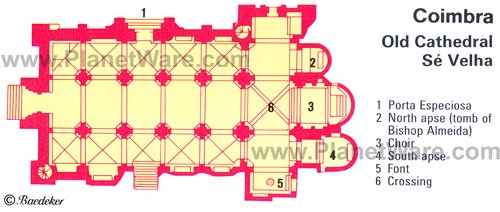
The fussy tapered façade of the New Cathedral contrasts starkly with its older, more conservative namesake. But it can hardly be described as contemporary; this church was founded by the Jesuits in 1598 and consecrated in 1640.
The exuberance of the exterior is equaled by the opulence of the interior - the high altar of gold filigree standing majestically in the 17th-century chancel is a standout feature, the pair of 18th-century organs positioned either side lending form and function. Actually, there is a bit of the old in the new: the octagonal font and the choir stalls once belonged in the Sé Velha.
Address: Largo de Sé Nova, Coimbra
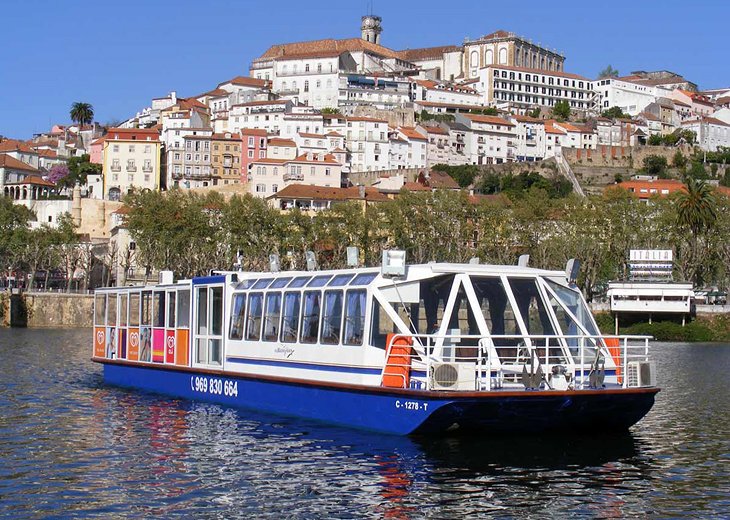
A cruise on the Rio Mondego is one of the most relaxing things to do when sightseeing in Coimbra. The city's venerable patina is clearly visible from the river, and drifting lazily along this ancient watercourse affords visitors an appealing and wholly different perspective on this beguiling destination.
A novel option is to combine a cruise with a tour of Coimbra by tuk-tuk. These motorized, three-wheeler cabs scooter through the city's streets and lanes with alarming ease to access places a conventional vehicle just wouldn't manage. Another more romantic idea is to look out for evening cruises that offer passengers dinner onboard accompanied by performances of fado , which in Coimbra is sung in a more light-hearted manner.
Location: Cais do Parque Dr Manuel Braga, Coimbra
Official site: http://www.odabarca.com/en
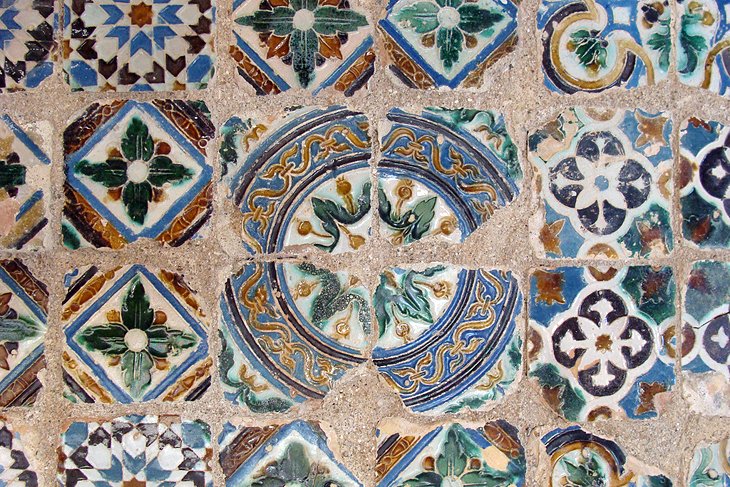
Reopened to the public after undergoing an extensive redesign by respected architect, Gonçalo Byrne, the Machado de Castro National Museum (MNMC) - named after the famous Portuguese sculptor, Joaquim Machado de Castro (1731-1822) - is one of Portugal's foremost cultural institutions. The new space boasts five floors, offering three times more exhibition space than in its previous incarnation.
The permanent displays of Roman archaeology, which include a remarkable cryptoporticus, 12th to 18th-century southern European sacred metalwork, 14th to 18th-century jewelry, and one of the finest collections of medieval statuary in Portugal that spans the 10th to the 18th century, are supplemented by rare and valuable paintings, drawings, textiles, furniture, and ceramics.
And if that isn't enough to take in, MNMC also possesses other important collections of early books and manuscripts, as well as glassware and artifacts from the Far East.
A worthwhile diversion away from this magical hoard is the double loggia in the courtyard that affords inspiring views over the town.
Address: Largo Dr Jose Rodrigues, Coimbra
Official site: http://www.museumachadocastro.pt
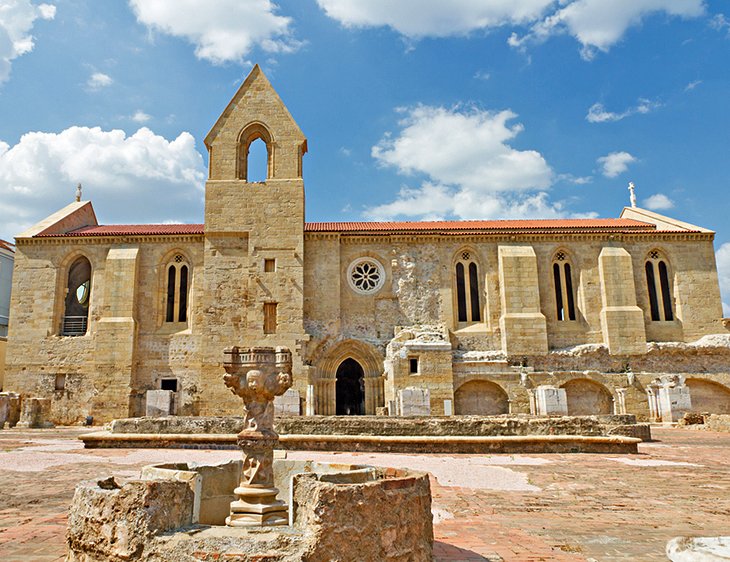
The evocative, partly sunken ruins of the Convent of Santa Clara-a-Velha are all that remain of the 13th-century monastery. Built on the south bank of the River Mondego, the building served as a retreat for Santa Isabel, the widow of King Dinis.
Isabel oversaw the construction of a new church where she was interred after her death in 1336. However, the death knell was also sounding for Santa Clara itself after consistent flooding undermined the convent's foundations. The building was eventually abandoned in 1677, the sisters opting for a new building on higher ground. In 1696, the remains of Isabel herself were moved to this new address, the Convent of Santa Clara-a-Nova .
Velha's original Gothic church was eventually restored and shares the site with a modern interpretation center, where visitors can learn more about the fascinating history behind the convent and mull over archaeological finds unearthed from the silted ruins.
Address: Rua das Parreiras-Santa Clara, Coimbra
Official site: http://santaclaraavelha.drcc.pt
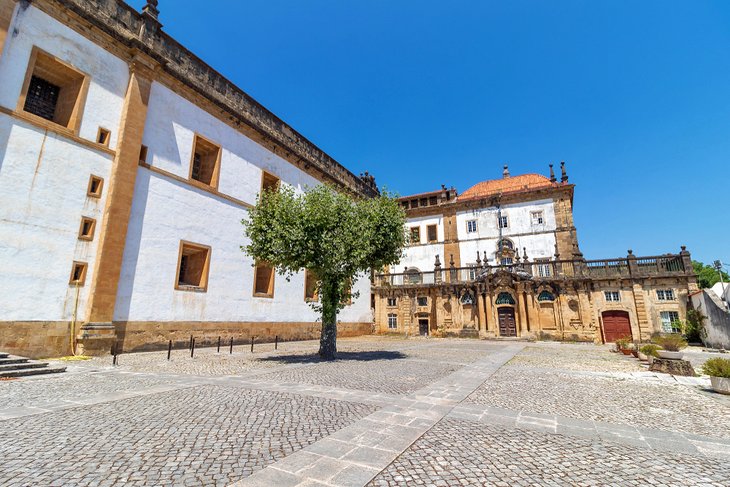
The Convent of Santa Clara-a-Nova, built between 1649 and 1677, replaced the earlier monastery, which succumbed to flood water and had to be abandoned. The new convent, built on drier land at Monte da Esperança, on the same side of the river, is now part of a military barracks, but it's still possible to visit the 17th-century silver shrine of Santa Isabel inside the Baroque church. The saint's original stone sarcophagus lies empty in the lower choir.
Worth noting are the sizable cloisters, laid out in 1733 by Carlos Mardel. Besides a small military museum, the rest of the rooms are off limits to the general public.
Address: Igreja da Rainha Santa Isabel-Alto de Santa Clara, Coimbra
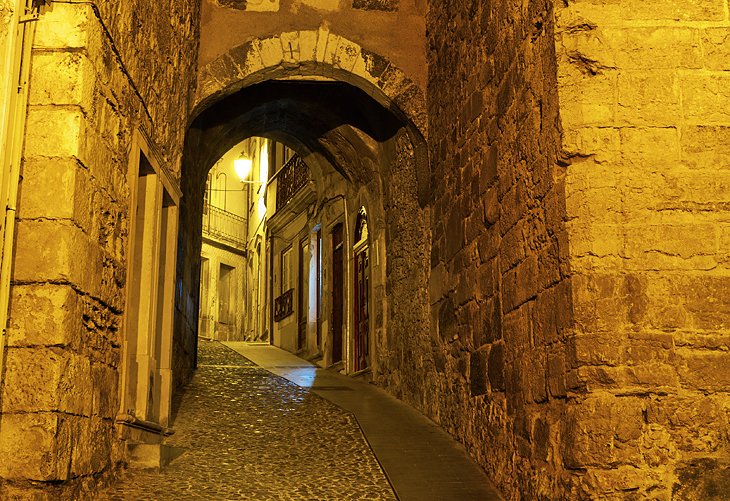
Part of the original gateway to the old city, the Almedina Arch is a relic of Coimbra's Moorish town walls (in Arabic medina means town). The oldest part of the structure dates from around the 9th century and originally consisted of a pair of turrets linked by an arch. It was greatly altered and restored in the 12th century to include the Torre de Anto, built above the arch replete with Renaissance windows.
Today, the tower houses the Centre of the Walled City interpretation center, which recounts the history of the defensive walls that once surrounded Coimbra. An annex provides space for temporary exhibitions and talks on related themes.
Address: Patio do Castilho, Coimbra
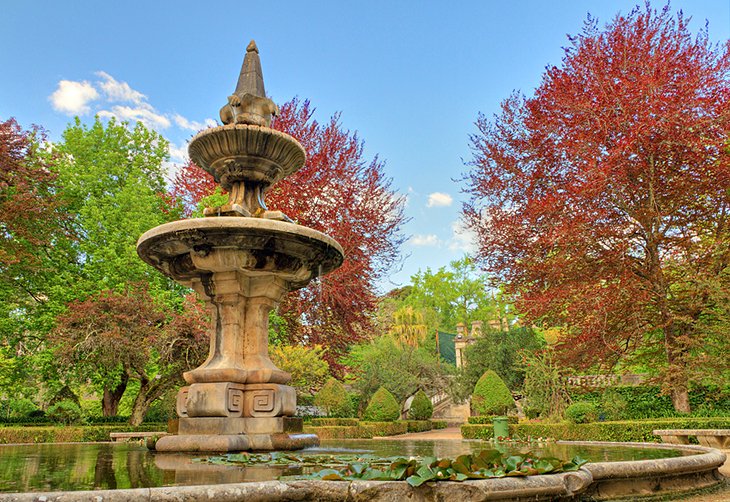
The city's botanical gardens are the most expansive in Portugal. Integrated into the University of Coimbra's faculty of natural history, they were created by the Marquês de Pombal during the reform of the university in 1773. Landscaped on valley terraces near the river, the entrance to the verdant 20-hectare estate lies under the shadow of the 16th-century aqueduct of São Sebastião .
The exuberant and exotic collection of flora numbers some 1,200 plants and trees from around the world. Several greenhouses, one dating from 1856, are used for cultivating subtropical plant and flower species. The gardens feature several ponds and a central fountain and, hidden among dense vegetation, the tiny 19th-century Capela de São Bento .
Address: Calçada Martim de Freitas, Coimbra
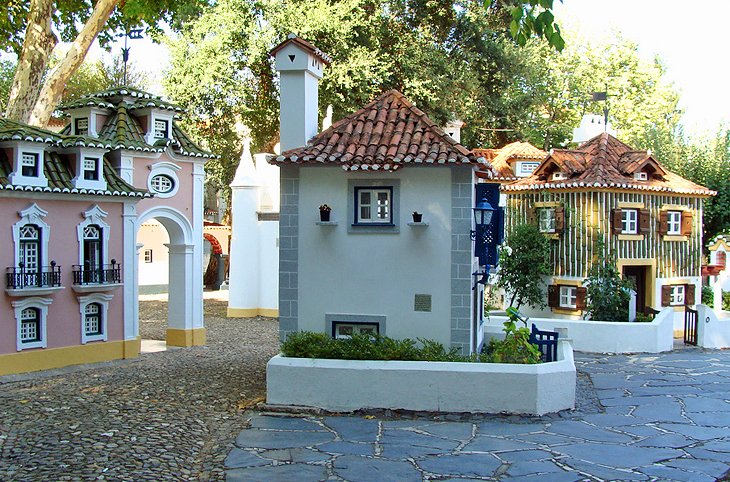
Grown-ups are welcome at this imaginative theme park, the name of which translates as "the little ones of Portugal." That's because everything here is a world in miniature, a thoroughly amusing exhibition of scaled-down versions of Portugal's most cherished national monuments, finest buildings, and traditional villages.
Coimbra is represented by its old university. There are also buildings from former colonies (the park was established in 1940).
A learning-through-play park basically intended for children, adults will also have fun exploring this Lilliputian landscape. Within the grounds are three museums specializing in furniture, traditional costume, and naval artifacts.
Address: Rossio de Santa Clara, Coimbra
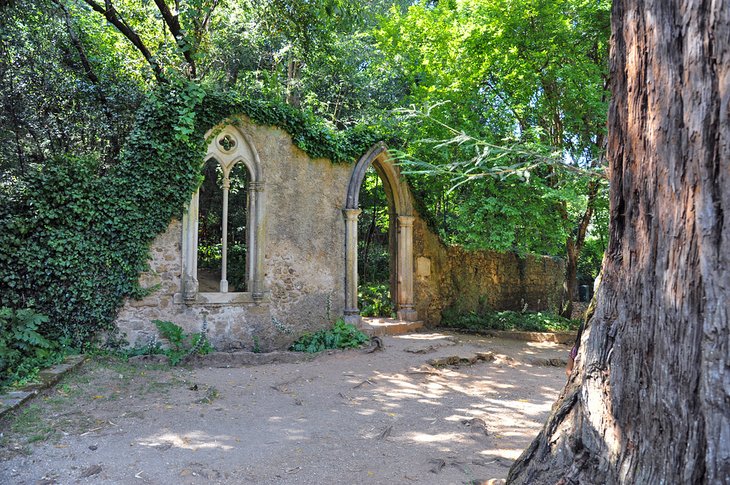
Portugal's own tragic version of Romeo and Juliet was played out in the Quinta das Lágrimas gardens (in Portuguese lágrimas means tears) where lady-in-waiting Inês de Castro, the mistress of King Pedro I, was murdered in 1355 on the orders of Afonso IV. The deed was said to have taken place in the gardens of a villa near a fountain - the Fonte dos Amores.
The villa is now an upscale hotel, but the grounds, planted with ancient trees and landscaped with ponds and watercourses, are open to the public.
Address: Hotel Quinta das Lágrimas, Rua António Augusto Gonçalves, Coimbra
Official site: https://www.quintadaslagrimas.pt
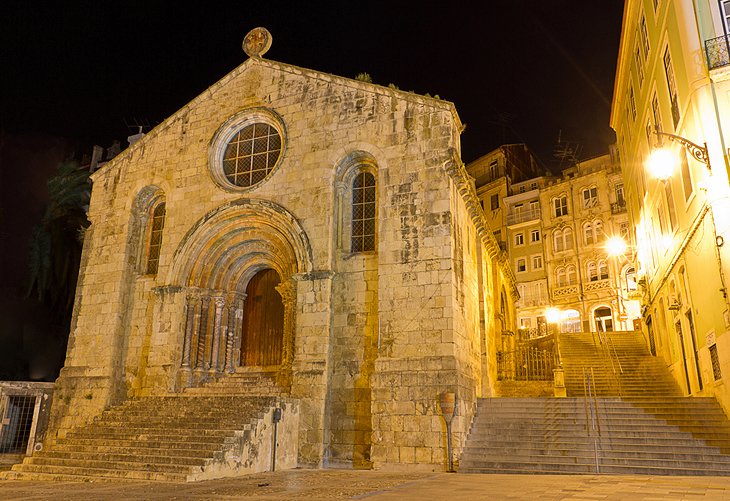
Coimbra's busy main square is the city's commercial hub. Lined with shops, boutiques, cafés, and restaurants, it's also a popular tourist attraction in its own right.
In one corner stands the church of Sao Tiago . Consecrated in the 12th century, its façade has been heavily restored, but inside, an altarpiece dripping with dazzling gilded wood greets admiring sightseers. The outside of the building is particularly alluring at night when it's illuminated.
Just off nearby Rua Ferreira Borges are the aforementioned Arco de Alemedina and Torre de Anto .
Address: Igreja de São Tiago, Praça do Comércio, Coimbra
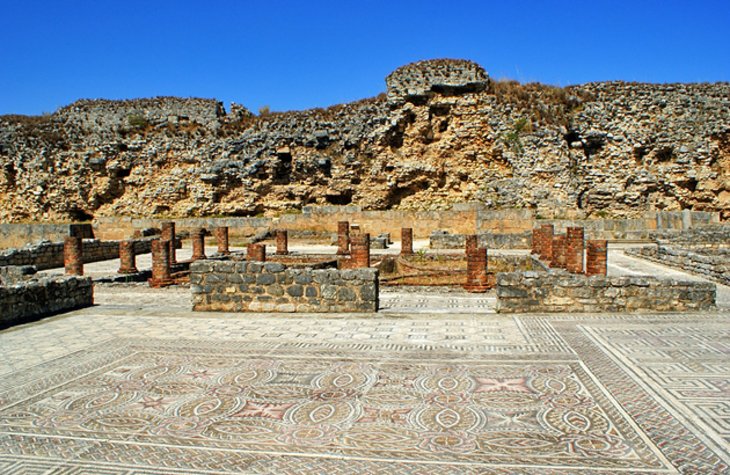
Things to do outside Coimbra include exploring the sprawling and wonderfully evocative Roman ruins at Conímbriga. Located 15 kilometers southwest of the city, this archaeological treasure dates from the 2nd century BC and is the most extensively excavated Roman site in Portugal.
It was clearly once a substantial town: The foundations of many houses; an elaborate system of baths; a forum replete with market place, shop entrances, and a nearby temple; plus an aqueduct have been uncovered. Excavations have also unearthed a number of exquisite floor mosaics, some astonishingly intact and covered to protect them from the elements.
The finest and most luxurious buildings date from the latter days of the Roman Empire, from the 2nd and 3rd centuries AD. These include the Casa das Fontes , a huge villa complex built around beautiful colonnaded gardens and a series of fountains. Similarly, the grounds of Casa de Cantaber are embellished with ornamental pools. Both are noted for their remarkable mosaic floors.
After pondering this ancient urban wonder, visitors can browse the excellent Museu Monográfico de Conímbriga . The museum explains the history of the site and displays a wealth of artifacts discovered on-site and presented thematically.
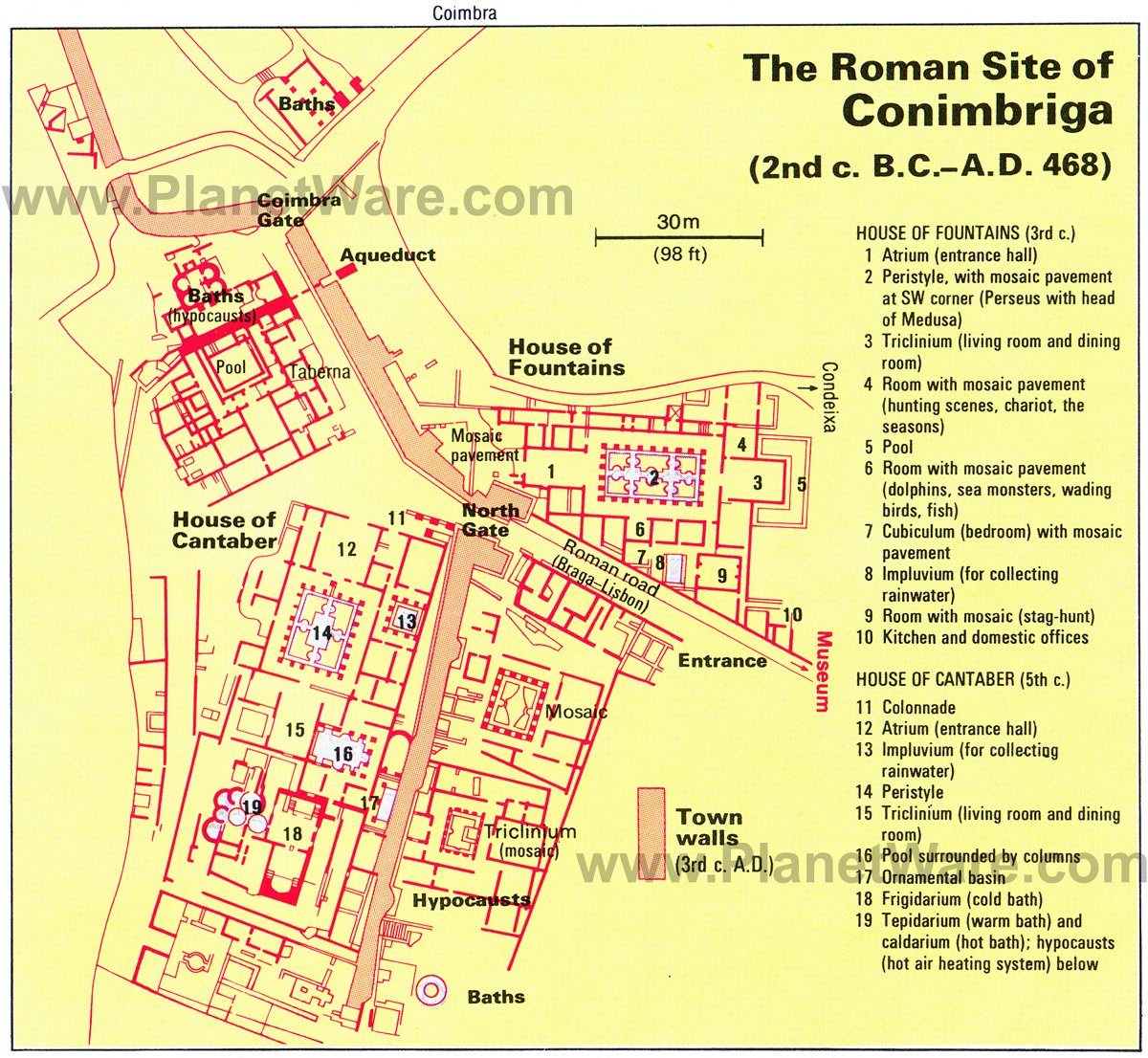
The Buçaco National Forest, which lies 25 kilometers northeast of Coimbra on the northern slopes of the Serra do Buçaco , is virtually unrivaled in its scenic beauty and richness of vegetation and definitely worth a diversion. It's a magical and mysterious destination, and an ideal excursion for tourists based in Coimbra.
At 105 hectares, the forest is generous in its geography, and while it's possible to drive through, this is an environment worth exploring on foot. A network of walks crisscross the park leading to secret vales, cascading springs, hermits' grottoes, and historic monuments. Along the way, visitors can admire some 700 native and exotic species of trees, including venerable cedars, ancient ginkgos, and swaying palms.
Buçaco was originally a monastic retreat, and a cork-lined Carmelite monastery dating from 1628, as well as several moss-covered chapels are hidden away in the undergrowth here.
In 1810, the park echoed with gunfire as British and Portuguese troops, led by Wellington, routed French forces in a decisive battle along a ridge high above the forest, marked today by a lofty victory obelisk.
At the park's center is the remarkable Bussaco Palace Hotel , an early 20th-century former hunting lodge commissioned by King Carlos I. The Neo-Manueline folly, designed by Italian architect Luigi Manini, is noted for its sumptuous tiled interior. The luxury property is now one of Portugal's great hotels.
Location: Buçaco National Forest
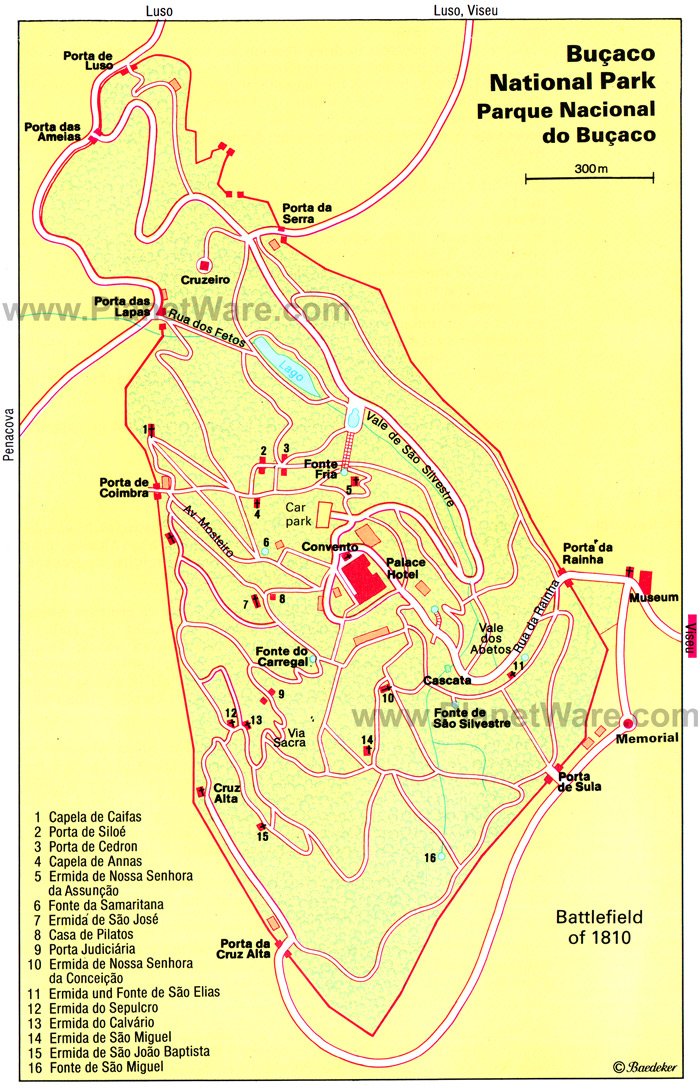
About 40 minutes northwest of Coimbra, the old port and fishing town of Aveiro lies on the east side of the Ria de Aveiro, a fish-filled lagoon. As well as being an attractive town, Aveiro boasts beautiful beaches and fine alluvial countryside along the lagoon's winding waterways.
Aveiro is often compared with Amsterdam or Venice, despite having only three canals, and a trip on the traditional boats, called barcos moliceiros, shows Aveiro at its most appealing. Along the way, visitors can see some magnificent Art Nouveau buildings and house fronts decorated with azulejos.
Top tourist attractions in Aveiro include the Catedral de Sao Domingos , presented to the Dominicans by the Infante Dom Pedro and consecrated in 1464.
Opposite the cathedral, the former Dominican convent, Convento de Jesús, houses the Museu de Aveiro . This impressive museum displays an excellent collection of Portuguese Baroque art, as well as sculpture, archaeological exhibits, and pictures of the 15th to 18th centuries. In the vestibule of the church is the Baroque tomb of St. Joana (1699-1711, by Joao Antunes).
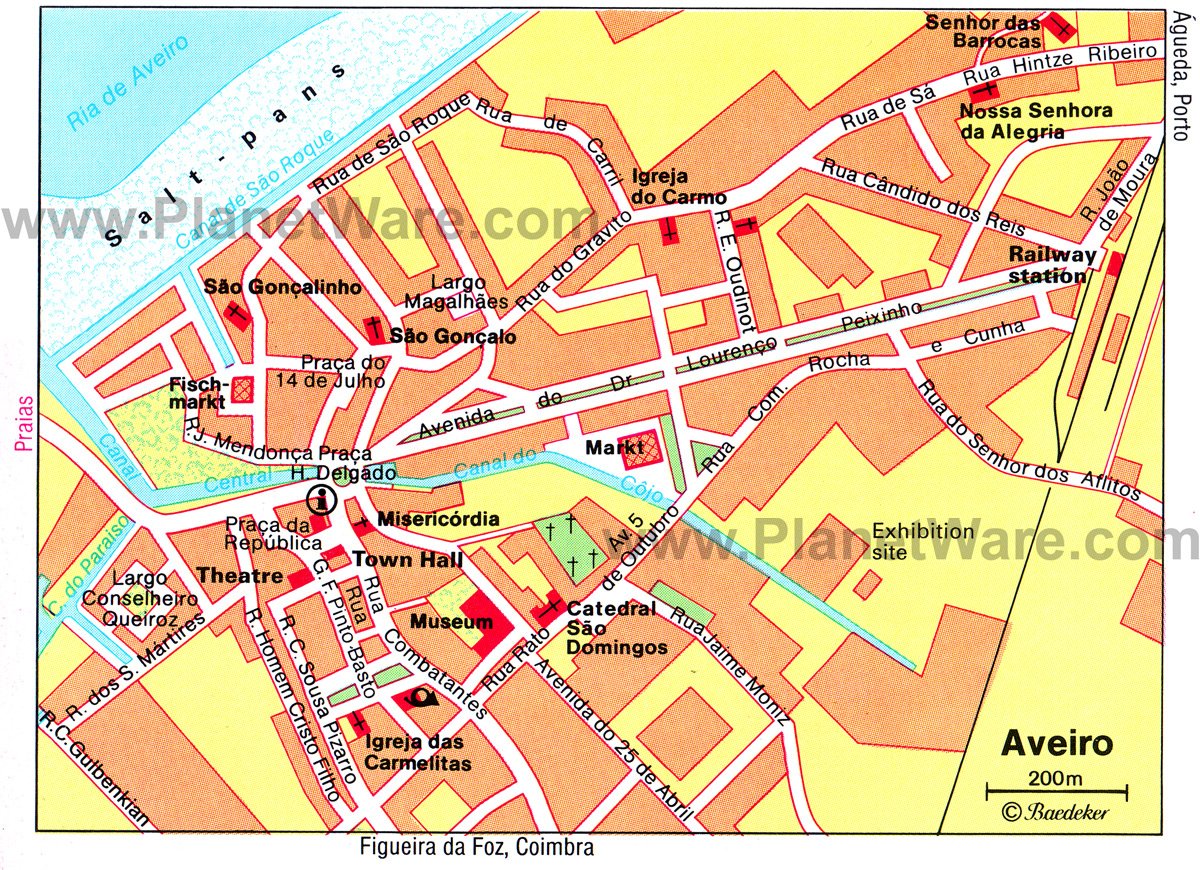
About 110 kilometers from Coimbra, the picturesque little fishing town of Nazaré lures large numbers of visitors thanks to its pleasant beach, colorful Phoenician-style fishing boats, and quaint local customs. It is now one of the most popular seaside towns on this part of Portugal's Atlantic coast, the Costa de Prata.
For tourists, Nazaré's charm lies in the feel of being in a little town imbued with tradition. The people of Nazaré still wear their traditional costumes for special occasions and folk dancing, and although the building of the harbor has shifted most of the fishing activity to the southern part of town, tourists still share the sizable beach with fishermen drying their catch on wire racks.
For beautiful views over the town, climb 100 meters in a funicular to Sitio , on the small promontory of Monte Sítio. You can also access the viewpoint by car or by walking up the steps of the Ladeira de Sítio .
Another tourist attraction is the Capela da Memória , founded by a local dignitary Dom Fuas Roupinho, who was reputedly saved from tumbling over the cliff here by the Virgin Mary. Near the chapel, look for the pillar, which commemorates Vasco da Gama's visit here after his voyage to India.
Opposite the Capela da Memória, the 17th-century pilgrimage chapel of Nossa Senhora de Nazaré contains an image of the Virgin, which is revered as miraculous. The annual pilgrimages here on August 15 and in the second week of September attract visitors from near and far.
More recently, Nazaré has become the focus of big wave surfing . The awesome winter swells crashing onto the sand at Praia do Norte produce some of the biggest rollers ever seen - and ridden! In 2011, American surfer Garrett McNamara rode into the record books by surfing a 24-meter swell, the largest ever officially recorded. Two years later he caught another massive wave with a possible height of 30 meters.
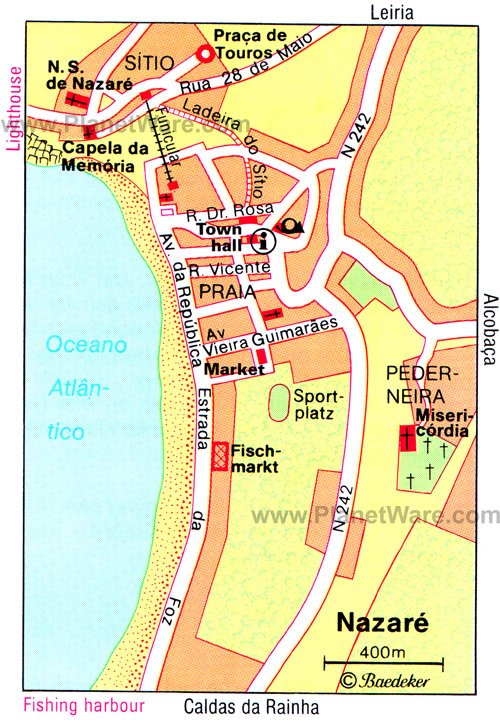
Porto is 123 kilometers northwest of Coimbra, making Portugal's second city a viable day trip option for anyone seeking an introduction to this handsome and prosperous destination.
Big, brash, and industrious, Porto wields considerable cultural clout, not least for its medieval downtown area, much of it a designated UNESCO World Heritage Site, which includes the scenic Ribeira riverside quarter. From here, most of Porto's historic monuments and attractions are within easy walking distance, albeit occasionally requiring an uphill jaunt. Crowning one of the city's highest points is the Sé (cathedral), which deserves your time for its gilded interior and beautiful rose window.
Another highlight is Palácio da Bolsa, Porto's former stock exchange. The richly decorated Golden Room and equally opulent Arabian Hall number just two of the building's dazzling salons.
Don't miss walking across the landmark 19 th -century Ponte Dom Luís I to explore Vila Nova de Guia, on the southern bank of the River Douro. The quayside is lined with plenty of restaurants and is an ideal place for a spot of lunch. Later you can explore the port lodges, or ride the Gaia cable car for a bird's-eye view of the river and the maze of narrow lanes below.
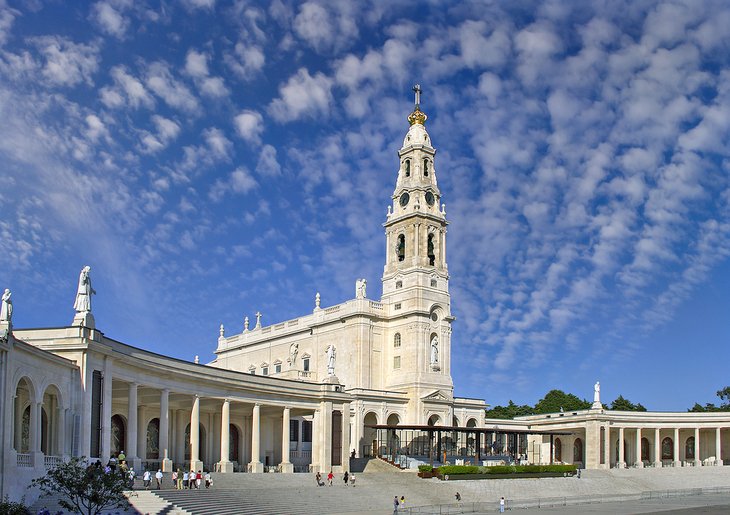
About an hour's drive south of Coimbra is Fátima. This once nondescript farming village changed forever on May 13, 1917, when three young children claimed to have witnessed an apparition of the Virgin Mary. Further sightings occurred until October, by which time the entire Catholic world was transfixed with the heavenly visions.
Today, the heart of the town is the impressive Sanctuary of Our Lady of Fátima, a devotional shrine and focus of two major annual pilgrimages in May and October, when devotees from all over the world descend on the holy site in a moving display of mass vigil and collective worship.
Around five million people visit the shrine annually. Of course if you prefer to admire the site in relative solitude, avoid Fátima during the busy annual pilgrimages.
Most of Coimbra's attractions are in the relatively small old town that climbs steeply from the river to the university above. The train station is on the river, close to the center, but those arriving by car might prefer a hotel a bit farther north along the river, still an easy walk to the historic center but with easier access from the highway. These highly rated hotels in Coimbra are handy to the main attractions:
- Luxury Hotels : By the river, less than a kilometer from the center, all rooms at Vila Gale Coimbra have balconies; there's also free breakfast, an outdoor pool, and a spa. The nearby Tivoli Coimbra Hotel has large rooms, city views, and inexpensive parking. In the same area, Hotel Dona Ines has an outdoor pool and free parking, a 10-minute walk from the historic center.
- Mid-Range Hotels: On a main street right in the center, close to historic sights and restaurants, Hotel Vitória offers free breakfast. On the river bank next to the old town, the nicely decorated Hotel Oslo Coimbra has panoramic views over the old town from its terrace and breakfast room. The charming Belle Epoch Hotel Astoria is right in the center, with an elegant interior and rooms with balconies overlooking the river.
- Budget Hotels: The basic Ibis Coimbra overlooks a riverside park below the university, five minutes from the old town. A short stroll to the heart of the old town and a five-minute walk from the train station, Almedina Coimbra Hotel includes a complimentary breakfast. High in the steep, narrow streets of the upper old town (so not a good choice for those with heavy luggage), the hospitable Casa Pombal offers free breakfast on a cozy roof terrace, near the Old Cathedral and university.
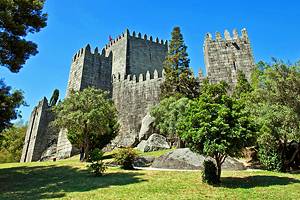
Conveniently located in Portugal's central Beiras region, Coimbra lies close to several sightseeing hot spots including Parque Natural da Serra da Estrela, a wild and untamed mountain range ripe for hiking, and one of the best places to visit in Portugal . For a better idea of where to travel within the region, take a look at the Coast and Countryside article in our Portugal itineraries page.
Venture farther southeast, and you can discover the Alto Alentejo (Upper Alentejo) and all the history and culture this area of Portugal has to offer. Actually, this is where you'll also stumble upon some wonderfully evocative castles , many in a remarkably good state of preservation considering their age.
Coimbra is 200 kilometers north of Lisbon. The quickest way to get from the Portuguese capital to Coimbra is by train on the Lisbon-Porto line. CP trains operate the express Alfa Pendular train out of Santa Apolónia station, which will get you to Coimbra in an hour and a half. Alight at Coimbra B station.
The slower and cheaper Intercity train, also out of Santa Apolónia, takes two hours - about the same time as a car journey on the tolled A1 motorway. If driving, look out for the Coimbra Sul exit.
From Porto, it's a 130-kilometer journey south. The high-speed Alfa Pendular out of Porto's Main Campanhã station calls at Coimbra B in just under an hour; Intercity trains, in about 70 minutes. By car, it's a 90-minute drive along the A1; take the Coimbra Norte exit.
If traveling on a budget and time is on your side, consider using a bus or coach to reach Coimbra from either Porto or Lisbon.
Porto's Sá Carneiro International Airport located in Maia, about 10 kilometers north of the city center, is the closest flight hub to Coimbra. It's served by metro and bus.
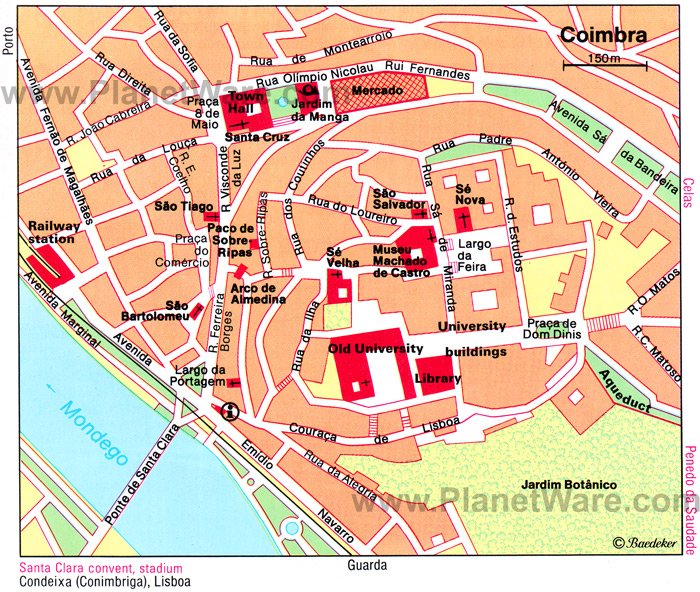
More on Portugal
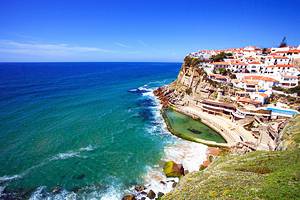
A Side of Sweet
Beautiful Food, Travel & Design
11 Things to Do in Coimbra, Portugal with Interactive Map
- Facebook 80
- Pinterest 94

Coimbra is rightfully one of the top tourist destinations in Portugal . One of the top draws is the amazing library at the University of Coimbra. It was actually one of the inspirations for the Harry Potter movies. Beyond the university, Coimbra has an amazing food scene, beautiful hotels and overall is just a nice place to relax and spend time.
Read on for what to do in Coimbra, Portugal!
Map of Things to Do in Coimbra
The historical importance of Coimbra is massive. The first five kings of Portugal were born there and their remains are interred at the Monastery of Santa Cruz. It’s also a place that’s famous for Fado. Praça do Comércio for shopping and many local restaurants.

Coimbra, Portugal Tour Guide
José Manuel Santos José was our amazing guide for our trip through the Center of Portugal region. His knowledge of the history of each place we visited was limitless. He also has a lot of access to seeing “behind-the-scenes” of things like restaurant kitchens and private tours. José knew just how to tailor our itinerary to our interests. He was patient and attentive and he’s also a great photographer!
José offers a variety of tour options for Coimbra and other cities all over Portugal. I highly recommend contacting him via the email address below and having him help you make the most of your time traveling in Portugal.
Guided Tours of Coimbra
Madomis Tours Tailor-Made Experiences https://www.madomistours.pt/ Contact: [email protected]

Joanine Library at University of Coimbra
The beauty of Joanine Library draws visitors from all over the world. The king wanted the library to serve as a “palace of knowledge” because he recognized education was the way to establish Portugal as one of the leaders of the world.
No expense was spared in making the library. It’s gilded to the hilt and all materials were hand-selected by the king. The tables in the library are absolutely massive. In fact, they were too big to fit through the doors, so they were actually carved within the library!
The library is naturally temperature controlled thanks to 3 meter thick walls. Wood arches control humidity. Bats that call the library home do pest control to prevent moths from devouring the books. They live in gaps between the bookshelves and at night the tables are covered with leather to protect them from bat guano (poop). 🙂 The bat population regulates themselves based on the amount of food available, and the last baby bats were born about 5 years ago.
The library holds 60,000 books, mainly in Latin. Included in the library’s collection is a complete copy of the Gutenberg Bible , one of the first printed books in the world. It was published in 1454! 49 copies of the book exist in the world, and only 21 are complete.

Visiting Biblioteca Joanina (Joanine Library)
It’s important to plan your visit to Bibiolteca Joanina in advance as tickets are required for entry. Each ticket has a specific 10-minute time slot. The library is then closed to visitors for 10-minutes before the next group enters. This restriction allows the precise temperature and humidity controls of the library to be maintained. It may seem strict, but it’s important to ensure that this treasure will continue to be available to visitors from all over the world.
Photos are not allowed in the University of Coimbra Biblioteca Joanina unless you arrange it in advance with the dean of the school (like we did). This allows time to reflect on the historic significance of the library really appreciate its beauty.
Part of the tour is a visit to the University’s academic prison where students were judged by their peers and thrown into jail for things like skipping class and ‘misbehavior’.
Manuscript and Rare Documents Room at University of Coimbra
The modern building of the University of Coimbra Library has a special climate-controlled room that houses the rarest manuscripts and documents. The books here are hundreds of years old and available by special request only. The books are brought to a special viewing room and the reader must use gloves to turn that pages. We did not visit (or apply to visit) that room as I suspect, “sharing on social media” isn’t a valid reason. 🙂

Biblioteca Joanina
Pátio das Escolas da Universidade de Coimbra, Portugal http://www.uc.pt/en/
More photos of Joanine Library at University of Coimbra:

Visiting University of Coimbra
Joanina Library at the University of Coimbra is the biggest draw for visitors to Coimbra, but the University of Coimbra itself holds many treasures for visitors to discover. The buildings are beautiful and historic. Visitors can enter the building above and admire the beautiful art and ornate decor.

This hall is where graduate students defend their PhDs. It must be so intimidating to follow in the footsteps of centuries of scholars. Other things to see in Coimbra include their 18th-century botanical garden, Jardim Botânico da Universidade de Coimbra and the science museum, Museu da Ciência. There’s a clock tower in the main square that is open to the public and climbing the steps to the top gives amazing views of Coimbra!
Universidade de Coimbra
3004-531 Coimbra, Portugal https://www.uc.pt/en
Jardim Botânico da Universidade de Coimbra
Calçada Martim de Freitas 3000-456 Coimbra, Portugal http://www.uc.pt/jardimbotanico
Museu da Ciência da Universidade de Coimbra
Coimbra Natural History Museum 3000-272 Coimbra, Portugal http://www.museudaciencia.org/

Rua de Quebra-Costas (Back Breaker Street)
The steep street that connects the lower part of the original walled city to the higher part is named Rua de Quebra-Costas or Back Breaker Street. It’s worth a walk up or down the hill to see some historical sites in the city like the medieval arch that links Sé Velha (Old Cathedral) and public art.

Student Repúblicas in Coimbra
Like many college towns, Coimbra has a history of youth rebellion. Many buildings around the University are home to students. Called repúblicas, they are similar to fraternities or co-ops in the United States. Unfortunately, rising rents mean many of these groups are being threatened with evictions.

Repúblicas de Coimbra
Rua São Salvador 6 3000-120 Coimbra, Portugal https://www.centerofportugal.com/article/republics-of-coimbra/
Sé Velha Old Cathedral
Built in the 1100s, Sé Velha (Old Cathedral) of Coimbra is a stunning example of Romanesque architecture. The building towers over you, but make sure you look closely to appreciate the details carved into the stone. Inside the cathedral are historic remains of nobles and religious figures.
Largo Sé Velha 3000-088 Coimbra https://www.centerofportugal.com/poi/coimbra-old-cathedral-se-velha-de-coimbra/

Where to Eat in Coimbra -Refeitro da Baixa Restaurant
One of the best meals we had in Portugal was at Refeitro da Baixa Restaurant. The food was fresh and inventive and felt very modern. It was packed with vegetables and had more vegetarian options than most restaurants we visited during our trip. The restaurant is located in an old ceramic factory, part of which is still in operation.

Refeitro da Baixa Restaurant
Quintal do Prior, 2 e 4 3000-339, Coimbra, Portugal https://www.facebook.com/refeitrodabaixa/
More photos from Refeitro da Baixa:

Pastelaria Briosa – Coimbra Bakery
Pastelaria Briosa caught our eye because of the tasty pastries and giant meringues in the window. I just couldn’t resist trying one! The meringue tasted similar to a Pavlova dessert and tasted like pure sugar. My heart started racing after just a few bites. It’s definitely mean to be split between several people and would be delightful served with a fruit sauce or cream on top.
Despite the show-stopping effect of the meringues, you would be wise to go with their popular pastéis de nata (Portuguese egg tart) or pastéis de tentúgal (Portuguese egg custard baked in crispy dough).

Pastelaria Briosa Coimbra
Largo da Portagem 3000-201 Coimbra, Portugal http://www.pastelariabriosa.com/

Quinta das Lágrimas Hotel
For the discerning traveler, a stay 5-star luxury hotel Quinta das Lágrimas is a must when visiting Coimbra. This historic boutique hotel is a Small Luxury Hotel of the World . The property, which was established in the 1300s, has been in the family of the current owners since 1730. Only the back wall that faces the garden is still standing from that time. The rest has been beautifully redone after being destroyed by a fire in 1879. The hotel has been a favorite of royalty and the who’s who of Portugal over the centuries.

We knew we were in for a treat as soon as we walked in the door. The decor is obviously very modern and chic, especially combined with the ornate characteristics of the building itself.

King’s Suite at Quinta das Lágrimas Hotel
We were incredibly lucky to stay in the historic King’s Suite during our stay at Quinta das Lágrimas. This stately room has a very striking yellow and red decor in the giant bedroom. There is also a large sitting room with a balcony.

Shop my beautiful Kim + Ono kimono .

Gardens of Quinta das Lágrimas Hotel
The gardens of Quinta das Lágrimas Hotel are incredible. There is diverse flora from all over the world. You’ll find palm trees, fig trees, bamboo, dense vegetation and in the spring there are so many flowers! Two sequoias on the grounds are around 190 years old. There is even a banyan tree.
The Legend of Pedro & Inês
The garden also has historic importance in its role in the legend of Pedro and Inês. Depending on who tells the story, it will be more or less gruesome. Some of the Portuguese like to gloss over the really horrible parts, which is understandable.
The legend of Crown Prince Dom Pedro and his lover Inês de Castro is Portugal’s Romeo & Juliet story. The story took place over 650 years ago. Pedro was heir to Portugal’s throne. The prince fell in love with Inês, a courtier and daughter of one of the most powerful men in Spain. In a twist, they were actually second cousins, and Inês was also a distant cousin of Pedro’s wife. But let’s not get bogged down in such details, this is romance!
The King of Portugal considered Inêz’s family enemies for political reasons. Pedro’s wife died during childbirth, so Pedro took this opportunity to bring his love for Ines public.
The Murder of Inês
Pedro’s father was worried about intermixing Spanish blood with Portuguese royalty, so he ordered his knights to kill Inês. Enraged, Pedro rose up against his father with his troops and started a war. Eventually, peace was achieved and when his father died, Pedro was crowned king. Finally able to seek his revenge, he captured the murderers of Inês and executed them in a horrendous manner – by ripping out their hearts. Again, romance !

In 1360, King Pedro announced he had secretly wed Ines and had two elaborate tombs erected at Monastery of Alcobaça. He had her body transferred there and was later buried with her. In another grisly turn, Pedro forced the court to pay respects to the “queen” by kissing her remains. Ummm….romance?

Fonte dos Amores – Lovers’ Fountain
When they were courting, Pedro and Ines used to secretly meet in the forest that surrounded Quintas das Lágrimas Hotel. There is a small stream on the property called the Fonte dos Amores or “Lovers’ Fountain” that led to the convent where Ines lived. Legend has it Pedro would place letters on little wooden boats that were carried by the current down to Ines and then she would know to come and meet him.

Fonte das Lágrimas – Fountain of Tears
Also on the property is the “Fonte das Lágrimas” or Fountain of Tears where the rocks are said to be stained red by Ines’ blood when she was murdered.
Quintas das Lágrimas Hotel Coimbra
Rua António Augusto Gonçalves. 3041-901 Coimbra, Portugal https://www.quintadaslagrimas.pt/en/
More photos of Quintas das Lágrimas Hotel in Coimbra:

Portugal Travel Information
Don’t forget to check out my other Portugal Travel posts!
48 Hours in Lisbon, Portugal:

Portugal Photo Spots – Aveiro & Costa Nova:

Where to Go in Portugal:

Are you traveling to Portugal? Pin this information about visiting Coimbra, Portugal for later!

Thanks so much for reading! For more Sweet in your life, you can find me on Instagram , Pinterest , and YouTube , or subscribe to receive a weekly email with new posts and musings from me.
March 24, 2022 at 5:01 pm
Great list and stunning photos! We loved Coimbra, but didn’t get to all of the lovely places you recommended.. maybe we’ll have to go back.
Share Your Thoughts Cancel reply
Notify me of replies to my comment.
Get a weekly digest of posts.


Visit Coimbra, a City of Ancient Charm and Elegance
- Share on Facebook
- Share on LinkedIn
- Email this Page
Life in Portugal , Lifestyle and culture
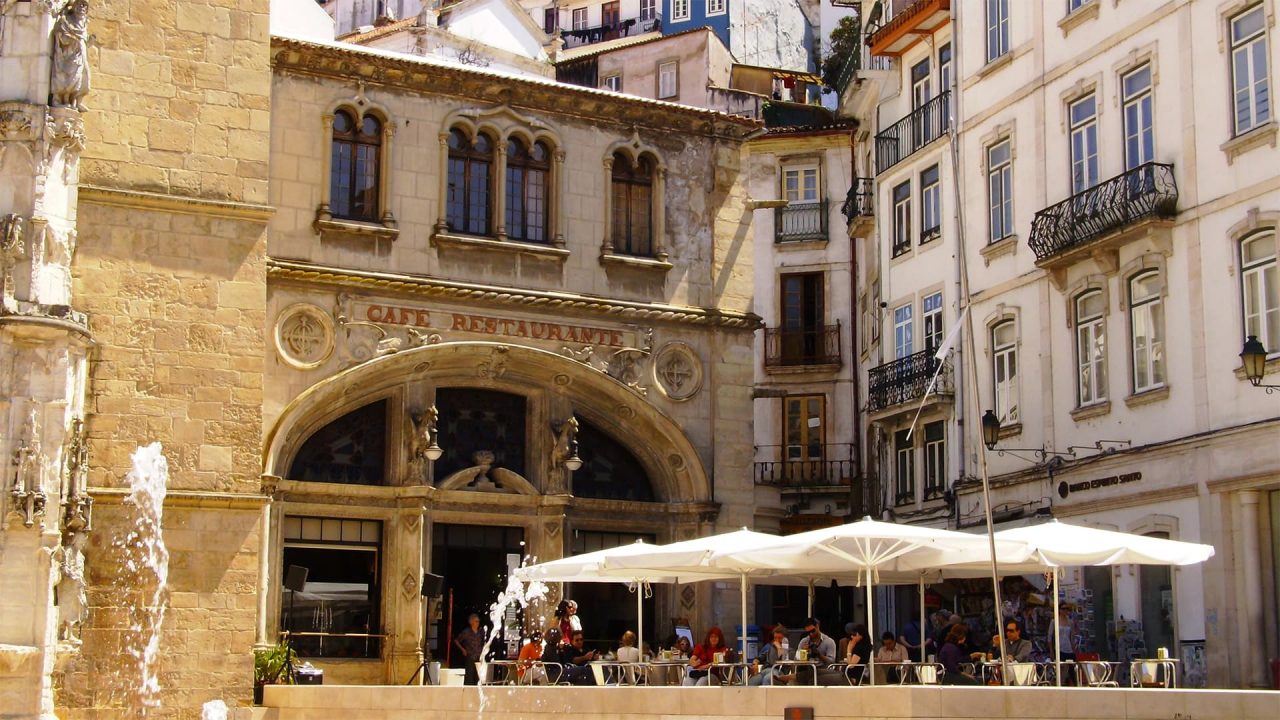
Table of Contents
- Why should I visit Coimbra?
Have you always wanted to see an ancient city and wander around it’s tiny, cobblestone streets? Come to Coimbra, a city where the rustic meets elegance. Though Coimbra lacks the contemporary attractions of both Lisbon and Porto, what makes it quite astonishing is the traditional beauty of this centuries-old city with its multi-coloured buildings that span nearly a millennium. Walking into the old town of Coimbra will take you back in time with an atmospheric scene of a preserved medieval village, humming with energy, politics and traditional music.
Coimbra is a spellbinding city of poets and Fado, where, in every corner once lived a great author. It is the land of Inês de Castro and King Pedro, the two historical figures of Portuguese history. It is rich in ancient monuments that depict each chapter of the history of architecture, from Romanesque to Gothic, Manueline and Baroque. Coimbra houses one of the oldest universities in the world and some of the best preserved Roman mosaics in Europe. If you haven’t already, and absolutely love a city with history, make sure you add this to your bucket list. Coimbra is definitely a place to visit, being Portugal’s easiest-to-enjoy-city; without the intensity of a big metropolis.
Where is Coimbra located?
Coimbra is located on the northern bank of the Mondego River between the central Portuguese districts of Aveiro and Viseu. Its main north-south railway connects Lisbon and Porto, which means that there are many fast and direct services.
Getting to Coimbra from Lisbon Airport
You can visit Coimbra by car, train or bus. But if you want to have a relaxed trip, Portugal has reliable public transport so there is no need to hire a car to travel from Lisbon Airport to Coimbra. If you want to go by train, take the Aerobus from Lisbon Airport to Oriente railway station. From there you can catch the Alfa Pendular (€22.50) which is the fastest service with a high standard of comfort and free wifi. This will take around one and a half hours, followed by Intercidades (inter-city service) (€16.50), which takes almost two hours to Coimbra-B station. By bus, you can take the Aerobus to Sete Rios bus terminal. From there, there are frequent coach services such as the Rede Expressos to Coimbra which will take you about two and a half hours (€13).
Getting to Coimbra from Porto Airport
The Francisco Sá Carneiro airport in Porto is 11 km (6.8 miles) away from the city, so the easiest and cheapest way will be to take the Metro which is connected to the airport. Follow the signs and take line E (Violeta) from the airport to Campanhã railway station. The Metro runs every 20 minutes and the trip will take 40 minutes (for around €2 per trip). Just like Oriente, there are two types of train services from Campanhã railway station. Alfa Pendular (fastest, yet most expensive) and the Intercidades. The Alfa Pendular trains run almost every hour and takes less than an hour to get to Coimbra-B. Intercidades takes slightly more than an hour but costs €11.50.
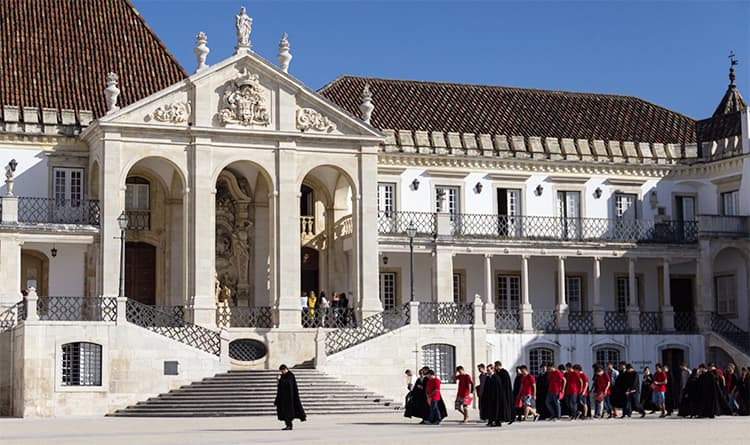
What is the weather like in Coimbra?
When you visit Coimbra, you will find that it is marvellous all year round, as every season has its advantages. August is the hottest month, with an average temperature of 23°C (73°F) and the coldest is January at 11°C (51°F). December is the wettest month with an average of 150 mm of rain. The climate is cooler than in Lisbon and, at times, warmer than Porto. Temperatures are mild with warm summers that do not reach above 30ºC (86°F) and cooler winters, where temperatures tend to be around 14ºC (57°F). It provides a climate to suit all tastes. During the hot, summer months, you can enjoy the sandy beaches of Figueira da Foz . Drive down to the coast where you can spend an afternoon by the beach in the company of the profound blue Atlantic Ocean with spectacular waves. Take a romantic walk, relax or play sports in the city’s green parks, gardens and avenues. Spring is also a wonderful time to visit Coimbra. The city is much more alive with people out on the street, making the most of the warm weather. During the cooler months you may have some rain. Coimbra’s green landscape and nearby mountain ranges are nurtured by these waters that fall mainly from November until February. Autumn is the less busiest time of the year, with copper-red leaves drying up and falling from the trees. The nights aren’t as warm as it is during summer and spring, but is still possible to dine in or take evening drinks with your family and friends.
What is the best time to visit Coimbra?
If you’re on a budget or just don’t want to spend a fortune on one trip, we recommend travelling to Coimbra during the month of September. At this time, temperatures are still warm but hotels are a lot cheaper. Expect to pay approximately €69 per night for two people. That’s 30% less per day compared to what you would pay in August. Try to avoid visiting Coimbra during peak season as you would expect to pay more for your hotel or vacation rental.
Where to stay in Coimbra
Whether you stay for one night in this charming, riverside city or for several days, there are various hotels and hostels to choose from that are well-located and great value for your money. Here are a few to try:
- Sophia Residences
- Five Senses Hostel
- Stay Hotel Coimbra Centro
- Bragança Hotel
- Ibis Coimbra
Or why not treat yourself with something a little on the higher end with these four to five-star hotels that feature on-site restaurants with sweeping city views, in-room massage and private terraces. They are often closer to the city centre which makes exploring the main sights a breeze.
- Solar Antigo Coimbra
- Sapienta Boutique Hotel
What to do in Coimbra
There are so many things that you can do in Coimbra. This beautiful city has a fascinating history that dates back to Roman times. Plenty of Coimbra sights and attractions will keep you occupied for at least a couple of days. Here are the top five places to visit during your stay in Coimbra. Joanina Library (“Biblioteca Joanina”) This library has a peculiar architecture and is regarded as one of the most beautiful and must-see places in Coimbra, due to its unique style. University of Coimbra Alta and Sofia A hilltop campus which is one of the oldest colleges in Europe and has become a popular tourist attraction with its historic architecture. Old Cathedral (“Sé Velha”) The old cathedral was built in an elegant Renaissance style. When visiting, make sure you also see its Gothic cloister from 1218. Concerts often happen on the medieval church’s steps where former students of the University of Coimbra, dressed in their black suits and long black cloaks, gather to sing Fado and serenade the city. Santa Cruz Church and Monastery (Igreja e Mosteiro) Starting with its architecture, this captivating church is definitely a must-see with its Gothic-style, numerous glaring design flaws and an organ that can only be played by four people. The ancient church is the final resting place of Portugal’s first King Afonso Henriques and his son, Sancho. Portugal dos Pequenitos If you are visiting Coimbra with your family, don’t miss the opportunity to visit this amazing theme park full of mini-sized buildings representing Portuguese colonies. You will enter a world of beauty and history that has stood for over 75 years. Visiting this park should be on your to-do list especially if you have kids. They will love it!
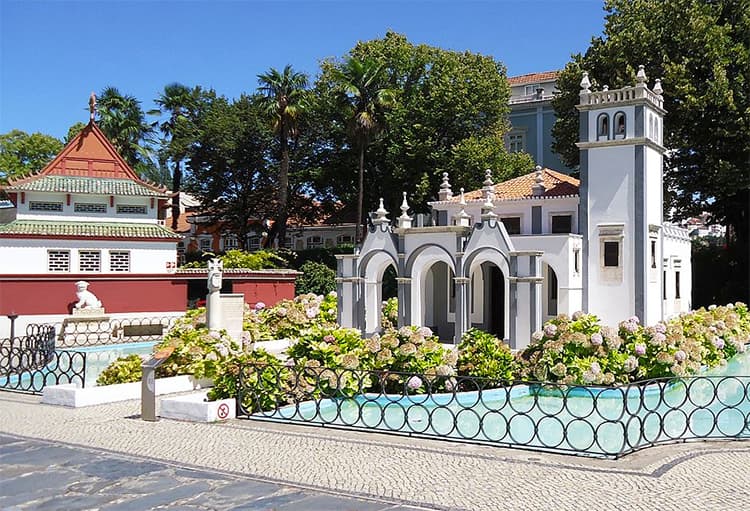
If you feel like taking a tour, there are some great deals on Get Your Guide including wine and food tours , day tours and walking tours.
What to buy in Coimbra
During your time in Coimbra, you will find a lot of souvenirs that will catch your eye when it comes down to shopping. The narrow streets are full of little shops selling locally made arts and craft works for all tastes, especially in the area around the Old Cathedral. There are several markets that are well worth a visit and malls of various sizes offering high street names, eateries and leisure facilities. There are also several book shops, the largest of which is Livraria Bertrand, which has a good-sized collection including some foreign language titles. You will also find a collection of postcards to send to your loved ones back home. Coimbra has plenty of cafés and restaurants to drop in and have a drink or two while soaking up the atmosphere of this delightful, ancient city.
How much does it cost to travel to Coimbra?
It all depends on your budget and the amount of people you travel with. For the most part, Coimbra is an incredibly affordable destination. Food, accommodation, wine are all reasonably priced. You can make it really cheap, especially when compared to other European countries. As long as you’re not splurging on a ton of booze or dining at overpriced touristic restaurants, you’ll find it easy to save money while still enjoying yourself.
How much money will I need in Coimbra?
We worked out that the average daily price to visit Coimbra is roughly around €82. Food for two in one day is around €38. A hotel room for two will cost around €69 per night. And any additional costs for activities such as tours will cost an extra €60 to €80 per couple. These are the average travel prices that have been collected from other tourists to help you plan your own travel budget. So treat yourself these holidays, as this charming historical city awaits you. Did we convince you to visit Coimbra? Do you have any experiences to share? Feel free to leave a comment below. We publish new content every day so be sure to subscribe to our newsletter to get notified of the latest tips for your visit or move to Portugal.
Related Posts
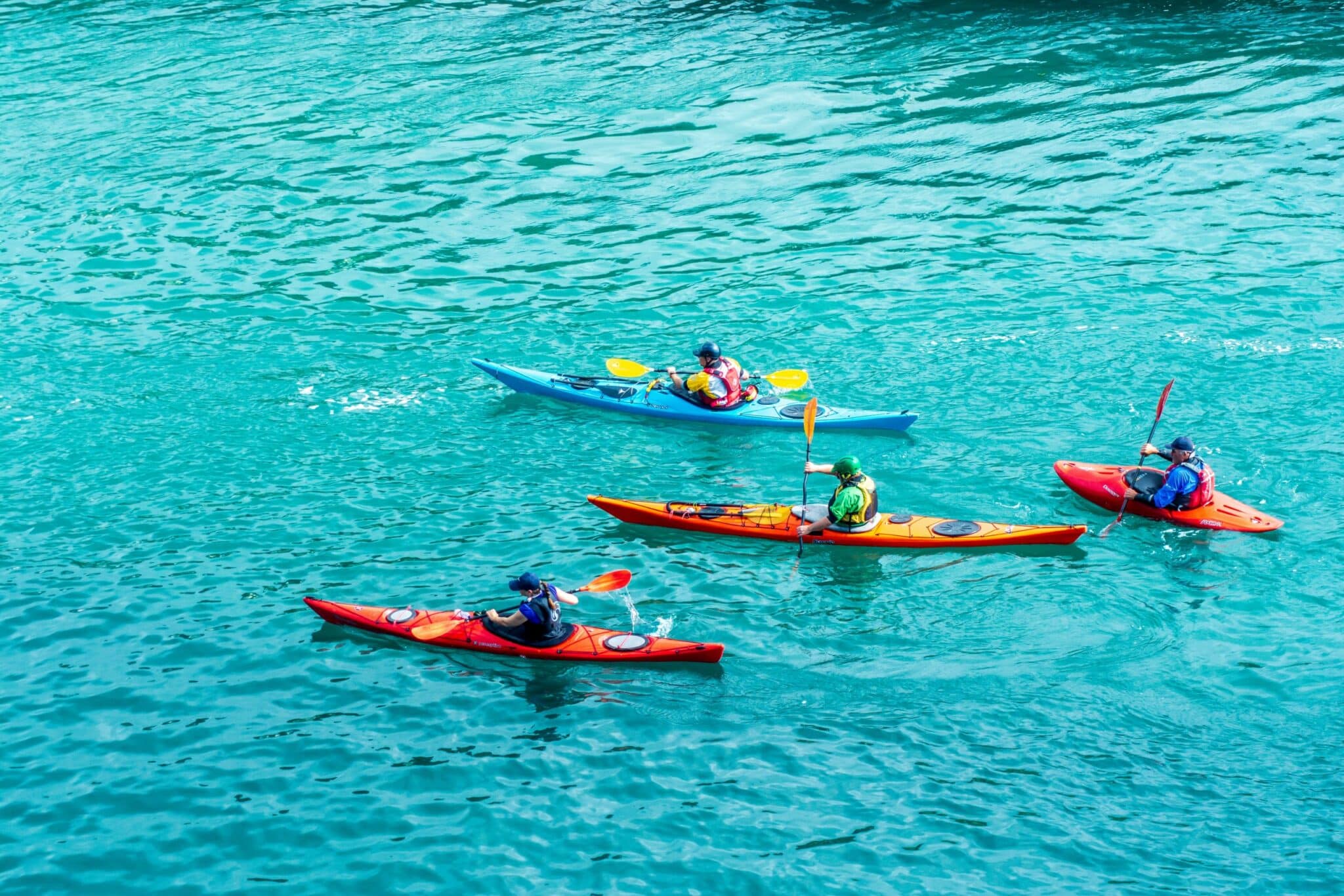
6 Amazing Places To Go Kayaking In Portugal
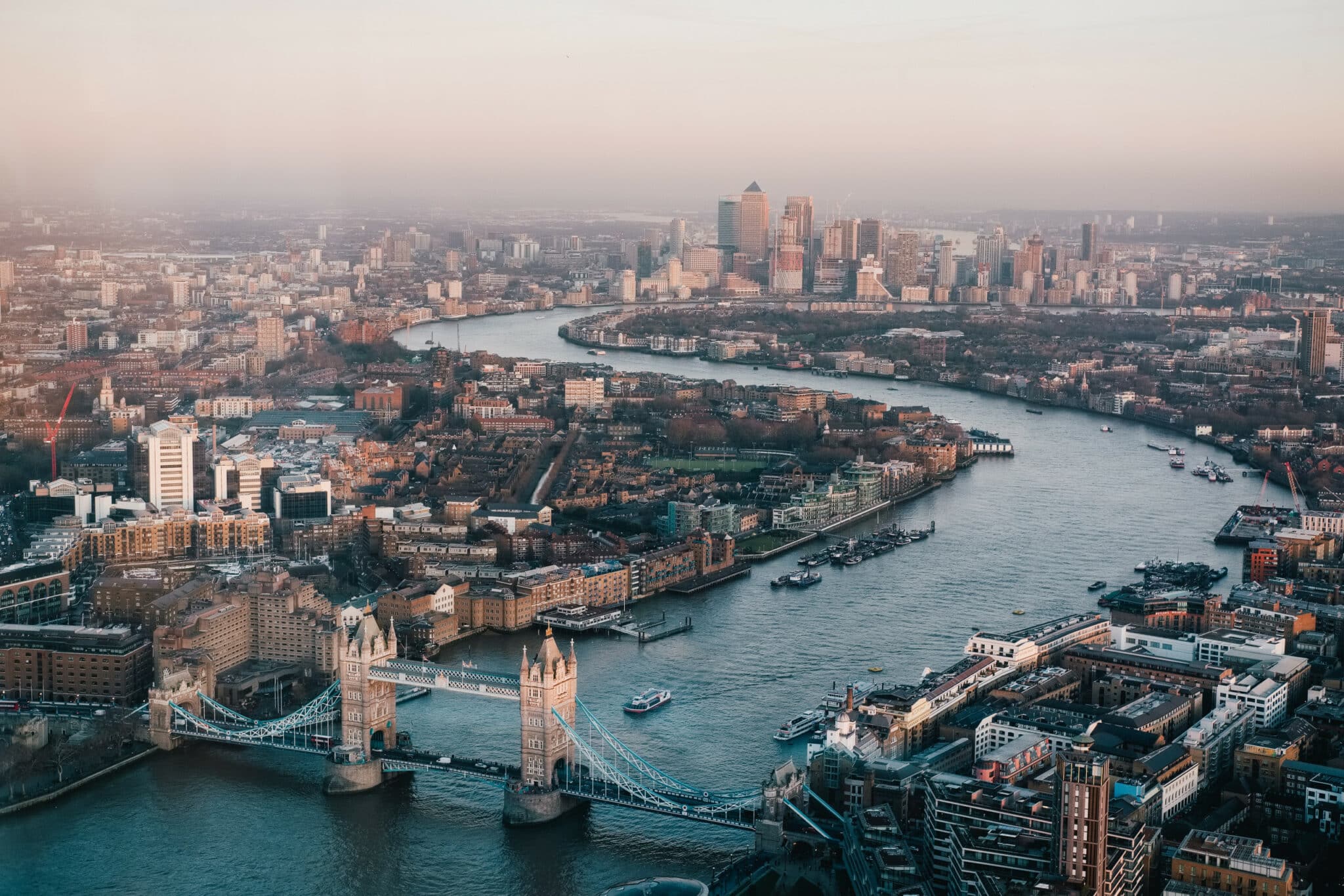
What Requirements Are There For Traveling To UK? Find Out Here
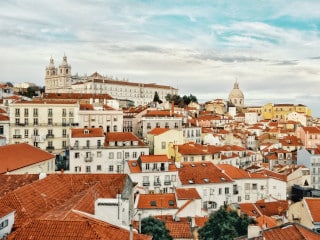
Expat-friendly Portugal ranks 12th in the Quality of Life Index
Snack Food in Portugal, What’s Good and Where to Get It
by Temidayo Soyinka
Travel with a Local Expert on Our Top 5 Lisbon Tours

Stay up to date
Join our email list to receive weekly updates on webinars, promotions, announcements, social meet ups and more…
About BePortugal
Life in Portugal
Visit Portugal
Money in Portugal
Stay Connected
Keep up to date with industry insights and latest news.
Copyright © 2024 Expats Portugal
Privacy policy, terms of use.
Coimbra Travel Guide | Wandering Portugal
Coimbra is a fascinating city along the Mondego river, where you'll discover evocative gardens like Quinta das Lágrimas, unique fado, an amazing baroque library, and great food and nightlife.
Wandering Portugal > articles
Coimbra sits pretty on a hill over a hill alongside the Mondego River in Portugal’s Centro Region (see a map of the regions of Portugal ). The Romans called Coimbra Aeminium. It was capital of Portugal in the High Middle Ages but after losing power it remained a major intellectual center and its university is one of the oldest and most celebrated in Europe.

There is a lot to see and do in Coimbra, and it’s a wonderful place to walk around and explore. The university makes it a fine city for nightlife, and Coimbra’s uniquely happy fado and inexpensive entertainment prices make it a place to stay a while and enjoy. Three days isn’t too much. A week? Why not?
University of Coimbra
The University sits on high ground, offering fine views of the river and beyond. It has been a UNESCO World Heritage site since 2013. According to the UNESCO application:
Situated on a hill overlooking the city, the University of Coimbra with its colleges grew and evolved over more than seven centuries within the old town. Notable university buildings include the 12th century Cathedral of Santa Cruz and a number of 16th century colleges, the Royal Palace of Alcáçova, which has housed the University since 1537, the Joanine Library with its rich baroque decor, the 18th century Botanical Garden and University Press, as well as the large “University City” created during the 1940s.
Much of the history of the University is on display in the Science Museum as part of reforms put in place by the Marquis of Pombal in 1772, a time when the study of science became a far more important part of the University.
A visit to the Joanine Library is a must, and the area around the University is a lively place full of bars and restaurants, many of which offer Fado performances. The unique fados de Coimbra, called a “happier” fado than those sung in other places in Portugal, seems to have originated with students.
There are two major gardens in Coimbra that garden lovers will have to see. The Botanical Gardens are near the University borders and are said to be the fifth oldest in the world.
The jardins da Quinta das Lágrimas, associated with the Hotel Quinta das Lágrimas, are hauntingly beautiful. Located on the left bank of the River Mondego, the estate is said to have been the setting for the forbidden romance between King D. Pedro I and D. Inês de Castro.

Two other gardens worth visiting are Jardim da Sereia and Penedo da Saudade, which offers fine views of the city.
Coimbra for Kids
Just across the river, on the “left bank” of the Mondego, is Portugal dos Pequenitos, a Portugal in miniature that dates back nearly three quarters of a century. It’s a historic monument in it’s own right, reproducing the famous architecture and monuments of Portugal in miniature form. Being discoverers, it also offers pavilions dedicated to the former Portuguese colonies.
Important Museums & Attractions
Museu Nacional de Machado de Castro is one of the most important art museums in Portugal. It’s named after Portuguese sculptor Joaquim Machado de Castro. Consequently, the museum offers a very extensive collection of sculpture.
Dating from 1283 and classified as National Monument in 1910, Mosteiro Santa Clara-a-Velha has been restored and readied for your visit; a guided visit can be had for about 5 euro. It’s across the river from the historic center, in a bit of low ground which became a problem over time. High waters flooded the place easily. The church on the site is a beautiful skeleton of Romanesque architecture, handsome as it returns to sand and dust.

Seeking the unusual? Coimbra hosts a Water Museum inside a former water collection plant dating from 1922, located in in the Dr. Manuel de Braga Park.
Hidden in plain sight is the sobering site called the Patio of the Inquisition (Pátio da Inquisição). Across the street from the Santa Cruz church and the Jardim da Manga, a block of stone juts from the modern pavement. This was the stone upon which Jews who wouldn’t convert to Christianity or where found guilty of acts against the church were beheaded.
The University
Don’t miss the Coimbra University Joanina Library, especially if you like to go back in time when books were valued enough to be given inspiring settings. We partner with Tiqets who offers tickets for the University and library or tickets that also include the Royal Palace. This saves you the inconvenience of buying them only when the ticket offices are open.
When you get tired of looking at tourist geegaws scattered about Coimbra, search out Anthrop on Rua de Fernandes Thomas n 2-4-6, 3000 167 Coimbra, Portugal.“Anthrop promotes dialogue between technology and traditional Portuguese knowledge and new ways of producing objects.” Great stuff, and above all unique.
Weather and Climate – When to Go
Coimbra’s weather is moderated by its proximity to the sea, so there aren’t many really sweltering days in summer except perhaps a few in August. June is a very good month to go. I also like fall. There is little rain in the summer. For charts showing the historic averages as well as the current weather, see: Coimbra Weather and Climate .
Best Places to Stay in or Around Coimbra
Foodie romantics with a stuffed wallet will want to spend their time in Coimbra at the Hotel Quinta Das Lagrimas , which has one of Coimbra’s finer restaurants and is a good value. On the other end of the spectrum is the Dream On Coimbra Hostel . There are many budget choices in between, see Coimbra User-Rated Hotels or Hostels .
Eating in Coimbra
We had a few very good meals at Restaurante O Estudante near the train station. Also highly recommended is hole-in-the-wall Zé Manel dos Ossos at Beco do Forno, 12.
There are an abundance of Restaurants in Coimbra, so you don’t have to worry about being bored with the cuisine.
Transportation & Getting There
There are two train stations in Coimbra. Coimbra A station serves the center of Coimbra, or “Baixa de Coimbra” near the Mondego river. The Coimbra B station, slightly out of town, serves long-distance trains—but your ticket is also good for a train ride to the A station.
By car, Coimbra is about 1 hour from Porto and 2 hours from Lisbon.
Public bus transportation in Coimbra is provided by SMTUC , who also offer a sightseeing tour called Funtastic Coimbra.
OdaBarca offers boat trips on the river.
The Final Word
I like Coimbra a lot. If you want to really hang out in the university city, rest assured that there’s a lot nearby to explore. For the rural explorer or perhaps the mountain bike or hiking enthusiast, the Schist Villages to the east offer a real treat. For the budding archaeologist, the Roman ruins at Conimbriga ; the largest Roman site in Portugal is also one of the best preserved. Just in case you’re not yet convinced you need to go there, read (and gape at the pictures!): Why the Roman ruins of Conímbriga are worth visiting . If you have a car, Conimbriga is a mere 17.6 kilometers away. You can do it also by taxi.
More Articles About Coimbra and the Centro Region
Centro Region Map for Travel Planning
Aveiro Travel Guide
Eels and Aveiro
The Treasures of Tentugal, Portugal
Visiting Conimbriga
A Brasileira, Porto Shut to Become a Hotel
Author James Martin Categories Centro Region , Cities
Coimbra Travel Guide originally appeared on WanderingPortgual.com Jun 25, 2018 , updated: Feb 29, 2024 © James Martin .
Self-guided Walking Tour of Coimbra (with Maps)

This website uses affiliate links which earn a small commission at no additional cost to you.
Coimbra, located in central Portugal, is steeped in living history and is a natural stopping point for those travelling between Porto and Lisbon. While not as vast as its neighbouring cities, Coimbra is brimming with character. Its grand old university is at the centre of much of its story, but its history and location are equally alluring.
Although Coimbra may not be a recognized highlight of Portugal, for travellers seeking a more authentic experience of Portugal, Coimbra is a smart choice.
Arriving by Car: At the south side of the river is a great car park, close to the old town. https://goo.gl/maps/sY6dfuTBU6Jq8wjw5. If that is full there is a free underground car park at the Convent San Francisco
Largo da Portagem (Toll Square)

Cross over the Mondego River on the Ponte de Santa Clara. The bridge gives you a great view of the city, often strewn with flags of the city and the country.
Largo da Portagem is a small square with lots of little cafes, restaurants and gelaterias. There is always a buzz of energy here. Make sure to come back after dark and see all the beautiful lights. It is open to the Mondego river which was used to bring goods to town and collect customs duties here, hence the name – Toll Sqaure.
Igreja São Bartolomeu

From the square leave by walking down the steps to the north.
The Church of St. Bartholomew is one of the oldest religious sites in Coimbra, with its initial construction predating the year 957, when it was donated to the Lorvão Monastery. Over the centuries, the church has undergone significant architectural interventions. The current Baroque style is a result of a complete reconstruction during the second half of the 18th century.
Inside the church, two notable paintings depicting the death and resurrection of Christ can be found on the left side of the nave chapel. The main gold altarpiece, featuring a painting by Italian artist Pascoal Parente, depicts the Martyrdom of St. Bartholomew and is a fine example of Baroque style. Despite its modest appearance, the Church of St. Bartholomew holds significant historical and artistic value.
Arco de Barbacã & Torre de Almedina

From Igreja São Bartolomeu walk up the steps to join pedestrianized Rua Ferreira Borges.
The street was named after Jose Ferreira Borges (1786-1838), a graduate of Coimbra University, was an attorney and the leading author of the Portuguese Commercial Code of 1833, also called the Ferreira Borges Code. He wrote many books concerning economic and political topics.
As you join the street on the opposite side of the road is the Arco de Almedina or Almedina Arch.
Arco de Barbacã, a gothic arch erected in the 16th century, topped with a shield of King Manuel I. This arch is the best kept structure of the ancient Coimbra’s wall, which corresponded to the main entrance in the city during the Islamic period. On the arch is the sculpture of our Lady, the national arms and the symbol of the city foundation.
Just beyond the Arco de Barbacã is the Arco e Torre de Almedina, is a gothic arch and old medieval gateway into the old city of Coimbra. It is surmounted by a tower that has had various functions. In the 14th and 15th centuries, this was the seat of municipal power, the Casa da Câmara, and later the Casa de Audiência, where council meetings were held.
Sé Velha de Coimbra

Pass under to Torre and walk up the R. Quebra Costas (Backbreak Street) – a narrow whitewashed street that winds steeply upward. At the top bear right and walk up the steps. At the top turn left and you should see the Cathedral.
The initial cathedral of Coimbra is known as the “Old” (“Velha”) Cathedral because a newer cathedral became the city’s second cathedral in the 18th century. Constructed in 1117 by Portuguese and French architects, it maintains much of its original Romanesque architecture, which is quite unusual for major churches of that period throughout Portugal and Europe.
Externally, it appears like a fortress, but the Renaissance-style side portal serves as a reminder that it is a church. The delicately adorned front portal, influenced by Islamic architecture, is the venue for one of the city’s major cultural events, the May “serenade,” in which male graduates perform fado music to bid farewell to student life.
Inside, very little has altered over time. Over time, only tiles imported from Seville in 1503, Gothic altarpieces, and baroque paintings have been added, with the highlight being the chancel’s exceptional gilded Gothic altarpiece, created by Flemish sculptors in the early 1500s. The cloisters, which were built in 1218, were Portugal’s first to follow the Gothic style.
Museu Nacional de Machado de Castro

Leave the old cathedral and turn right and left onto R. do Norte. National Museum Machado de Castro is on your left.
The impressive 16th century loggia dominates the large patio, making it a must-see attraction for anyone visiting this part of the city. This space has a rich history, serving as an administrative, political, and religious center in Roman times, a Christian temple since at least the 11th century, an episcopal palace from the second half of the 12th century, and a museum since 1911. As a result, it is one of the most complex and captivating places in the city.
After being classified as a National Monument, the former episcopal palace of Coimbra was given to the Portuguese State to house the Machado de Castro Museum. Successive adaptations allowed for the discovery of the building’s history and archaeological value. However, it was only with the recent refurbishment and expansion project that a comprehensive intervention program encompassing archaeology, architecture, and museography could give greater visibility to the scientific study of the complex.
With brand new, spacious, and well-lit areas, the Museum can now better showcase its collections and offer greater comfort and accessibility to diverse audiences. It aims to solidify its identity as a space for sharing knowledge and creating meaningful connections with visitors. Following its recent reopening, the Museum is ready to welcome visitors and continue its legacy as a cultural landmark in the city.
Sé Nova de Coimbra (New Cathedral of Coimbra)

The National Sé Nova de Coimbra is directly opposite the Museum Machado de Castro.
Sé Nova was built in the late 16th century by the Jesuit Order and became the new cathedral in 1772 when the Jesuits were expelled from Portugal. The church has a mix of Jesuit and Baroque architecture and inside, there is a barrel vaulted ceiling and ornate choir stalls and altarpiece. The stone baptismal font is also a beautifully carved feature that was transferred from the older cathedral.
Museu da Ciência de Coimbra

As you leave the cathedral turn left from the steps, and left again when you reach the road (R. Estudos). The science museum is on your right.
Museu da Ciência de Coimbra, or the Science Museum of Coimbra showcases scientific instruments and objects from various fields of science. The museum is housed in the former Royal Palace of Coimbra, which was built in the 18th century. The exhibits cover topics such as physics, chemistry, astronomy, and medicine, among others. The museum also hosts events and educational activities for visitors of all ages. The Science Museum of Coimbra is one of the oldest science museums in Europe and is considered a national monument of Portugal.
Paço das Escolas

Make your way back to the new Cathedral and walk south along R. São João. Tunr right again to reach the Porta Férrea or Iron Gate and the entrance to the Paço das Escolas.
Paço das Escolas is a historic complex of buildings located in the heart of Coimbra, Portugal. It was originally built in the 16th century as the Royal Palace of King John III and was later donated to the University of Coimbra. The complex includes several buildings such as the Joanina Library, the Royal Palace, the Academic Prison, and the Chapel of São Miguel.
The Joanina Library is considered one of the most beautiful libraries in the world with its ornate Baroque design and collection of rare books and manuscripts. The Royal Palace is now used as the university’s administrative headquarters and contains impressive rooms such as the Throne Room, the Coat of Arms Room, and the Room of the Capelos.
The Academic Prison is a unique building that was used to imprison students who broke the university’s rules. It is now a museum displaying the harsh conditions and punishments that students endured. The Chapel of São Miguel is a small but beautiful Baroque chapel that served as the university’s chapel until the construction of the larger and more grandiose chapel in the 16th century.
Overall, Paço das Escolas is a must-see attraction in Coimbra for those interested in history, architecture, and academia.
Jardim Botânico (Botanical Garden)

Leave the square down the steps in the south west corner. These are the Escadas de Minerva or Minerva Stairs, double back on yourself with the Paço das Escolas on your left. At the end of the road turn right and you will see the Botanical Gardens.
The Jardim Botânico (Botanical Garden) in Coimbra is one of the oldest botanical gardens in Portugal and one of the most beautiful in Europe. It was founded in 1772 by the Marquis of Pombal, the same prime minister who transferred the episcopal seat to Sé Nova.
The garden covers an area of about 13 hectares and is located on the hillside behind the University of Coimbra. It is home to more than 1,200 species of plants, including many rare and exotic species from all over the world.
The garden is divided into several areas, each with its own particular theme. These include the systematic beds, where plants are arranged according to their scientific classification, the medicinal garden, the aromatic and dye plants section, and the succulent plants area.
One of the highlights of the garden is the beautiful Baroque-style fountain, known as the Fonte dos Amores (Fountain of Love), which is located in the central area. There are also several greenhouses containing tropical and subtropical plants, as well as a small museum displaying scientific instruments and botanical specimens.
The Jardim Botânico is not only a beautiful place to visit but also an important scientific and educational institution. It is actively involved in the conservation and research of plant species, and it also offers educational programs and guided tours for visitors.
Aqueduto de São Sebastião

Nestled behind the Botanical Gardens is the Aqueduct of São Sebastião in Coimbra is a reconstruction, produced during the reign of D. Sebastião, from 1570 onwards. It is also known as the Arcos do Jardim or Arches of the Garden. In accordance with the project attributed to the Royal architect, Filipe Terzi, it measures 1 km in length and is constituted by 21 arches.
From the Gardens make your way to the river and walk back through the Parque da Cidade Manuel Braga. You will pass by the Water Museum located in the Coimbra old Water Collection Station, built in 1922. This space houses art exhibitions and cultural activities.
Similar Blogs
Coimbra, located in central Portugal, is steeped in living history and is a natural stopping point for those travelling between Porto and Lisbon. While not as vast as its neighbouring cities, Coimbra is brimming with character. Its grand old university is at the centre of much of its story, but its history and location are […]

Renting a Car in Portugal in 2024: A Full Guide
Welcome to Portugal, a picturesque gem in Europe. With its breathtaking coastlines ideal for surfing, varied national parks, verdant vineyard-covered hills, and cities rich in history, there is certainly much to explore here. The best way to experience all that Portugal has to offer is by driving. Travel at your leisure and uncover hidden treasures […]

Madeira: Santana and the North Coast
The striking peaks of Pico Arieiro and Pico Ruivo, towering at over 1800 meters, provide exceptional hiking opportunities with breath-taking alpine views overlooking the island’s coastlines. This area is a haven for those seeking both scenic beauty and memorable walking experiences. Santana is renowned for its charming triangular-shaped thatched houses known as “Palheiros,” which dot […]

30+ Best Things to Do in Coimbra: An Ultimate Guide for 2024
LOOKING FOR THE BEST COIMBRA THINGS TO DO?
Coimbra is a city steeped in history and culture. From wandering the ancient corridors of the UNESCO-listed university to visiting its stunning library, Biblioteca Joanina — considered one of the most beautiful in the world— there are so many things to do in Coimbra.
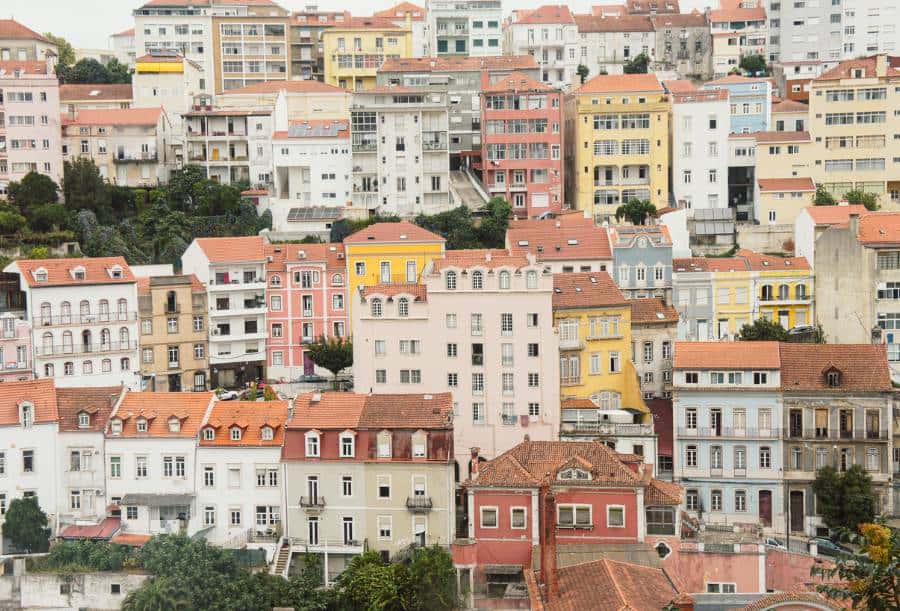
Don’t have time to read the whole article?
Explore everything that Coimbra has to offer on this Guided tour of the University and city of Coimbra with a perfect ⭐⭐⭐⭐⭐ rating 😊 ❤️
In this article, I’ll cover everything Coimbra has to offer, from its historic churches and famous University to lovely green spaces. For such a small city, this one packs a punch.
I’ll also help you with practical tips like where to stay when to visit, and so much more. Get ready to learn about the top 30 must-see spots in Coimbra. Ready to explore the best things to do in Coimbra Portugal? Let’s go.
Top Tours in Coimbra

If you aren’t keen on exploring Coimbra yourself, then there are plenty of great tours that will take you there to explore everything that it has to offer. My favorite Coimbra tours include:
➤ Exclusive Coimbra Discovery: Private Walking Tour. Unveil the secrets of Coimbra, Portugal’s former capital, on a private walking tour. Dive into its rich history with visits to the University of Coimbra, New and Old Cathedrals, and the Monastery of Santa Cruz in the Moorish quarter. Wander through the old Jewish Quarter and the Santa Clara a Velha convent. Explore the city with a personal guide, and enjoy a customized tour . ➥ BOOK IT HERE.
➤ Coimbra University & City Private Tour . Explore the historic University of Coimbra and city landmarks on this private guided tour. Wander through Portugal’s oldest university, including the Royal Palace, chapel, assembly room, and the exquisite Joanina Library. Continue to key city sites like the Santa Cruz Monastery. Enjoy a personalized experience with your own private guide . ➥ BOOK IT HERE.
➤ Conimbriga and The Roman Private Experience . Dive into Portugal’s Roman heritage with a half-day private tour of Conimbriga, one of the country’s largest Roman settlements. Choose your preferred time and round-trip transportation from your Coimbra hotel. Explore the remarkable ruins and the grand aqueduct of Conimbriga, visit the Portugal Roman Museum in Sicó, and dive into history at the Museu Monografico de Conimbriga. ➥ BOOK IT HERE.
30 Top Things to Do in Coimbra
1. stroll through the historic coimbra university .
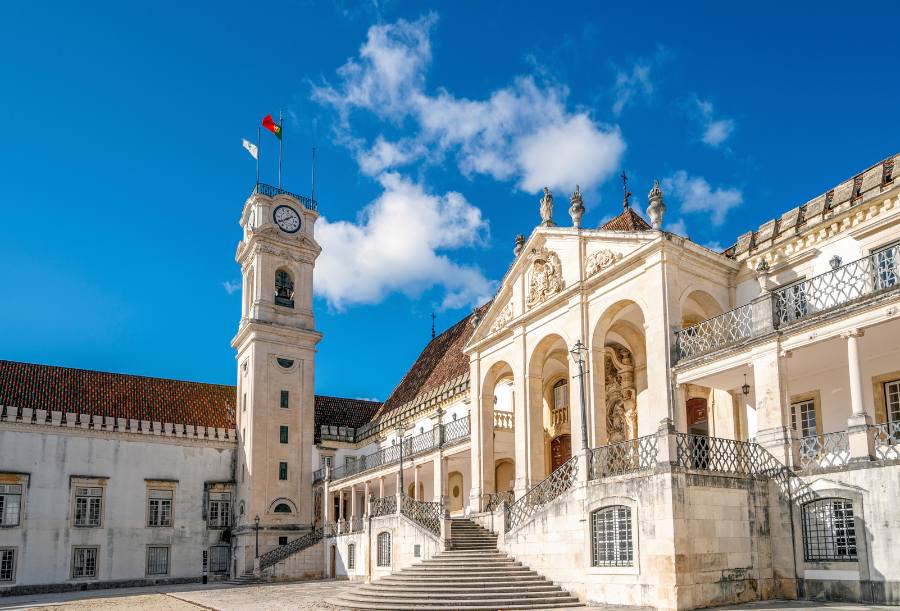
Uncover the academic legacy of Coimbra University , a UNESCO World Heritage site where history whispers through the ancient corridors. The university is a beautiful place to explore the old corridors and discover an incredible past.
From the enchanting Joanina Library — considered one of the most beautiful libraries in the world to the picturesque courtyards, every step allows you to dive deeper into the legacy of one of the longest-continuously operating universities in the world.

And, while you’re there, look around for bits of Hogwarts inspiration in every corner. JK Rowling wrote from Coimbra for some time and took ideas from the university and its students.
🌟 When exploring the university grounds, stop at the Cabinet of Curiosities , a fascinating space filled with strange and beautiful objects that spark curiosity and wonder. Perfect for families, this ‘Theater of the World’ invites you to feel and explore rather than read labels. It’s a sensory adventure that encourages you to discover more.
Things to do in Coimbra
2. visit the stunning biblioteca joanina .

Biblioteca Joanina, an 18th-century Baroque library inside Coimbra University, is a captivating spot full of impressive literary history. It is considered the richest library in Europe and an attraction in Coimbra that shouldn’t be missed.
The library’s three ornate chambers are each adorned with impressive and beautiful woodwork. They house a collection of amazing, rare, and ancient books totaling 60,000.
The resident bat colonies are one of the library’s most surreal features. The bats may seem to be the pests, but they are welcome as they keep book-eating insects at bay.
🌟 Travel tip: Although the library is open daily, it is highly recommended that you book your visit in advance . When we arrived in Coimbra in August, all the visits were reserved for the day.
3. See the Chapel of São Miguel

The Chapel of São Miguel is a unique space at Coimbra University, with intricate details and a fantastic example of Gothic architecture.
The chapel is believed to have been first built in the 12th century , but a series of restorations over the following centuries revealed new details.
As you step inside, look at the stained-glass windows , the azulejo-tiled walls , and the altar at the front . The chapel’s organ is Baroque in style, but get up close, and you’ll notice the motifs are actually Chinese.

4. Listen to Coimbra Fado at Fado ao Centro

Coimbra Fado is a unique fado genre, sometimes also called Student Fado. Unlike traditional Fao, which is sung by women, it is typically sung by male students from the university.
You can indulge in an evening of soul-stirring melodies at Fado ao Centro , a cultural gem nestled in the heart of Coimbra.
This intimate venue, steeped in Portuguese tradition, showcases the top fado talent in Coimbra. There are live shows every day in the evening, but you can also visit to watch rehearsals or chat with the performers of the best fado in Coimbra about their craft.
5. Take in the Views Machado de Castro National Museum

Admire the artistic treasures housed in Machado de Castro National Museum and the breathtaking panoramic views of Coimbra.
Housed in a former Episcopal Palace, the museum is set against the backdrop of the Mondego River. But the building itself is also full of impressive sights and history.
You can wander through the galleries full of sculptures, paintings, textiles, and more — some dating back to the 12th century. Once you’ve taken in the artifacts and artworks, head up to the terrace for breathtaking vistas of Coimbra’s Old Town. The sweeping landscapes showcase the city’s architectural marvels and the countryside’s green beyond.
6. Step back in time at the Old Cathedral of Coimbra

Wander through the medieval charm of the Old Cathedral of Coimbra (Sé Velha), which dates back to the 12th century. The cathedral is a Romanesque masterpiece that is a testament to Portugal’s rich religious and architectural heritage. Some say this cathedral is one of the best examples of original Romanesque architecture.
From the outside, the building seems like a fortress. However, once you enter and wander through, you’ll notice the carvings and historic artifacts adorning this religious space. Much of the design is in a style that mixes Islamic and Christian influences from the Renaissance.
7. Explore Santa Cruz Church
Discover the serene beauty of Santa Cruz Church, the final resting place of King Afonso Henriques and his son Sancho I, the first two kings of Portugal.
The church, a Romanesque architectural gem dating back to the 12th century, boasts intricate Manueline details and a serene cloister.

Wander through the sacred halls adorned with religious art and symbolic motifs. Be sure to check out the choir stalls, where you can see motifs of the Portuguese ships from the country’s Age of Discovery. Another highlight is the organs covered in Japanese ornamentation.
8. Have a coffee at the Historic Café Santa Cruz

Enjoy a moment of relaxation and coffee in one of Coimbra’s oldest establishments, the historic Café Santa Cruz. While the current cafe was inaugurated in 1923 , the building dates back to 1530 and first became a cafe in 1822.
The iconic cafe has beautiful decor and a charming, nostalgic atmosphere. Its stunning tiles and classic furnishings add to its appeal. The vaulted ceiling and stained glass windows from the building’s original use as a chapel have been retained.

Fun fact: While there, try a crúzio — a small almond treat created in the cafe and the best answer to what to eat in Coimbra.
The cafe has regular events — c ultural book presentations, fado shows, and liquor tastings .
9. Learn about the history behind Jardins da Quinta das Lágrimas
The lush gardens of Jardins da Quinta das Lágrimas conceal a tale of love and tragedy . They witnessed the forbidden romance between Prince Pedro and Inês de Castro in the 14th century.
Inês was the lady-in-waiting to the prince’s wife. I highly recommend looking more into their story as it is fascinating and even includes the coronation of a dead person.
You can now visit the gardens, which are 14 hectares (about 35 acres) of lush greenery and shaded pathways.
The Quinta das Lágrimas Gardens are a living testament to a love story etched into Portuguese lore. In its calm surroundings, you are invited to connect with the passion and sorrow of the story.
10. Explore New Cathedral (Sé Nova)

This 16th century cathedral, Sé Nova, became the city’s main cathedral in 1772 , hence its name. The building is an architectural marvel that took over 100 years to complete.
Initially built for the Jesuit college , it merges Baroque and Mannerist styles of architecture. The cathedral’s interior is adorned in gold, with intricate detailing and beautiful frescoes. The four saints sitting in the niches on its exterior show the Jesuits’ original influence.

This is one of the great free things to do in Coimbra, as entry to the cathedral is free and open to the public.
11. Look at the Gorgeous Azulejo panels
Outside the Municipal Market, you’ll find a series of azulejo panels lining the wall. These stunning tiles depict different historical spots around Coimbra.

You can see famous city monuments such as the Monastery of Santa Clara-a-Velha, the Aqueduct of São Sebastião, and more.
This is a quick stop, but it’s a cool photo opportunity that can be combined with a visit to the market and a ride on the funicular.
12. Shop at the Mercado Municpal
Explore the lively Municipal Market in Coimbra , overflowing with fresh produce and traditional crafts. Dating back to the 19th century, this is an authentic glimpse into Portuguese daily life, and it’s not just for tourists. You’ll see plenty of locals doing their everyday shopping here.

Wander through the colorful stalls spread across several floors and enjoy the aromas of spices and freshly baked goods. If you want to pick up just about any fresh local produce, you can find it here, plus check out the local cheeses and sample a few (Portugal does cheese surprisingly well).
13. Take the Elevador do Mercado – Funicular

The Elevador do Mercado is a funicular that connects the lower part of Coimbra to the upper part – the area around the market and the area around the university.
You’ll board a wooden cabin and take the 150-foot ride up, which combines an initial vertical, elevator-like ascent with a funicular ride to finish (all part of the same trip, only the angle changes).
While the ride is a handy way to avoid a steep climb, it also provides gorgeous views of the Mondego River and the city’s historic landscape.
Things to do in Coimbra 14. Enjoy Art at Edificio Chiado

Check out contemporary art at Edificio Chiado , a cultural space that showcases the city’s creative spirit. This modern art space within a historic building once a shopping mall showcases diverse artistic expressions, from avant-garde installations to thought-provoking exhibitions.
The museum’s permanent exhibition has an amazing collection of Portuguese paintings from the 19th and 20th centuries . In addition to paintings, you can also see furniture, ceramics, and more.
There are also two temporary exhibition galleries with changing exhibits. A recent temporary exhibition by the artist Josete Fernandes showcased women and fragrances.
15. Explore the Coimbra Botanical Gardens

Wander through the green oasis of the Coimbra Botanical Garden, home to diverse flora covering 13 hectares — or around 32 acres. Established in the 18th century by the then-prime minister, the botanical gardens are a tranquil, serene space with winding paths and a vast array of exotic plants.
Throughout the gardens are themed sections like the medicinal and aromatic plants. Plus, there are rare varieties from all corners of the world. The garden is a living encyclopedia of biodiversity.
The gardens are open daily all year round, and guided tours are available.
16. Gaze Upon the Yellow Domes of the Jardim da Manga

At Coimbra’s Jardim da Manga, iconic yellow cupolas proudly surround a fountain amidst serene ponds and manicured lawns. The garden is located within a former monastery — the only part that still functions is the Church of Santa Cruz.
The small garden is classified as a National Monument, and its style has a strong Moorish influence. Legend says that Portugal’s King John III was inspired to have this structure built at this spot after he traced a sketch of it on his sleeve. Thus, the name of the garden manga means sleeve.
17. Appreciate the view at Penedo da Saudade

Penedo da Saudade is a park with a viewpoint that locals — especially students — greatly love. You can read many poems written in and about this space on plaques throughout the park.
The viewpoint overlooks the Mondego River , the city’s terracotta rooftops, all of its architectural highlights, and on a clear day — beyond the city to the hills in the distance.
You can admire the city while surrounded by lush greenery. Penedo da Saudade, adorned with sculptures and benches, is a serene and inviting space.
18. Pass Through the Barbican Gate

The medieval Barbican Gate is an entrance to Coimbra’s old town and highlights the city’s fascinating past. Dating back to the 17th century, this gateway has welcomed many visitors.
Interestingly, though the Barbican Gate is an entrance to the old town, it is not the entrance. The very definition of a barbican is that it is a defensive gate and can be sacrificed during a siege because a secondary gate stands beyond it.
Luckily, this one never needed to be sacrificed, and so still stands today.
19. Walk Over Pedro e Inês Bridge
Cross the Mondego River over the iconic Pedro e Inês Bridge, named after the tragic lovers Pedro and Inês — the same ill-fated couple from the Jardins da Quinta das Lágrimas.
The picturesque bridge offers a vital crossing and beautiful panoramic views of Coimbra’s skyline. But, before you cross the bridge, catch a glimpse of it from the shoreline. It has been nicknamed ‘ the bridge that doesn’t meet ’ for the optical illusion created by the way the two halves come together ( spoiler alert : they do meet, and you can cross the entire river).
20. Feel like a Giant at Portugal dos Pequenitos

This adorable miniature park offers a unique perspective on Portugal’s landmarks. Established in 1940, the theme park recreates iconic Portuguese landmarks and international structures in miniature form.
You can stroll through crafted replicas of palaces, castles, and villages and marvel at the intricate details of each one. Some famous spots here are the University of Coimbra and the Tower of Belem (Lisbon).
If you’re traveling to Coimbra with kids, this is a great family-friendly attraction. Full-price adult tickets are €14.95 ($16.24 USD & $21.83 CAD), with discounts for kids depending on age. The park is open daily.
21. Delight in Art at Casa-Museu Bissaya Barreto

Here, you will find Bissaya Barreto’s personal collection . Barreto is the man behind the creation of Portugal dos Pequenitos.
Housed in a charming museum, the eclectic collection of works of this renowned Portuguese physician and art enthusiast is a treasure trove of paintings, sculptures, and decorative pieces spanning various periods. The collection perfectly showcases what Barreto deemed most important: Beauty, Order, Perfection, and Aesthetics.
But before you even enter the house turned museum, explore the beautiful gardens full of azulejos.
22. Find Peace in Parque Manuel Braga
Relax in Parque Manuel Braga’s peaceful surroundings, right in the heart of Coimbra. The park offers an unexpectedly beach-like retreat from the busy city life.
The urban oasis features lovely shaded dirt walking paths along the river banks. There are benches, gazebos to rest in, and ample open green spaces to lay out and catch a few extra sun rays.
23. Walking Among the Ruins of Mosteiro de Santa Clara-a-Velha

Embark on a journey through time as you walk among the haunting ruins of Sé Velha Cathedral. This 13th-century Gothic Velha monastery was once incredibly grand — today, you can see the stone walls and arches that time has left behind.
This monastery has a beautiful history partly because of the fight that finally allowed women to reside there. Unfortunately, sitting in the river’s floodplain, the structure did not withstand the test of time, and only gorgeous ruins and stories are left today.
24. Discover the Monastery of Santa Clara-a-Nova

After the repeated flooding of Mosteiro de Santa Clara-a-Velha, the Monastery of Santa Clara-a-Nova was constructed to house the Clarissa nuns. Its beautiful construction is a testament to Portugal’s religious and architectural heritage.
Founded in the 17th century, the majestic complex houses the tomb of Queen Saint Elizabeth, which was transferred here from the old monastery.

Wander through serene courtyards and check out the gilded carvings and the 18th-century choir chairs. You can also find the military museum housed within the cloisters.
Just do you know, this monastery is a little bit out of the way (and up a hill). So it will be hard to get there on foot. However you will get a beautiful view once you do get there.
25. Revel at the São Sebastião Aqueduct

Coimbra’s São Sebastião Aqueduct is a 16th-century historical monument that stands tall against the city’s skyline — it was built on top of a preceding Roman aqueduct’s layout.
This impressive aqueduct, about 30 meters tall, spans nearly a kilometer and showcases intricate arches and remarkable stonework. Within each of the arches, you can find unique carvings such as rosettes, shells, crosses, or the royal coats-of-arms.
While the aqueduct was once vital for supplying water to Coimbra, it now stands as a testament to its architectural prowess.
Day Trips From Coimbra
26. conímbriga.

Conímbriga is one of Portugal’s largest and most extensive Roman archaeological sites . The exceptionally preserved ancient city, dating back to the 1st century BCE, offers a vivid glimpse into the Romans’ urban life.
On a day trip there , you can see the intricate mosaic floors, remarkably intact residential structures, and the well-preserved forum. Walking through the streets, amphitheater, and thermal baths, you’ll be transported back to the 9th century BC.
📍HOW TO GET TO CONÍMBRIGA
The trip from Coimbra to Conímbriga is about 18 km (11 miles) and takes around 20 minutes by car. It’s easy if you have a rental car, or you could take a taxi, Uber, or Bolt.
However, if you prefer not to drive, you can get there by bus. Transdev has two daily routes between Coimbra and Conímbriga, and the trip takes about 45 minutes.
Another option is to take this Conimbriga and Roman Tour, a private tour that will take you to visit the ancient ruins with a museum excursion.
27. Schist Villages at Lousa Mountain

Nestled in the rugged beauty of Lousã Mountain, the Schist Villages showcase traditional Portuguese architecture. These enchanting villages — 12 in total — were built with schist stones and blended seamlessly with the natural landscape surrounding them.
As you wander through villages like Cerdeira and Talasnal, the winding cobblestone streets and charming stone cottages will immerse you in a bygone era. If you have time on your day trip, this area is fantastic for hiking through the lush green landscape. For more info on the Schist Villages, read here .
🌟 Fun fact: There are 27 Schist villages spread across the Lousã and Açor ranges, which are close to Serra da Estrela.
📍HOW TO GET TO THE SCHIST VILLAGES
The easiest way to get from Coimbra to the Schist Villages is by car. There is no way to do the trip by public transport. The drive is about 95 km, around 60 miles, and takes approximately 90 minutes. Since it is a slightly longer journey, this is a good opportunity to consider an overnight stay in the villages.
If you don’t have a car, there are plenty of tours that depart Coimbra and that will take you to various Schist villages nearby, like this Tour between Cascades and Schist Villages, Piodão or this adventure through the Schist Villages of Lousã.
28. Fatima
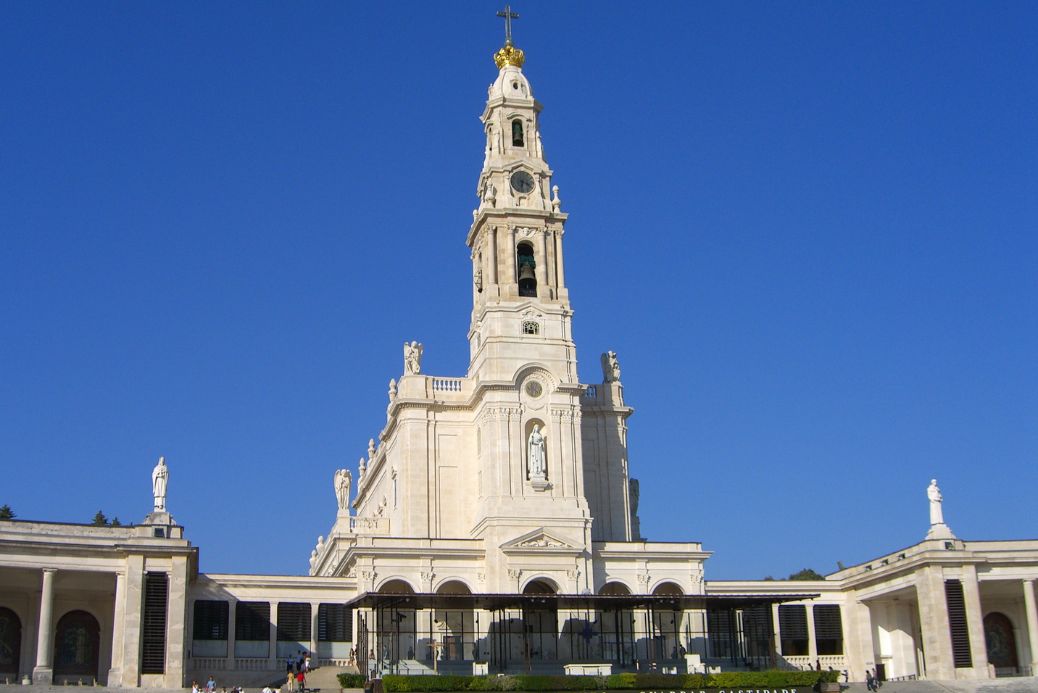
Fatima is an incredibly spiritual town located in central Portugal. It has profound religious significance as it’s believed that this is the site where three shepherd children witnessed apparitions of the Virgin Mary in 1917.
Now, Fatima is a popular pilgrimage destination. In Fatima, you can visit the iconic Sanctuary of Our Lady of the Rosary and the home of the shepherd children. Beyond its spiritual allure, Fatima is also a gorgeous small town worth wandering around.
📍HOW TO GET TO FATIMA
The drive from Coimbra to Fatima is about 89 km or just over 55 miles. It should take around one hour each way. Alternatively, Flixbus runs around 12 departures daily between the two cities. The bus trip takes around an hour as well.
If you are looking for a tour from Coimbra, this half day tour to Fatima is the perfect choice.
29. Tomar
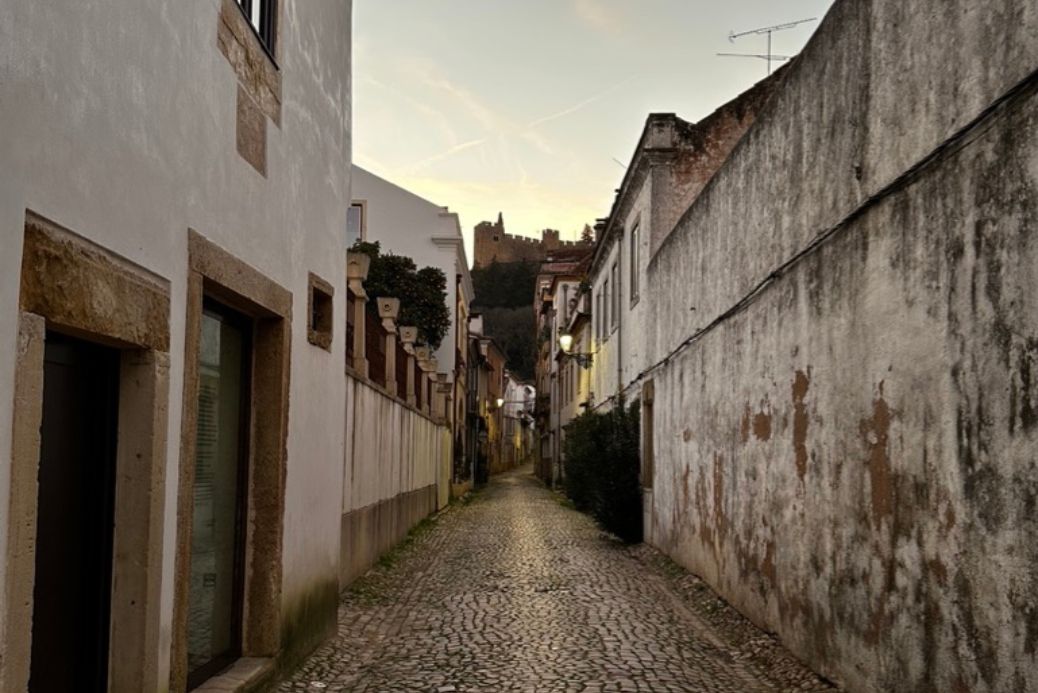
Tomar, a historic gem in central Portugal, has a rich tapestry of history and culture. Dominated by the imposing Convent of Christ, a UNESCO World Heritage site, Tomar is an ancient medieval city frozen in time.
Founded by the Knights Templar in the 12th century, the convent features intricate Manueline architecture. Tomar’s historic center is full of cobbled streets and charming squares, making it perfect for strolls. You can also visit the banks of the Nabão River, which add to the city’s picture-perfect presence.
📍HOW TO GET TO TOMAR
You can drive from Coimbra to Tomar in about 50 – 60 minutes. The trip is around 78 km or 48 miles. Unfortunately, there is no great public transport connection. You can get a train, but you’ll have to backtrack south to Entroncamento before switching north to Tomar. If this is your only option, an overnight stay in Tomar is worth considering.
For a tour option this day tour from Coimbra , includes stops in Tmar, Batalha and Alcobaça, three World Heritage Sites in Portugal.
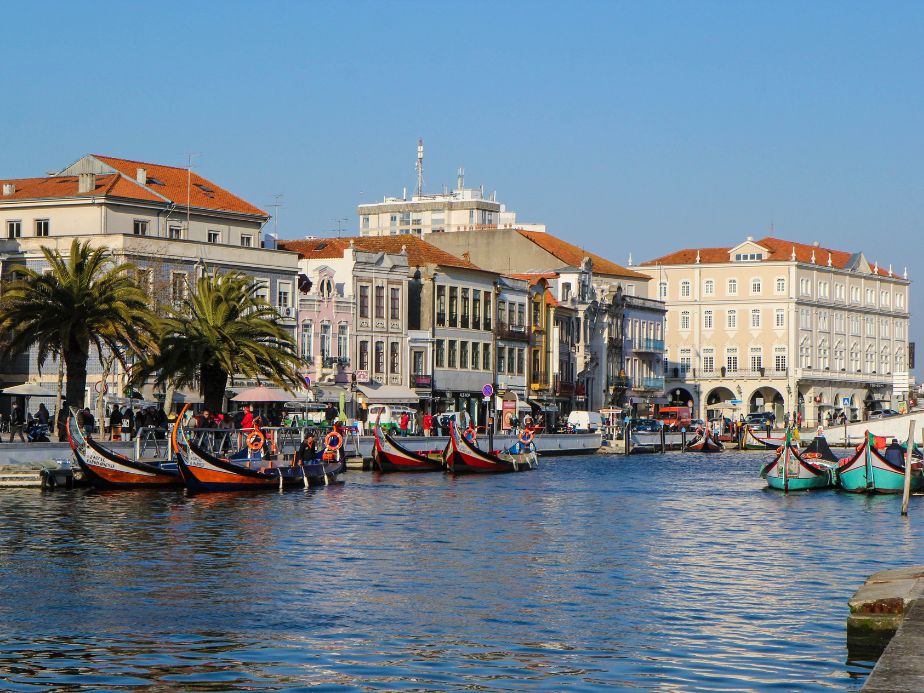
Aveiro is a small city often called the Venice of Portugal , thanks to its scenic waterways reminiscent of Venice’s canals. But, in place of gondolas, the waterways are full of the traditional moliceiro boats, which were brightly painted and used to collect algae from the river before they became transportation for tourists.
The city is also full of unique Art Nouveau architecture and delicious cuisine. Aveiro’s historic center has lively markets, the iconic São Gonçalinho Chapel, and lots more things to do in Aveiro.
📍HOW TO GET TO AVEIRO
The drive from Coimbra to Aveiro is about 63 km, or around 39 miles, and takes just under an hour. However, the trip is much faster by train. There is a direct train that takes just under 30 minutes.
The best tour option is this half-day trip that will take you to Aveiro , as well as the famous Costa Nova beah and even includes a Moliceiro boat ride.
31. Wine Tour from Coimbra
🍷 One of the best things to do near Coimbra is to have a glass or two of wine.
One of the closest wine regions to Coimbra is Bairrada. This region sits just north of the city and stretches from the coast inland to the mountains around Caramulo. You can visit many small vineyards throughout the region, which are much more intimate than the mass-produced wines of other Portuguese wine-producing regions.
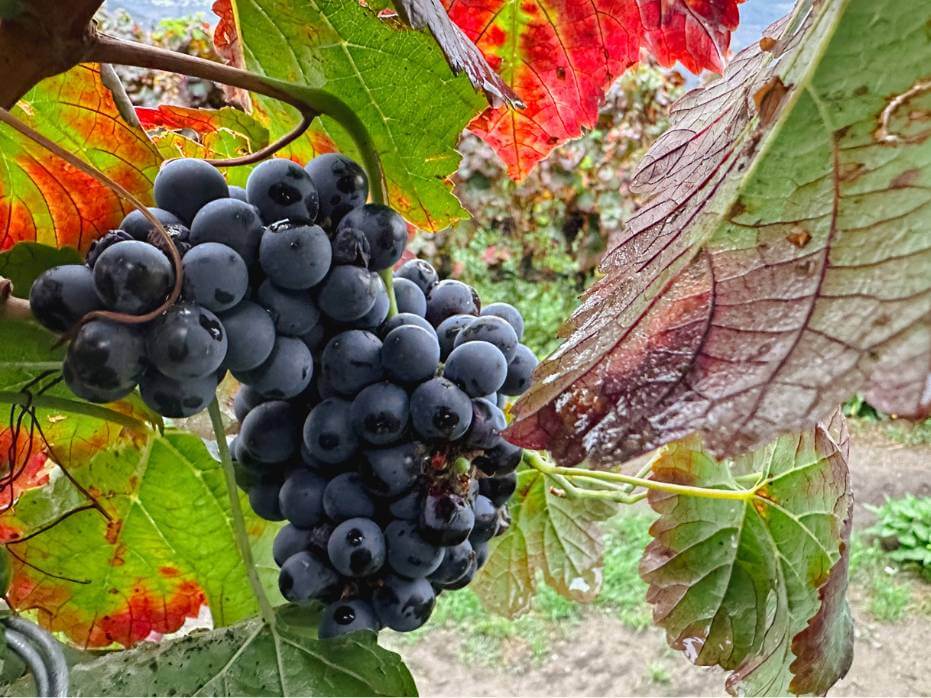
On this half-day Flavors of Bairrada tour , you’ll visit one of the region’s wineries. At the winery, you’ll learn more about the winemaking process and have a chance to sample the goods. Outside of the wineries you can fully customize the tour, adding in any extra stops you’d like to visit.
Where is Coimbra
Coimbra is located in central Portugal. It straddles the banks of the Mondego River and boasts a strategic location (for conquerors then and for tourists now) approximately halfway between Lisbon and Porto.
Porto is closer , at about 125 km (77 miles), versus Lisbon , which is around 200 km (127 miles). Coimbra sits about 42 km, or 26 miles inland from the coast. The nearest coastal city is Figueira da Foz.
📍COIMBRA MAP
How to Get To Coimbra
Due to its central location in Portugal, getting to Coimbra is convenient. If arriving by air, the closest airport is Francisco Sá Carneiro Airport in Porto. Lisbon’s Portela Airport is also an option — though it’s slightly further, it’s still very convenient. From there, you can take a train bus, or rent a car to travel to Coimbra.

Rede Expressos bus gets you from Lisbon Oriente to Coimbra, while the CP train connection takes about one hour and 45 minutes from Santa Apolónia in Lisbon.
If you’re coming from Porto, you can take a CP train from Campanha — the journey takes about one hour and fifteen minutes. The bus connections, run by Flixbus and Alsa , take just under 90 minutes. They also leave from Campanha.
Coming from the Algarve by public transportation, you’ll have to pass through and switch in Lisbon.
Best Time to Visit

The best time to visit Coimbra is during the shoulder seasons — spring (March to May) or the fall (September to November). Tourist numbers are down during these months, but the weather is also mild, making walking around the city and any outdoor activities very pleasant.
☀️ Summer (June to August) is also a popular time to visit, but temperatures are higher, with August being the hottest month. Temperatures usually top off in the mid-80s F (around 29 C). These months also see increased tourist activity.
❄️ Winter (December to February) is quieter, offering a unique charm with some holiday events. Of course, this is also the coldest period of the year, with temperatures going as low as the low 40s F (around 6 C) in January, the wettest month.
What to Pack
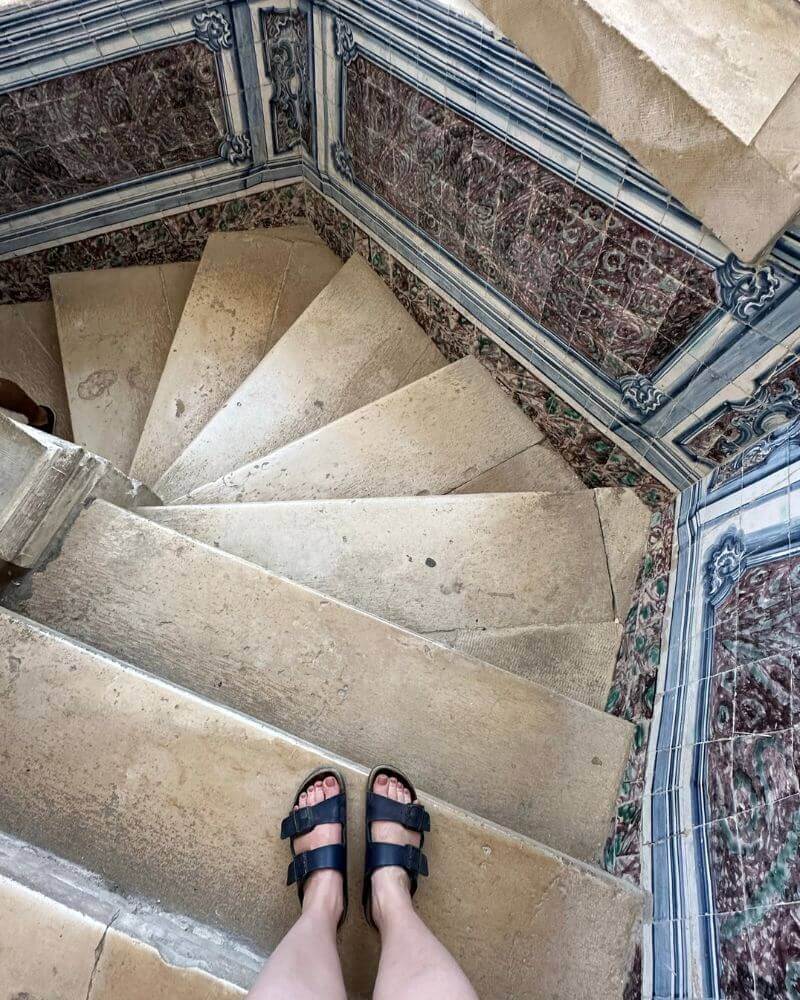
When packing for Coimbra, plan for lots of walking on uneven ground and pack for changes in weather — even in summer. Pack comfortable walking shoes for walking all day on the cobblestone streets and through historical sites.
Even if the forecast looks warm, you should expect mild and changing temperatures, so bring layers, including light jackets or sweaters, for cooler evenings. Given the potential for rain, a waterproof jacket or umbrella may be handy.
Of course, you should always pack your travel essentials , such as travel adapters, sunscreen, and any personal items you might need for a comfortable and enjoyable stay.
Where to Stay in Coimbra
Choosing the right neighborhood and the best places to stay in Coimbra depends on your preferences and travel priorities. Each area offers a unique atmosphere and proximity to different attractions.

Alta de Coimbra / Upper Coimbra
Alta de Coimbra has a medieval charm around the university, with narrow streets, historic buildings, and easy access to the University. Alta means high, so this is the city’s upper part. It is a downhill walk to many other attractions. Here, you’ll be surrounded by cultural and architectural landmarks.
Baixa, or downtown, is a bustling district with vibrant streets, diverse dining options, and lively markets. Staying here gives you easy access to shops, restaurants, bars, and the lively city atmosphere.
Santa Clara
This neighborhood provides a tranquil atmosphere by the Mondego River. Santa Clara offers a sort of escape from the city with scenic river views and easy access to the waterfront. While quieter, you’re still close enough to the city center to easily access attractions, shopping, and eating.
Santo António dos Olivais
This neighborhood is more residential than others, which are more touristy. This is a good pick if you want something that has a bit more tranquility but still has convenient access to key attractions. Santo António dos Olivais offers a mix of green spaces, historic sites, and a taste for what local life in Coimbra looks like.
Is Coimbra Safe?
Coimbra is generally considered quite a safe destination for tourists. The city has a reputation for being welcoming and friendly, with a relatively low crime rate compared to larger urban areas.

The historic center, where many main attractions are located, is well-patrolled by local police forces (without being too over the top) and tends to be safe for tourists.
However, as with anywhere, exercising standard safety precautions is important. Always be mindful of pickpockets, especially in crowded or very touristy spots.
Is Coimbra safe during the night?
Generally, the central areas remain safe even after dark. There are well-lit streets and a generally fun, lively atmosphere year round.
Coimbra is known for its lively student population , which means the city has quite a vibrant nightlife with plenty of things to do in Coimbra at night. Popular nighttime areas are the student quarter and the main squares, often frequented by locals and tourists alike throughout the evening.
Unfortunately, with these parties often comes excessive drinking — so always be on the lookout for antisocial behavior. It’s also wise to avoid poorly lit areas at night. Always use known public transportation or ride shares from reputable companies like Bolt or Uber.
Things to do in Coimbra: FAQs
Is it worth visiting coimbra .
Yes — it is absolutely worth visiting Coimbra. The medieval university is the centerpiece of its rich historical and cultural tapestry.

Beyond that, there is amazing architecture from throughout the city’s many centuries of history, a scenic riverfront, and plenty more to explore.
What is Coimbra best known for?
Coimbra is best known for its historic university, one of the oldest in Europe and the world. A UNESCO World Heritage Site, it was the only Portuguese-speaking university in the world for many centuries.
What is the most Instagrammable place in Coimbra?
The University of Coimbra’s Joanina Library is the most Instagrammable place in Coimbra. Specifically, the stunning Baroque architecture and the resident bats (yes, real ones) are Instagram-worthy gems.

How much time do you need in Coimbra?
Usually, 2 days in Coimbra or up to three days in Coimbra is ample time to explore the key attractions. That covers the university and the historic landmarks throughout the city and leaves time to wander through the charming neighborhoods and quaint cobblestoned streets.
Is Coimbra a day trip from Lisbon or Porto?
While it is possible to do a day trip to Coimbra from either Porto or Lisbon, it’s a long journey that will make your day busy trying to see all of the city.

It’s a good idea to consider staying overnight, allowing time for a more leisurely exploration of the city.
Is one day enough for Coimbra?
While a day in Coimbra is enough to catch a glimpse of the city’s beauty, extending your stay allows you to immerse yourself in the city’s history, culture, and vibrant atmosphere provided by the ancient university and its current student population.
Final Thoughts: Top Things to Do in Coimbra Portugal
If you’re wondering what to do in Coimbra for a day or two, hopefully, these 30 Coimbra attractions will help you and will also answer the question: is Coimbra worth visiting?
Still, Don’t Know Where To Start Exploring?
From the famous ancient university to new architecture and open green spaces, there are many things to see in Coimbra. Get ready to be enchanted and enthralled and to enjoy your Coimbra visit.
My name is Caitlin. I am from Vermont, USA. I have lived in Setúbal, Portugal since 2021. I work as a writer and editor as well as a teacher. Outside of work I love horseback riding, hiking, and exploring new places around the globe. I write about my travels at The Country Jumper.
Similar Posts
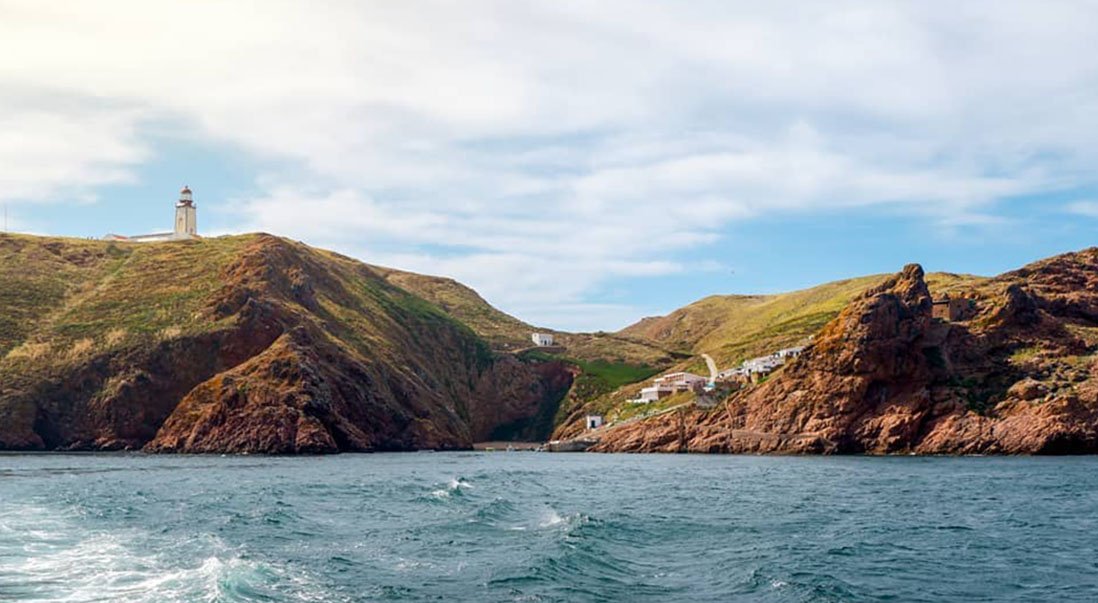
the Berlengas Islands: The Best Guide to Planning a Trip
Looking for the perfect half-day trip or a slower-paced day trip? The Berlengas Islands welcome you with activities and sights throughout the year. No matter when you go, it’s important to plan ahead when visiting this famous destination.
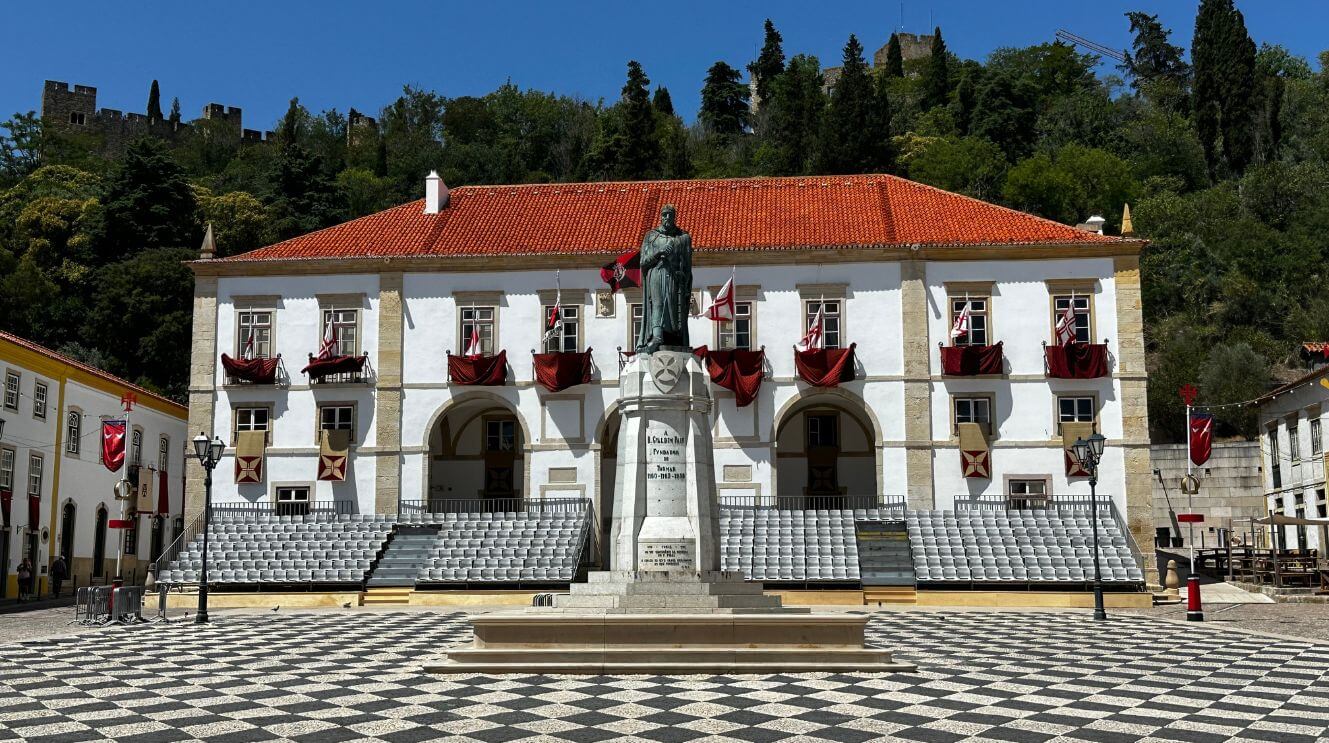
17 Best Things to Do in Tomar: A Complete Guide
Want to visit Tomar? You’re in the right place — this article outlines all the best things to do in Tomar, Portugal for an incredible visit.
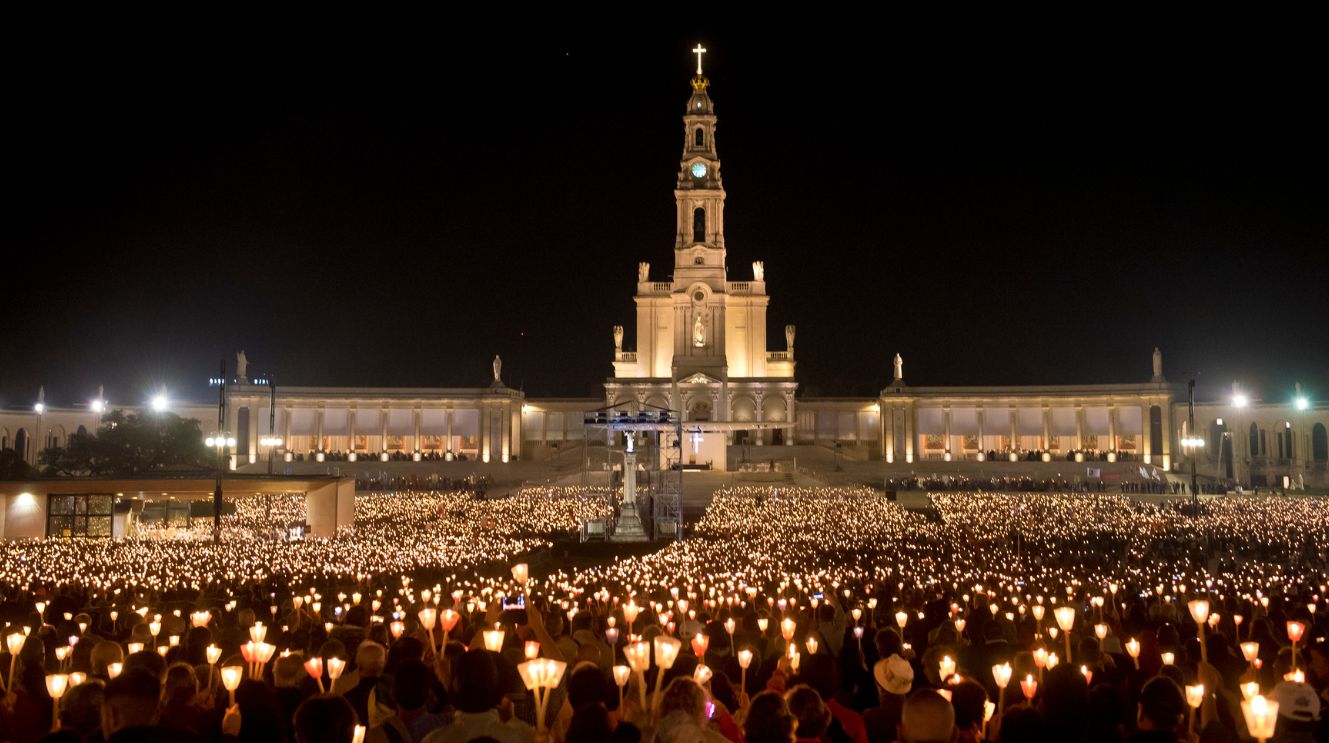
A Day Trip To Fatima From Lisbon: 7 Best Tours
Looking to go on a day trip to Fatima from Lisbon? You’re in luck — this article outlines the best day tours that you can take to this incredible site.
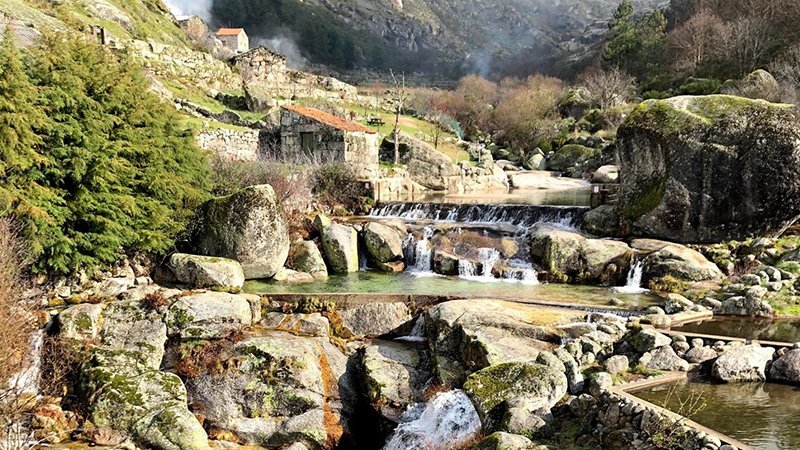
Exploring the Schist Villages of Portugal
Located in the center of Portugal, the Schist villages (Aldeias do Xisto) are one of Portugal’s hidden secrets. This…
© 2024 Now in Portugal | Privacy Policy | Disclosure Policy | Terms & Conditions Now in Portugal is a participant in the Amazon Services LLC Associates Program, an affiliate advertising program designed to provide a means for sites to earn advertising fees by advertising and linking to Amazon.com.
- Water Parks
E Z Portugal
Map of coimbra – portugal.
Below you can find a good map of Coimbra, Portugal, including all the major tourist sites and attractions, which will certainly be a precious ally to find your way around. Although the city is easy to discover, this will be a precious time saver.
This map is provided by the local tourism office and you can download and print it. Just click in the above image.
Related Posts
Weather in coimbra, how to get to coimbra, useful contacts.
Home > What to See and Do > Top 10 Must-See Attractions
Top 10 Things to Do and Must-See Attractions in Coimbra
The most extraordinary sights and the most memorable experiences.
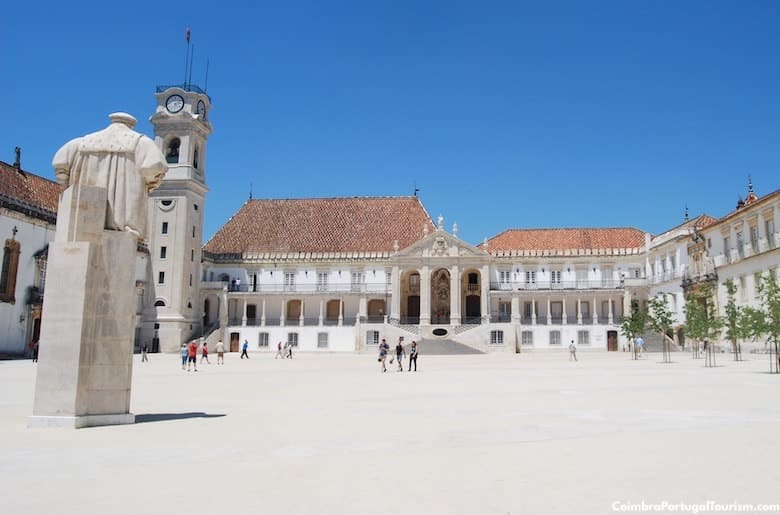
1. Coimbra University
One of only five universities in the world listed as a World Heritage Site , Coimbra University is also one of the oldest on the planet. It hides what is recognized as one of the world’s finest libraries , which was a gift of King João V in the early 1700s, filled with 300,000 books displayed around an extravagant display of gilt. Also golden is much of Capela de São Miguel, an ornate chapel with a brightly-painted ceiling, while another room that may be visited is the Sala dos Capelos (Graduates’ Hall), once used as an examination room and decorated with portraits of Portugal’s kings. The admission ticket includes visits to its surprising and fascinating museums of science and natural history.
See the Coimbra University Guide .

2. Conimbriga
Portugal’s largest Roman site is just 25 minutes outside Coimbra, and is remarkable for having some of the best-preserved mosaics in Europe . Conimbriga was once a rich Roman town, but was abandoned after the invasion of Germanic tribes in the 5th century (a small but informative museum tells the history and daily life of the place). Besides the mosaics (the most extraordinary of which show the four seasons and hunting scenes), the most eye-catching features are the pond-gardens and fountains.
See the Conimbriga Guide .
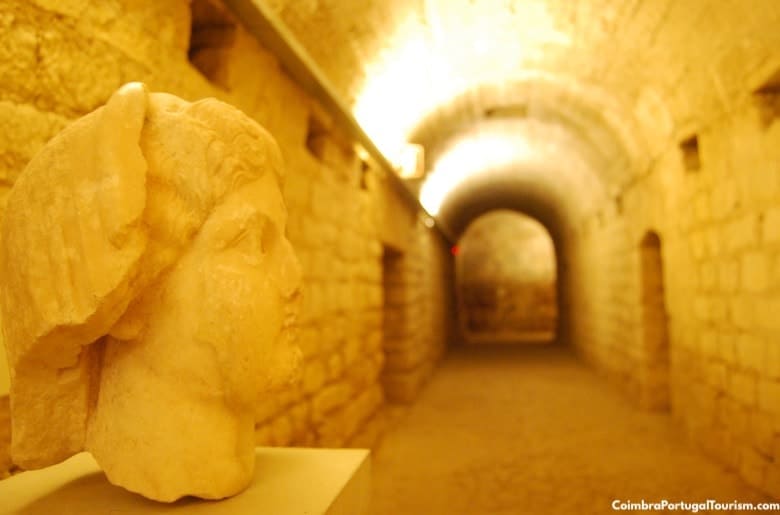
3. Machado de Castro Museum
Down the street from the university is the former bishop’s palace, which is now one of Portugal’s most important museums . Its collection of sculptures from the 14th to the 16th centuries stands out, but the vaulted passageways underneath it (that survive from the city’s Roman occupation) is the highlight, and it alone would be enough to make a visit here worthwhile.
See the Machado de Castro Museum Guide .
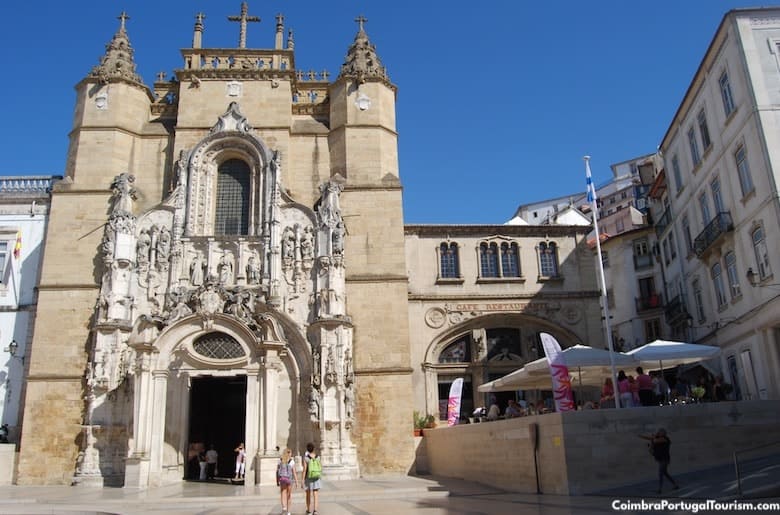
4. Santa Cruz Monastery
This 12th-century monastery was the reason why the university was established in Coimbra, as it was long known as a school and center of culture (St. Anthony was its most famous student). Behind the sculpted façade are the elaborate Gothic tombs of Portugal’s first two kings (in the church’s chancel), while the cloister is one of the purest examples of Manueline (Portuguese Gothic) architecture . Next door is Café Santa Cruz, a landmark coffee shop in a former chapel, preserving a high-vaulted ceiling, stained-glass windows and wood paneling.
See the Santa Cruz Monastery Guide .
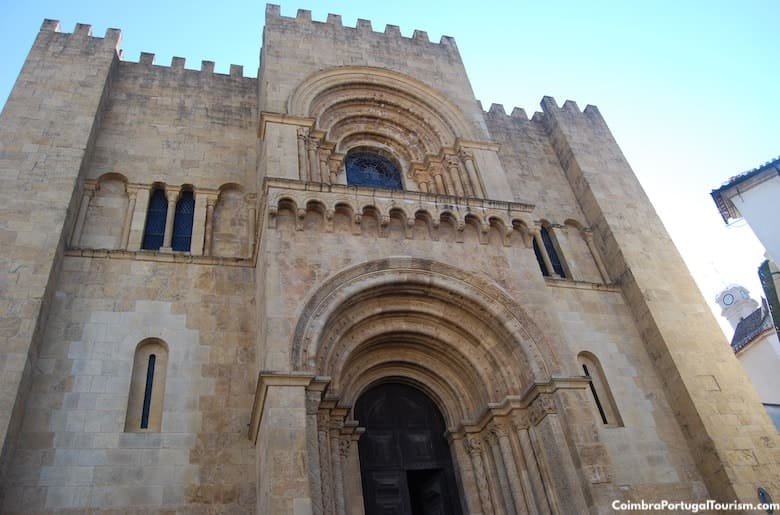
5. Old Cathedral
This fortress-church was the city’s first cathedral, built in the late 1100s. It’s only been slightly altered over its nine centuries, and therefore remains one of the greatest examples of Romanesque architecture in Portugal . The majesty of the interior only changed in the 1500s, with the addition of a gilded altarpiece.
See the Old Cathedral Guide .
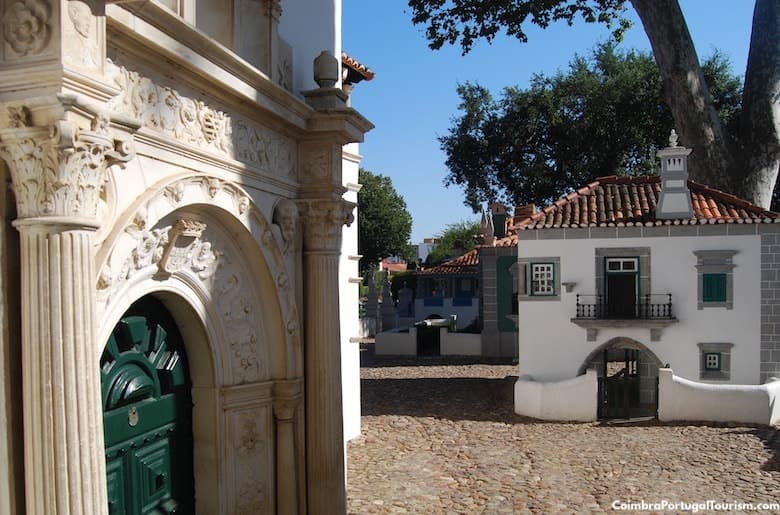
6. Portugal dos Pequenitos
This tiny open-air theme park is a small tour of Portugal through the country’s main landmarks, built to the scale of 5-year-olds . Part of the fun is posing for photos creating the illusion of giants standing next to monuments and inside homes. While meant as a family attraction, adults will enjoy the experience on their own.
See the Portugal dos Pequenitos Guide .
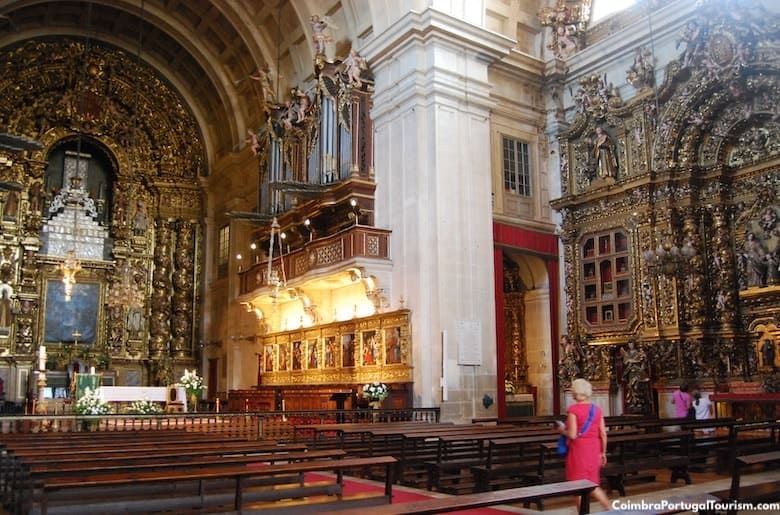
7. New Cathedral
A Jesuit church from 1598 became Coimbra’s most important building when it was made a cathedral in 1759. The choir stalls and a Manueline font were brought from the old cathedral, but splendid baroque altarpieces cover the new interior.
See the New Cathedral Guide .
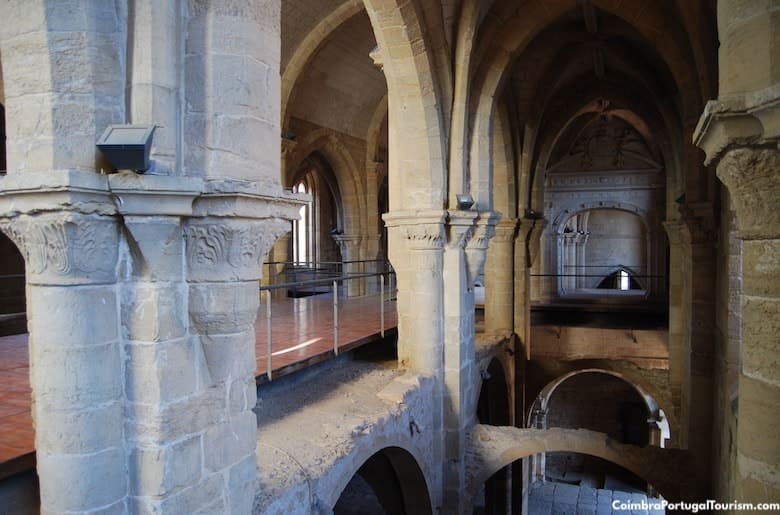
8. Santa Clara-a-Velha Monastery
Two decades of careful renovation brought these Gothic ruins back to life. It’s an old monastery founded in 1330, that had been sinking by the river since the 17th century. A museum now explains its past and the impressive renovation work through film, and it’s possible to walk around the atmospheric ruins.
See the Santa Clara-a-Velha Monastery Guide .
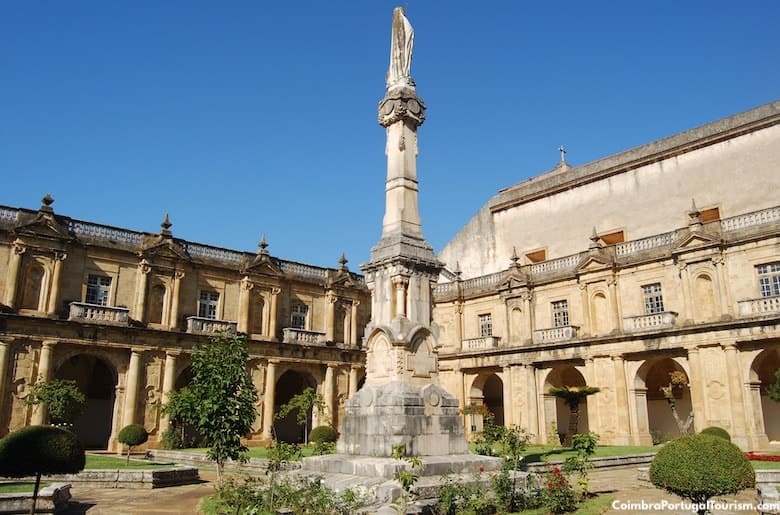
9. Santa Clara-a-Nova Monastery
When the old (“velha”) Santa Clara Monastery started flooding and sinking, it was decided that a new (“nova”) Santa Clara monastery had to be built. The chosen site wasn’t very far, at the top of a hill, so there would never be a problem with flooding. It didn’t recreate the Gothic architecture, and was instead designed in the baroque style of the time. It was dedicated to Queen Saint Isabel, and the church given a magnificent gold-covered altarpiece .
See the Santa Clara-a-Nova Monastery Guide .
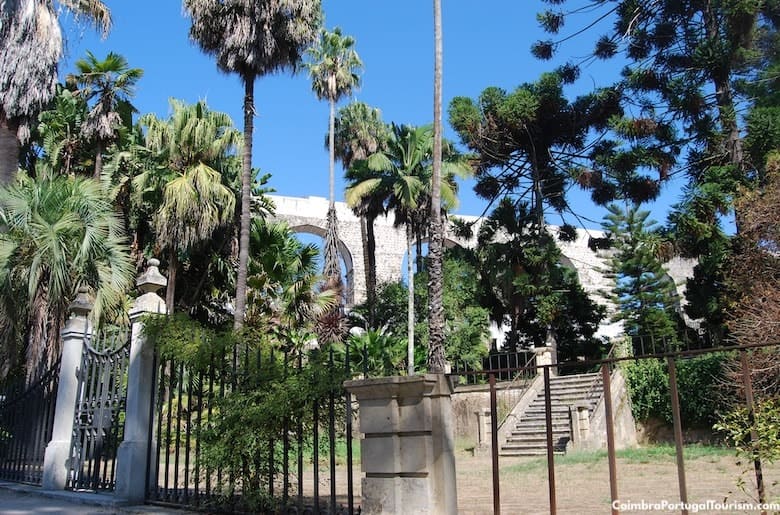
10. Botanical Garden
Located down the hill from the university, by a 16th-century aqueduct, this botanical garden was laid out in 1772, and was considered one of the world’s finest. It was used by the university to teach natural history and medicine, and has hundreds of rare and exotic plants from around the world . There’s also a greenhouse added in 1859, which was one of the first iron-and-glass buildings in Portugal.
See the Botanical Garden Guide .
Complete Coimbra Guide
What to see & do.
Top 10 Attractions
Suggested Itinerary
Parks and Gardens
Coimbra University
Old Cathedral
New Cathedral
Santa Cruz Monastery
Santa Cruz Café
Machado de Castro Museum
Largo da Portagem
Praça do Comércio
Almedina Arch
Santa Clara-a-Velha Monastery
Santa Clara-a-Nova Monastery
Botanical Garden
Bissaya Barreto Museum
Portugal dos Pequenitos
Quinta das Lágrimas
São Francisco Convent
Where to Stay
Top 10 Hotels
How to Get There
Coimbra Transportation
Transportation from Lisbon
Transportation from Porto
Portugal Travel Guides
Lisbon Beaches
World Map » Portugal » City » Coimbra
Coimbra Maps
Coimbra Location Map
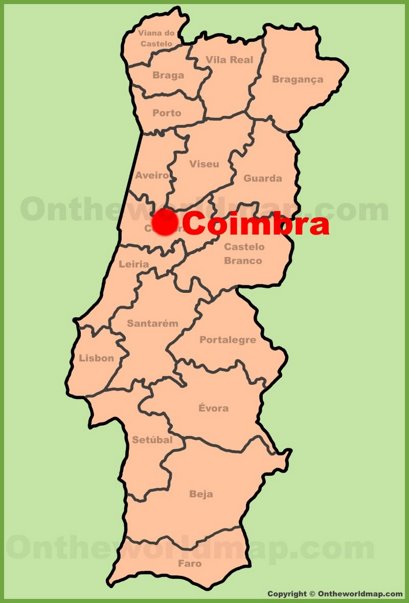
Online Map of Coimbra
Detailed map of Coimbra
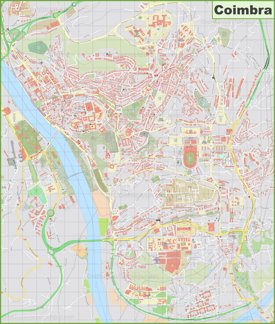
Coimbra tourist map
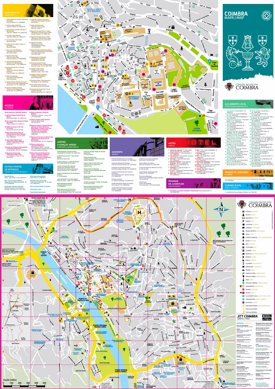
Coimbra city center map
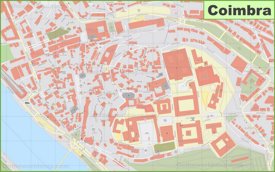
About Coimbra
Portugal maps
- Portugal map
Cities of Portugal
- Praia da Rocha
Regions of Portugal
- North America Map
- South America Map
- Oceania Map
Popular Maps
- Australia Map
- Germany Map
- Singapore Map
- United Arab Emirates Map
- United Kingdom Map
- United States Map
- New York City Map
- Los Angeles Map
U.S. States
- California Map
- Colorado Map
- Florida Map
- Georgia Map
- Illinois Map
- New York Map
- North Carolina Map
- Virginia Map

Home » Travel Guides » Portugal » 15 Best Things to Do in Coimbra (Portugal)
15 Best Things to Do in Coimbra (Portugal)
On the high banks of the Mondego River, Coimbra is a city with the oldest university in the country.
The prestige of this school will hit you when you step onto the Paço das Escolas courtyard.
In this rich ensemble of buildings is one of the finest libraries you’ll ever set foot in.
The university is found precisely where Portugal’s first kings had taken up residence centuries before, and the city’s monasteries have tombs for these rulers.
For culture, you’ll learn about the tragic love affair between the medieval Prince Pedro I and the noblewoman Inês, while Coimbra has its own genre of fado music that also originated at the university.
Lets explore the best things to do in Coimbra :
1. University of Coimbra

The oldest university in Portugal is a World Heritage Site, high on a hill in the middle of the city.
It’s a big tourist draw and has hundreds of years of history to show off.
You could scale the 180 steps in the 16th-century tower at the highest point of the university for an awesome perspective of the city.
Also well worth your time is the Sala dos Capelos, the 17th-century ceremonial hall and you need to survey the magnificent ensemble on the Paço das Escolas courtyard.
Unruly students were locked up at the students’ prison, and you’ll begin the whole experience by crossing the Iron Gate, which was once the entrance to Coimbra’s medieval citadel.
2. Biblioteca Joanina

This esteemed Baroque library is on the Paço das Escolas, where Portugal’s earliest kings once lived.
It goes back to the 1720s and needs to be seen to be believed.
The library is composed of three vast salons, bounded by monumental doorways.
Each salon has tall lacquered and gilded shelves, and enormous study tables made with dark hardwood shipped over from Brazil.
There are more than 250,000 volumes here, dating from the 1500s to the 1700s and dealing with history, geography, medicine, law and science.
One of the curious things you’ll learn about the library is that it maintains a colony of bats bred to eat insects that would damage the books.
3. Chapel of São Miguel

The university’s chapel is from the first decades of the 16th century and abounds with history and sumptuous fittings.
The main portal is Neoclassical and from the 18th century, but if you step across to the side entrance there are some extraordinary Manueline carvings.
The walls and ceiling of the choir are festooned with colourful 17th-century azulejos, manufactured in Lisbon but with a clear Dutch inspiration.
The altarpiece is held as a Mannerist masterpiece and has 16th-century paintings of the life of Christ.
Last up is the working organ, with a gleaming Baroque case and dating to 1733.
4. Machado de Castro National Museum

With a very atmospheric venue Coimbra’s episcopal palace, this fantastic Museum is named for the 18th and 19th-century sculptor, Joaquim Machado de Castro.
The building was constructed in phases from medieval times onwards, and is found at the same site as Coimbra’s Roman forum.
A vestige of this ancient history, the cryptoporticus (covered passageway) is preserved in the lower levels.
The museum’s art has been curated from regional churches and other defunct religious institutions.
You’ll browse the largest collection of sculpture in any Portuguese National Museum, as well as tapestries, ceramic altarpieces and a catalogue of paintings from the 15th to the 19th centuries.
5. Monastery of Santa Cruz

Rooted in the earliest years of the Portuguese monarchy, this monastery goes back to the 12th century.
The architecture though is later, with a 16th-century Manueline design summed up by the captivating decoration on the main portal, ceiling and cloister outside.
Later that same century the pulpit and gilded wooden stalls were added in a resplendent Renaissance style.
But the big story at the monastery has to be the tombs of Portugal’s first two kings, Afonso Henriques and Sancho I. They reigned in the 12th century and in the 1500s their remains were transferred to a marvellous Manueline ensemble sculpted by Nicolau Chanterene.
6. Old Cathedral of Coimbra

Back when Coimbra was a frontier between Christianity and Islam, King Afonso Henriques established this Romanesque cathedral.
It was built not long after his victory over the Moors at the Battle of Ourique in 1139, and unlike other churches of its day has kept a lot of its Romanesque character.
You’ll know that you’re at a boundary between worlds when you approach the austere facade, which is capped with crenellations and has only slender openings in its wall.
Inside, the primitive barrel vault hints at the great age of the cathedral, and the column capitals have wonderful foliate, geometric and bestial designs.
Lovers of medieval art will have 380 of these masterful capitals to inspect!
7. Monastery of Santa Clara-a-Velha

Yet another monument intertwined with Portuguese medieval history, the Gothic Monastery of Santa Clara-a-Velha has the added mystique of once submerged by the river.
It dates to the 1300s but after the Mondego had flooded over hundreds of years the site was abandoned in the 1600s when the convent’s nuns moved to higher ground and founded the Monastery of Santa Clara-a-Nova.
This site was turned into a proper attraction in the noughties, when an interpretation route and visitor centre were set up.
At the centre you’ll get to see short film about the monastery, including its foundation by the 14th-century Queen Elizabeth.
She is buried at the monastery in an imposing Gothic tomb.
8. Pedro e Inês Bridge

An integral part of any walking tour in Coimbra, the Pedro e Inês Bridge is a footbridge that opened in 2007. As well as gifting you a photogenic view of the university on the right bank, the bridge has a cool, clever design.
It doesn’t actually meet in the middle; instead there are two cantilevered walkways, joining at the middle to create a wide viewing platform.
The balustrade is also snazzy, made from sheets of yellow, pink, blue and green glass in an irregular geometric pattern.
9. Quinta das Lágrimas

That footbridge is named for the story of the 14th-century figures Pedro I the future king and Inês de Castro, his wife’s lady in waiting.
They had a long affair, with Inês bearing four children, before she was assassinated in Coimbra on Pedro’s father’s orders in 1355. The park at the Quinta das Lágrimas (Estate of Tears) is supposedly where she died.
The story goes that she was killed at the fountain; her blood is meant to have stained the stone on the fountain.
The palace at the estate is now a pousada (heritage hotel), but the park is open to visitors.
10. Penedo da Saudade

East of the university is a hilltop garden, gazing out over a large sweep of Coimbra and the Mondego River, as well as the Lousã and Roxo mountains.
This is meant to be where Pedro would come to grieve for Inês, and since the 19th century has been adopted as a hangout for Coimbra’s students.
It’s a place for romantic encounters, and on the rocky walls of the garden are more than a century’s worth of plaques inscribed with poems (some about love, others lamenting homesickness), or commemorating distant events in the university’s past.
11. New Cathedral

The name “New Cathedral” (Sé Nova) is a little deceiving as this fine church is almost 500 years old.
It began as a Jesuit temple, and the exterior has a Mannerist and Baroque design.
The lower half is older and more sober, with pediments and niches, while the top half has far more lavish sculpture, composed of pinnacles, scrolls and a coat of arms.
Not long after the Jesuits were thrown out of Portugal in 1759, this church was picked for the new cathedral because of its ample size.
A few ornaments were brought from the Old Cathedral, like the 17th-century choir stalls, gilded reredos and the marvellous baptismal font, carved from stone in the Manueline style at the start of the 1500s.
12. Botanic Garden

The University’s Botanic Garden was founded in 1772 for the medical and natural history faculties.
The influential botanist Avelar Brotero used the gardens in the early 19th century, founded several publications based on his findings here and also set up the university’s school for botanical studies.
The garden covers 13 hectares, and on the Quadrado Central towards the top of the hill there are several trees planted in Brotero’s day, like the Japanese sugi pine and the coral tree.
Lower in the valley is a bamboo plantation and forest with 51 eucalyptus species.
You might notice you have brown squirrels for company; these were introduced to the park, starting with six couples in 1994.
13. Portugal dos Pequenitos

Monasteries, libraries and churches aren’t necessarily for youngsters.
So if you need some child-friendly inspiration in Coimbra try this park near the Monastery of Santa Clara-a-Nova.
The attraction began in 1938 and was developed over the next 20 years.
Across eight zones there are kid-sized scale models of Coimbra and Portugal’s most famous monuments, as well as landmarks in the country’s former colonies in Africa, South America and Southeast Asia.
There’s a miniature train at the park, as well as a small museums for costume, furniture and the Portuguese Navy.
14. Queima das Fitas

At a university as old as Coimbra’s there are bound to be some eccentric customs.
One is the Queima das Fitas (Burning of the Ribbons). This ceremony in May has been picked up by other institutions around Portugal, but in Coimbra it has even been elevated to a tourist attraction.
There are parades, dances and music performances: In one memorable event the students dressed in their faculty colours gather in front of the Old Cathedral for the traditional Coimbra Fado serenade.
The actual burning takes places at the Largo da Feira, when their faculty ribbons are set alight in a time-honoured ceremony to bring their university days to an end.
15. Conímbriga

Possibly the largest, but definitely the most intact, Roman ruins in Portugal are a few minutes from Coimbra in Condeixa-a-Nova.
This was once a walled city, with defences that went on for 1,500 metres.
When you arrive there’s a visitor centre with some of the finds made on this site, around 10% of which has been excavated so far.
The domus, Casa dos Repuxos (House of the Fountain) is a spectacular aristocratic abode sheltered by a modern glass canopy.
It dates to the 1st and 2nd centuries and has an elaborate fountain, mosaics and traces of a painted mural.
15 Best Things to Do in Coimbra (Portugal):
- University of Coimbra
- Biblioteca Joanina
- Chapel of São Miguel
- Machado de Castro National Museum
- Monastery of Santa Cruz
- Old Cathedral of Coimbra
- Monastery of Santa Clara-a-Velha
- Pedro e Inês Bridge
- Quinta das Lágrimas
- Penedo da Saudade
- New Cathedral
- Botanic Garden
- Portugal dos Pequenitos
- Queima das Fitas
MyPortugalHoliday.com
The best independent guide to Central Portugal
Where to go in Portugal? - Batalha - Coimbra - Ericeira - Elvas - Evora - Nazaré - Peniche - Tomar
Coimbra, Portugal in 2024: an independent travel guide
Coimbra is regarded as the university city of Portugal, but for over 100 years it was the medieval capital of the country. This interplay of ancient history and progressive student ideals come together in Coimbra to form a fascinating tourist destination.
As a tourist, there are three distinct aspects to Coimbra; the modern city, the university and the ancient past. Modern Coimbra is a city energised by the large student population, boasting a colourful nightlife and flourishing artisan scene.
The university brings the heritage, awe-inspiring faculty buildings and deep-rooted traditions of one of the world’s oldest universities. Finally, there is ancient Coimbra, with Moorish fortifications, Gothic religious buildings and tales of legends and miracles.
Coimbra is a city for unique travel experiences; be it an intimate Fado performance, an authentic Portuguese meal or being caught up in some chaotic student tradition. Strangely, Coimbra is often rushed through by foreign visitors or worse simply overlooked. But spend time in Coimbra, and you will discover a truly magical city.
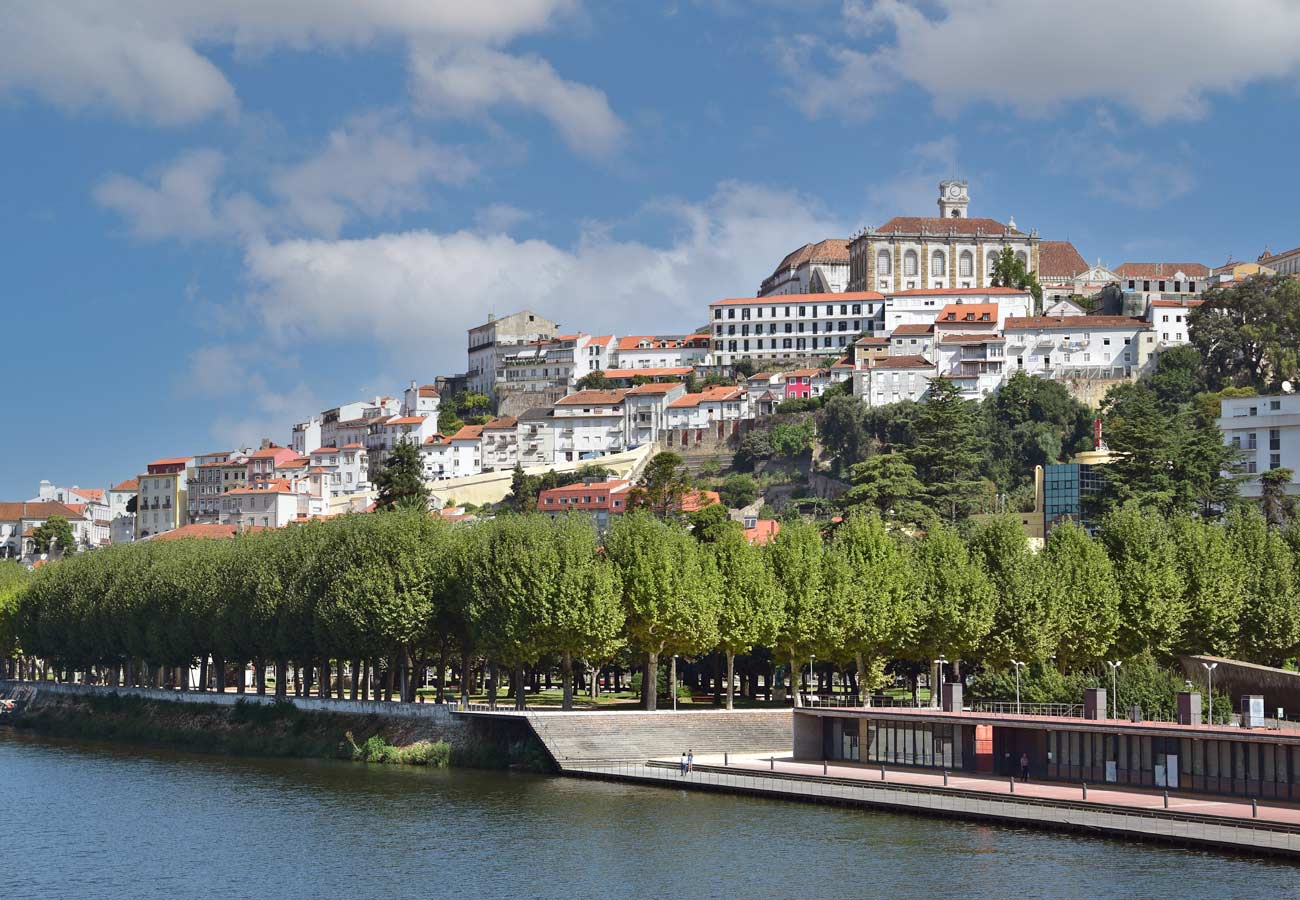
The university complex stands high above the rest of the city and the Mondego River
The best of Coimbra

The magnificent university complex, set around a former royal palace. Highlights including the stunning library, the grand ceremonial hall and the panoramic city views from the tower.

A performance of Fado, traditionally sung by students to woo the women of the city.
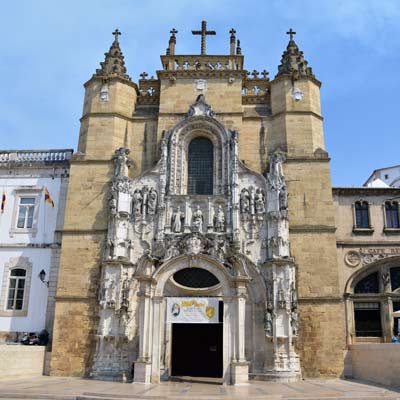
The gothic Igreja de Santa Cruz, Coimbra’s most historically important church
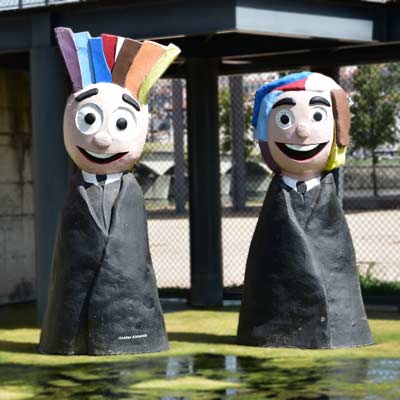
The underlying university and student influence, with progressive ideals, artisan scene and bizarre initiation rites.
Coimbra needs more than 2 hours!
Many tourists visit Coimbra as part of a coach or guided tour, which typically spend less than two hours in the city. This short time barely scratches the surface of this vibrant city.
Coimbra at a minimum requires one full day of sightseeing, while the day trips and attractions in the region surrounding could extend a visit to four or five days. Coimbra offers the largest selection of restaurants and liveliest nightlife of central Portugal, and is an enjoyable city to be based in. Even if you are limited by time, it is worth spending at least one night in the city before heading to your next destination.
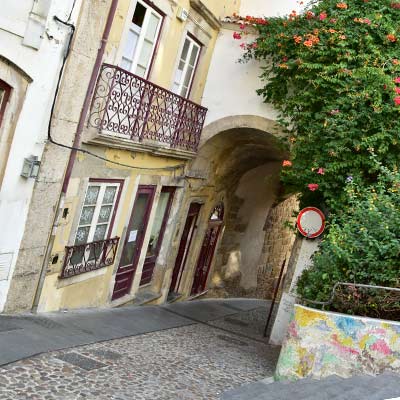
A rushed tour will not allow you enough time to explore the charming cobbled backstreets
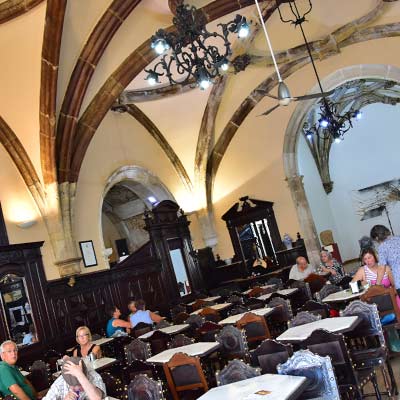
or enjoy a relaxed coffee and sweet pastry in the Café Santa Cruz
Coimbra as a day trip
Coimbra is a fascinating destination for a day trip, and highly recommended when travelling between Lisbon and Porto.
Below is an interactive map of our suggested 1-day tour of Coimbra, and the tour begins and ends at the train station.
Sights along the tour route: 1) Igreja de São Tiago 2) Café Santa Cruz 3) Igreja de Santa Cruz 4) Jardim da Manga 5) Porta de Barbacã 6) Torre de Anto 7) Sé Velha 8) Museu Nacional Machado de Castro 9) Sé Nova 10) Aqueduto de São Sebastião 11) Jardim Botânico 12) Biblioteca Joanina 13) Torre da Universidade de Coimbra 14) Parque Verde do Mondego 15) Ponte Pedonal Pedro e Inês 16) Mosteiro de Santa Clara-a-Velha 17) Mosteiro de Santa Clara-a-Nova 18) Portugal dos Pequenitos 19) Ponte de Santa Clara
The above route is 8km and involves climbing some very steep hills around the university. The day can be shortened by excluding the Parque Verde do Mondego (14) and the Ponte Pedonal Pedro e Inês (15) .
Within Coimbra, there are two distinct sections of the city; the Cidade Alta (high town) and Baixa (lower). The medieval city was divided between the classes, with the nobles and clergy at the highest point of the city, while the poor were close to the Mondego River, which frequently flooded.
The university complex is found at the top of the city, with the vibrant Baixa district further down the hill, and is where the shops, bars and restaurants tend to be centred.
Have you considered a small group tour to Coimbra? An organised tour is a great way to discover Coimbra and the surrounding region. Tours provide knowledgeable guides and are able to pack so much more into a single day of sightseeing. Some of the best tours that visit Coimbra include: • Coimbra and Aveiro full day tour, from Lisbon • Coimbra and Fatima from Porto • Coimbra and Buçaco from Porto
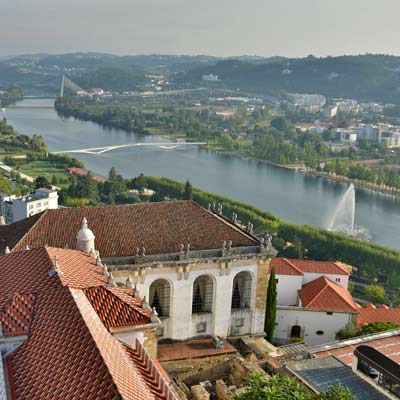
The view from the top of the Torre da Universidade
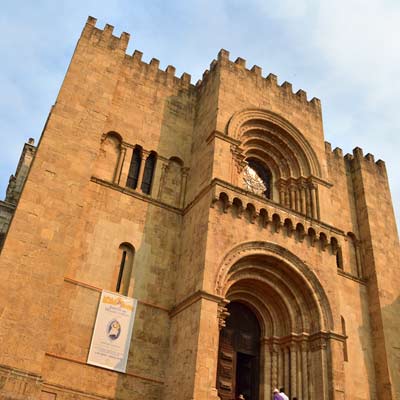
The Sé Velha – the Old Cathedral
Day trips from Coimbra
There is a lot to do and see within the Coimbra region, with many enjoyable day trips. The Roman ruins of Conímbriga are regarded as some of Portugal’s finest, and include the largest Roman villa in western Europe along with beautifully preserved mosaics.
The tranquil Buçaco forests (Mata Nacional do Buçaco) were grown by Carmelites monks as a retreat from the outside world. Contained within the forest is the grand Fonte Fria, a spring-fed water cascade, and the wonderous Buçaco Palace, along with scenic hiking trails.
Along the coast is Figueira da Foz, with its magnificent beach, and a favourite with the Portuguese during the summer months.
With a car, you could explore the scenic Schist Villages, which extend over the Serra da Lousã hills and the Zêzere river valley. This is a stunning region of lush forest, mountains and ancient hamlets with houses constructed from dark schist stones.
Hotels in Coimbra The map below shows the location of the best hotels and accommodation in Coimbra. If you adjust the dates to your stay, it will display current prices and availability.
Coimbra tourist sights
Coimbra university.
Coimbra university has over 20,000 students spread over 8 faculties, but only the former royal palace complex is of interest to visitors. The majority of the university is housed in utilitarian 1960s tower blocks, which are characterless and out of keeping with the rest of historic Coimbra.
The Alcaçova Palace was donated to the university by king João III in 1537. This historic university building is centred around the Paço das Escolas plaza, with three wings and an open side overlooking the city.
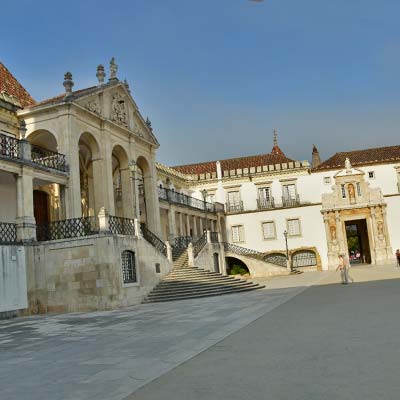
The Palace Gate and former entrance to the palace
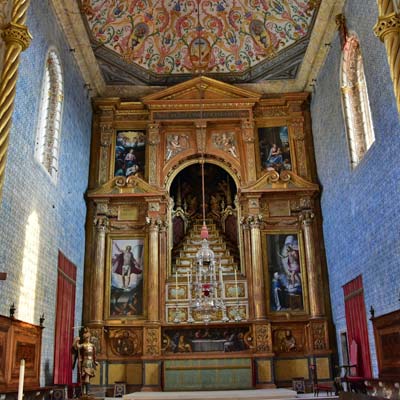
The beautiful interior of the Capela de São Miguel
Open to visitors are, the Royal Palace staterooms, the Biblioteca Joanina, the Capela de São Miguel and the Torre da Universidade. The Biblioteca Joanina is a magnificent Baroque library containing over 200,000 books, and a colony of bats to protect the books from insects!
The Royal Palace contains many grand staterooms, including the Sala dos Atos Grandes, the former throne room, now used for university ceremonies. The decorative Capela de São Miguel was the king’s private chapel and is adorned with beautiful azulejo tiles.
The Torre da Universidade was constructed as a clock tower and from the top provides wonderful panoramic views of Coimbra.
The university botanical gardens can also be visited, but these are at the base of 125 steps, which keeps all the students fit.
The admission fee to view all of the historic university buildings is €12.50 or €7 excluding the library, but it is free to enter the Paço das Escolas.
Insight: The Biblioteca Joanina is the highlight of the visit, but tickets are sold with an exact entry time. Spaces do sell out, so either visit early in the day or book tickets from the Coimbra university website: https://visit.uc.pt/pt/program-list
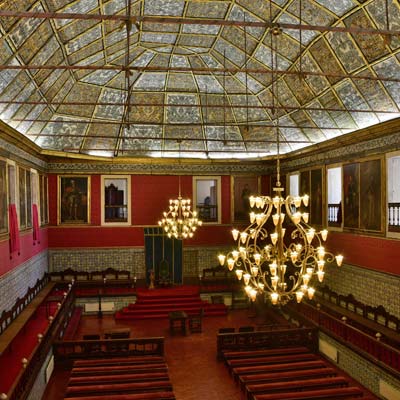
The Sala dos Atos Grandes
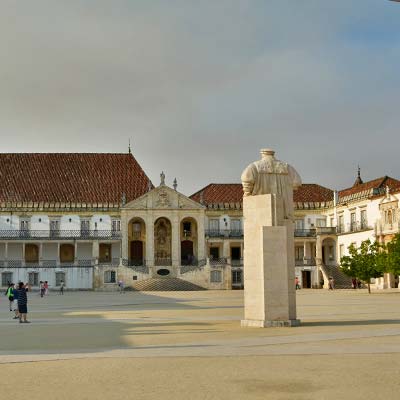
Standing at the centre of the Paço das Escolas is a statue of King João III
Repúblicas de Coimbra
The Repúblicas de Coimbra are the houses where the students live, and their dilapidated style can be seen throughout the city. Often adorned with provocative or radical posters and urban art, they were originally commissioned by King Dinis in the 14th century. They have always been associated with progressive politics and fringe ideas.
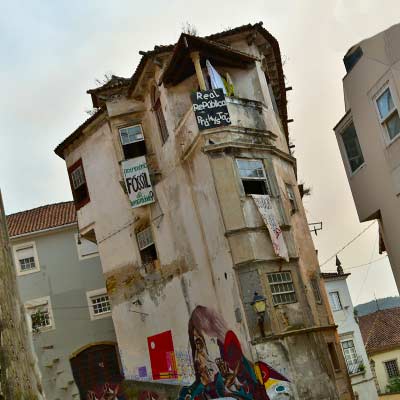
Mosteiro de Santa Clara-a-Velha
The 14th century Mosteiro de Santa Clara-a-Velha sits on the left banks of the Mondego, but was abandoned in 1647 after the complex was flooded routinely by the winter rains. Only in 1995 was the submerged level excavated and found to be in a good state of preservation.
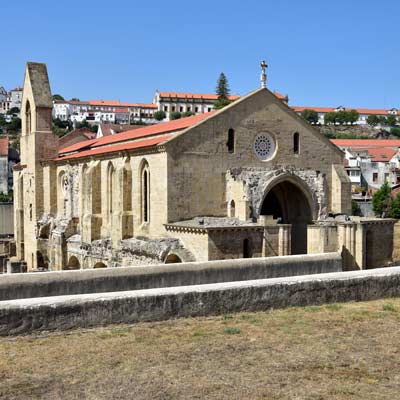
Saint Isabel and her roses
Coimbra is the setting for the fable of Queen Isabel de Aragão, a much-loved tale in Portugal. During the famine of 1293, queen Isabel would donate food to the poor from the royal kitchens, unbeknown to the king (Dinis I). One day the queen was caught by her husband hiding bread under her apron, and when the king demanded to see what was under the clothes the bread changed into roses. Queen Isabel was beatified in 1526 and, according to legend, her coffin inside the tomb at the Santa Clara-a-Nova Monastery, smells of roses.
Travel to Coimbra
Coimbra has excellent public transport connections, being served by the main north-south (Lisbon to Porto) railway and as bus hub for the entire region.
There are numerous express train services which connect Coimbra to Lisbon or Porto, and routes are fast (1h36 from Lisbon, 1h12 from Porto) and relatively inexpensive; €25.70 Lisbon to Coimbra (single) €18,70 Porto to Coimbra (single). This means that Coimbra is ideal if you are touring Portugal and reliant on public transport. Related articles: Lisbon to Coimbra – Porto to Coimbra
Discover more of central Portugal with our guides

Discover Portugal's vibrant capital: history, culture, and modern charm unite

Explore fairy-tale palaces and lush gardens in this UNESCO wonderland

Discover Cascais' coastal charm where centuries old tales meet modern luxury

Step into medieval Portugal, a walled town fit for queens and explorers
Serra da Arrábida

Hike stunning mountains and relax on secluded beaches south of Lisbon

Uncover centuries of history in the heart of Portugal's Alentejo region

Immerse in authentic Portuguese life in this bustling fishing hub

Escape to this beloved beach town for sun, sea, and local flavour

Unravel centuries of Templar history in Tomar's enchanting medieval streets
Costa da Caparica

Surf and sun on 13km of golden sands in this lively coastal resort

Experience spiritual wonder at Portugal's most important pilgrimage site

Witness record-breaking waves and traditional charm in this coastal gem

Marvel at gothic splendor in this monastery of great historical significance

Ride waves and soak in charm in Portugal's trendy surf capital

Discover a surfer's paradise amidst a traditional Portuguese fishing port
V ila Nova de Milfontes

Experience authentic coastal life in Portugal's unspoiled Alentejo region

Explore a fortified border town steeped in centuries of strategic history

Indulge in exclusive beaches and luxurious seclusion on this peninsula

Escape to wild islands: a sanctuary for seabirds and marine life

Enjoy sophistication and golden sands on Lisbon's glamorous riviera
A complete list of all of our guides to central Portugal
- Obidos Introduction
- Things to See in Obidos
- Obidos day trip
- Lisbon to Obidos
- Tomar Introduction
- Things to see in Tomar
- Lisbon to Tomar
- Evora Introduction
- Evora Things to See
- Day Trip to Evora
- Lisbon to Evora
- Capela dos Ossos
- Evora or Sintra?
- The Alentejo region
- Fatima introduction
- Lisbon to Fatima
- Mafra Introduction
- Lisbon to Mafra
- Ericeira introduction
- Lisbon to Ericeira
- Ericeira beaches
Central Portugal
- Alcobaça monastery
- N2 road tour
- São Martinho do Porto
Portugal Guides
- Where to go in Portugal
- 1 week in Portugal
- A weekend in Portugal
- When to visit?
- Portugal's best beaches
- Top 10 Portugal
- Portugal airports
- Portugal for families
- Lisbon to Porto tour
- Where to live in Portugal
- Portugal in January
- Portugal in March
- Portugal in June
- Portugal in July
- Portugal in August
- Portugal in September
- Portugal in November
- Portugal in December
- Portugal in the winter
- Sintra introduction
- Sights of Sintra
- Day trip to Sintra
- Lisbon to Sintra
- Sintra beaches
- Sintra tourist bus 434
- Palacio da Pena
- Palácio de Monserrate
- Quinta da Regaleira
- Parque da Pena
- Castelo dos Mouros
- Cascais introduction
- Day trip to Cascais
- Cascais beach guide
- Cascais sights
- Cabo da Roca
- Lisbon to Cascais
- Sesimbra introduction
- Sesimbra sights
- Sesimbra's beaches
- Lisbon to Sesimbra
- Cabo Espichel
- Setubal introduction
- Setubal sights
- Day trip to Setubal
- Setubal's beaches
- Serra da Arrabida
- Peninsula de Troia
Near Lisbon
- Fonte da Telha
- Lagoa de Albufeira
- Praia das Macas
Lisbon Guides
- Lisbon introduction
- Lisbon top 10
- Secret Lisbon
- Lisbon beach guide
- 24 hours in Lisbon
- 48 hours in Lisbon
- 3 days in Lisbon
- Lisbon in 5 Days
- 1 Week Lisbon
- Lisbon day trips
- Where to stay?
- Lisbon shopping
- Lisbon Parks
- Lisbon on a wet day
- Museums and galleries
- Alfama District
- Baixa District
- Belem District
- Parque Nações
- Alcântara District
- Graça District
- Cais do Sodré
- Lisbon airport
- Lisbon Metro
- Castelo de São Jorge
- Elevador Santa Justa
- Torre de Belém
- Elevador da Bica
- Elevador do Lavra
- Elevador da Gloria
- Praça do Comercio
- Mosteiro dos Jerónimos
- Padrão dos Descobrimentos
- Lisbon Viewpoints
- Miradouro da Graça
- São Pedro de alcantara
- Senhora do Monte
- Lisbon to Belem transport
- Costa da Caparica Portugal
- Lisbon at Christmas
- Santos Populares
- Lisbon for Families
- Lisbon for Seniors
- Cristo Rei Christ
- Lisbon Markets
- Ponte 25 de Abril
- Príncipe Real
- Free Lisbon
- Is Lisbon Walkable
- Lisbon Budget
- Driving in Lisbon
- From the airport
- To Cristo Rei
- Lisbon to Porto
- Lisbon tram guide
- Lisbon Ferries
North Portugal
- Douro Valley
- Serra da Estrela
- Viana do Castelo
- Porto where to stay
- How Long in Porto
- Porto sightseeing
- Porto beaches
- Porto in 1 Day
- Porto in 3 Days
- Porto 1 Week
- Foz do Douro
- Linha do Douro
- Port Cellars
- Airport to City
- Porto Trams
South Portugal
- Algarve introduction
- Albufeira guide
- Albufeira activities
- Albufeira beaches
- Day trip to Albufeira
- Albufeira boat trips
- Carvoeiro beaches
- Percurso dos Sete Vales hike
- Sights and activities
- Faro beaches
- Funchal introduction
- Lagos guide
- Lagos beaches
- Praia da Marinha
- Praia da Rocha
- Praia da Rocha beaches
- Tavira guide
- Tavira sights
- Tavira Beaches
- Vilamoura beaches
- Vila Nova de Milfontes
Discover Coimbra, Portugal in 2024: an independent and expert travel guide © 2024 MyPortugalHoliday.com - Privacy Policy

Discover more of Portugal

Coimbra Guide: What It’s Like to Live in Coimbra
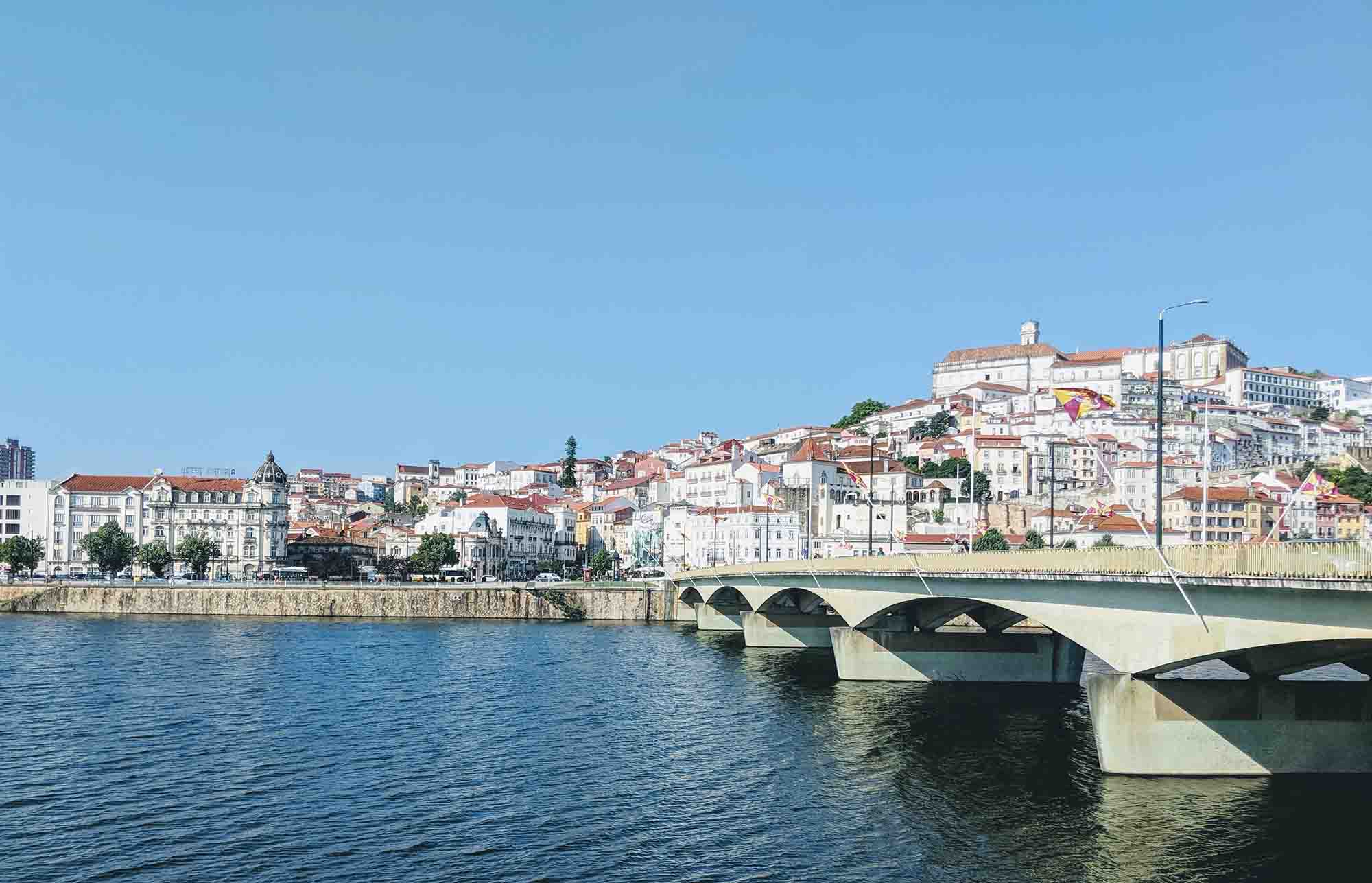
Coimbra, nestled in the heart of central Portugal, is a city steeped in history and academic tradition. With a population of around 140,000, it offers a unique blend of old-world charm and youthful energy.
Known as the “City of Students,” Coimbra is home to one of the oldest universities in Europe, dating back to 1290. This prestigious institution infuses the city with a vibrant, international atmosphere.
Living in Coimbra allows you to experience the essence of Portuguese culture while enjoying the amenities of a modern city. The historic centre, perched on a hill overlooking the Mondego River, is a maze of narrow, cobblestone streets and ancient buildings.
Below, the lower town buzzes with shops, cafes, and restaurants. The city’s size strikes a perfect balance – large enough to offer diverse cultural experiences, yet compact enough to maintain a strong sense of community.
While not as popular with expats as Lisbon or Porto, Coimbra is gaining attention from international residents seeking an authentic Portuguese lifestyle. The cost of living is generally lower than in larger cities, making it an attractive option for retirees and young professionals alike. Its central location also makes it an ideal base for exploring Portugal, with easy access to both the coast and the interior.
The presence of the university brings a constant influx of international students and researchers, creating a cosmopolitan atmosphere unusual for a city of its size. This blend of deep-rooted Portuguese traditions and international influences makes Coimbra a fascinating place to live, offering both cultural immersion and global connections.

Renting & Buying Property
The property market in Coimbra offers a diverse range of options, from historic buildings in the old town to modern apartments in newer neighbourhoods. The city’s real estate has been growing steadily, attracting both local and international interest, yet remains more affordable than Portugal’s larger cities.
Property prices in Coimbra are generally more reasonable compared to Lisbon or Porto. In the city centre, cheap properties start from around €100,000 to €150,000, while renovated houses in good locations may range from €200,000 to €400,000.
Luxury properties or larger houses with gardens in desirable areas can exceed €500,000. For those interested in renovation projects, older properties in need of work can be found for as low as €70,000 to €100,000.
Search properties for sale in Coimbra
Rental prices in Coimbra are quite reasonable, especially considering its status as a university city. A one-bedroom apartment in the city centre typically ranges from €400 to €600 per month, while larger apartments or houses can cost between €600 and €1,000. Areas popular with students tend to have higher rental demand and slightly higher prices. Living in nearby towns or rural areas can offer even more affordable options.
For more information about renting in Portugal, including tips and legal considerations, check out this comprehensive guide to renting in Portugal.
Cost Of Living
The cost of living in Coimbra is generally lower than in Portugal’s major cities, making it an appealing destination for expats and retirees. Housing costs, whether renting or buying, are the most significant expense but are still quite reasonable compared to other European university cities.
Daily living expenses such as groceries, dining out, and entertainment are affordable. A couple can live comfortably in Coimbra on a budget of €1,500 to €2,000 per month, including rent. Utilities are relatively inexpensive, and public transportation is affordable and efficient.
Can I move to Coimbra?
Moving to Coimbra, like any city in Portugal, is possible for many international residents. Portugal offers various visas and residency permits to accommodate different situations:
- EU/EEA/Swiss nationals can move to Portugal fairly easily without needing a visa. This also applies to their spouses/partners and some qualifying family members.
- The D7 Visa is ideal for those with regular passive income, such as pensions, social security, rental income, dividends, or royalties.
- The D8 Visa , or Digital Nomad Visa, is perfect for freelancers and remote workers.
- The Golden Visa is aimed at those with significant savings who want to invest in Portugal. It requires minimal physical presence in the country.
- The D2 Visa is designed for entrepreneurs or those wanting to start a business in Portugal.
Each visa has specific requirements and application processes. It’s advisable to consult with an immigration lawyer or visa specialist for personalised advice.
Can I Move to Portugal?
Attractions
- University of Coimbra: Founded in 1290, it’s one of Europe’s oldest universities. The campus, particularly the Baroque Library and the Royal Palace, is a UNESCO World Heritage site. Visitors can explore its historic buildings, museums, and botanical gardens.
- Old Cathedral of Coimbra: This 12th-century Romanesque cathedral is one of Portugal’s finest examples of the style. Its fortress-like exterior and ornate interior make it a must-visit historical landmark.
- Monastery of Santa Clara-a-Velha: This 14th-century Gothic monastery, once submerged by the Mondego River, has been beautifully restored. It offers a unique glimpse into medieval monastic life.
- Portugal dos Pequenitos: A miniature park featuring replicas of Portuguese monuments and traditional houses from different regions. It’s an entertaining way to learn about Portugal’s diverse architecture and culture.
- Quinta das Lágrimas: This historic estate is famous for its connection to the tragic love story of Pedro and Inês. Its beautiful gardens and palace are open to visitors.
While Coimbra has a smaller expat community compared to larger Portuguese cities, it’s diverse and growing. The university attracts a significant international population, including students, researchers, and academics from around the world. You’ll find a mix of nationalities, with a notable presence of European, Brazilian, and English-speaking expats.
The expat community in Coimbra is well-integrated with the local population, partly due to the city’s academic nature which fosters an open and inclusive atmosphere. Many expats find it easier to build connections here compared to larger cities, thanks to the smaller scale and the numerous cultural and academic events that bring people together.
Retiring Here
Coimbra offers an attractive option for retirees seeking a blend of cultural richness, historical charm, and modern amenities. The city’s compact size makes it easy to navigate, although the historic centre is hilly, which might be challenging for some. The cost of living is lower than in larger Portuguese cities, allowing retirees to enjoy a comfortable lifestyle on a modest pension.
Healthcare in Coimbra is excellent, with the city being home to one of Portugal’s best university hospitals. There are both public and private healthcare options available. The climate is generally mild, with warm summers and cool, rainy winters, which many retirees find agreeable.
There’s no shortage of activities for retirees in Coimbra. The city’s rich cultural scene offers numerous museums, concerts, and festivals throughout the year. The surrounding region provides opportunities for day trips, wine tasting, and outdoor activities. While the expat community is smaller than in some other Portuguese cities, many retirees find it easier to integrate into local life, often through language exchange groups, cultural associations, or university-linked activities.

Regional dishes in Coimbra include:
- Chanfana: A traditional stew made with goat or lamb, red wine, and aromatic herbs.
- Leitão à Bairrada: Suckling pig roasted in a wood-fired oven, a specialty of the nearby Bairrada region.
- Arroz de Lampreia: A rice dish prepared with lamprey, a seasonal delicacy.
- Pastéis de Tentúgal: Delicate pastries filled with egg custard, originating from a nearby convent.
- Queijo do Rabaçal: A local cheese made from a mixture of goat’s and sheep’s milk.
You’ll also find national Portuguese dishes like caldo verde (kale soup), grilled fish, grilled meat dishes, and cozido à portuguesa (a Portuguese stew) on most traditional Portuguese menus. These are found throughout Portugal, along with the ubiquitous pastel de nata.

For vegans, vegetarians, and those requiring gluten-free options, Coimbra offers a good range of choices, especially in the city centre and areas popular with students. While traditional Portuguese cuisine is heavy on meat and fish, and bread is a staple, the city’s international student population has led to increased awareness and availability of diverse dietary options. You’ll find several restaurants and cafes catering to these diets, though options may still be more limited compared to larger cities like Lisbon or Porto.
Upsides & Downsides Of Living Here
- Rich cultural and academic heritage
- Lower cost of living compared to major Portuguese cities like Lisbon and Porto
- Excellent healthcare facilities
- Central location for exploring Portugal
- Beautiful historic architecture and green spaces
- Limited job market outside of academia and healthcare
- Hilly terrain in the historic centre can be challenging for some
- Fewer English speakers compared to more tourist-oriented areas
- Smaller expat community compared to larger cities
- Can be quite crowded during university term time
- Very student-focused
- Although the coast is close by (and you can easily get a bus or train there), it isn’t directly on the coast
Coimbra has a Mediterranean climate with some continental influence. Summers are warm and dry, with average temperatures ranging from 16°C to 29°C (61°F to 84°F). Winters are cooler, with temperatures typically between 7°C and 15°C (45°F to 59°F). Spring and autumn are generally mild and pleasant.
While Coimbra isn’t a coastal city, it’s not far from beautiful beaches along the Silver Coast. The coastal resort town of Figueira da Foz is around 50-60 minutes by train. For summer cooling, locals often head to praias fluviais (river beaches) along the Mondego River or in nearby areas, which offer refreshing spots to escape the heat.
Will I Need To Learn Portuguese?
While English is widely spoken in major Portuguese cities, in Coimbra, knowing Portuguese becomes more important. Many locals, especially older generations, may not speak English fluently. However, due to the university’s international nature, you’re likely to find more English speakers here than in other cities of similar size.
Learning Portuguese is crucial for daily life, from shopping to dealing with local authorities. It’s also key to fully integrating into the community and appreciating the local culture. Portuguese people are generally helpful and enjoy speaking other languages, but they truly appreciate when you make an effort to speak their language.
Moreover, if you’re considering applying for Portuguese citizenship in the future, you’ll need to pass an A2 level Portuguese language exam. Learning Portuguese will greatly enhance your experience living in Coimbra. It opens doors to deeper connections with locals, better understanding of the culture, and smoother navigation of daily life.
For resources and tips on learning Portuguese, check out this helpful guide to learning European Portuguese. Coimbra University also offers programs teaching Portuguese to foreigners. Studying here could be a good opportunity to meet other people living in Coimbra and nearby.
Coimbra offers a range of educational options. The public school system is well-regarded, with several top-performing schools in the area. There are also private schools that offer alternative curricula.
For higher education, the University of Coimbra is the city’s crown jewel, offering a wide range of undergraduate and postgraduate programs. The university’s presence contributes significantly to the city’s international atmosphere and cultural life.
For more detailed information about the Portuguese school system, including public, private, and international options, check out this comprehensive guide to schools in Portugal .
Getting Around
Coimbra is a relatively compact city, with many areas easily walkable. However, the historic centre is built on a hill, which can make some journeys challenging on foot. The lower town is flatter and easier to navigate.
- Train: Coimbra has two main train stations – Coimbra and Coimbra-B. These offer connections to major Portuguese cities, with Lisbon about 2 hours away and Porto about 1.5 hours.
- Bus: The city has an extensive bus network covering most areas of Coimbra and its surroundings. This is often the most convenient way to get around, especially to areas outside the city centre.
- Car: While not absolutely necessary for daily life in the city centre, having a car can be beneficial for exploring the surrounding region. Parking in the city centre can be challenging, but there are several public parking lots available.
- Ride-sharing: Uber and other ride-sharing services are available in Coimbra, providing a convenient alternative to traditional taxis. Of course, taxis are also available.
- Flying: The nearest airport is in Porto, about 130 km away. It offers flights to many European destinations, including to the UK, and international flights to the US and Canada. For a wider range of international flights, Lisbon airport is about 200 km away.
Day trips from Coimbra are diverse and rewarding. You can easily visit the beautiful beaches of Figueira da Foz, explore the Roman ruins of Conimbriga, or enjoy the charming town of Tomar with its UNESCO-listed Convent of Christ. Nature lovers can head to Serra da Estrela, Portugal’s highest mountain range, for hiking and winter sports. The Bairrada wine region is nearby, offering opportunities for wine tasting.
Historic cities like Aveiro , known as the “Venice of Portugal,” and the religious centre of Fátima are also within easy reach.
Similar locations
When comparing Coimbra to other Portuguese cities for living, it shares some similarities with Braga and Évora . All three are historic cities with prestigious universities and rich cultural heritage. However, Coimbra is larger than Évora and has a more central location in the country. It also doesn’t get quite as hot as Évora does in the summer.
Coimbra offers a more affordable and less touristy alternative to Lisbon or Porto, while still providing a vibrant urban lifestyle. It’s less cosmopolitan than these larger cities but offers a strong sense of community and tradition, along with the added benefit of a significant international student population. However, younger people may find it hard to integrate into the student population if they’re not also students.
Compared to coastal cities like Aveiro or Figueira da Foz , Coimbra offers more urban amenities and a richer cultural scene, though at the cost of being further from the beach. Its central location in Portugal makes it an excellent base for exploring both the coast and the interior of the country.
Find Portugalist on Facebook | X | Instagram FR | DE | ES | PT
- Share full article
Advertisement
Tracking Post-Tropical Cyclone Ernesto
By William B. Davis , Madison Dong , Judson Jones , John Keefe and Bea Malsky
Ernesto was a post-tropical cyclone in the North Atlantic Ocean Tuesday morning Atlantic time, the National Hurricane Center said in its latest advisory .
The post-tropical cyclone had sustained wind speeds of 70 miles per hour. Follow our coverage here .
What does the storm look like from above?
Satellite imagery can help determine the strength, size and cohesion of a storm. The stronger a storm becomes, the more likely an eye will form in the center. When the eye looks symmetrical, that often means the storm is not encountering anything to weaken it.
Ernesto is the fifth named storm to form in the Atlantic in 2024.
In late May, the National Oceanic and Atmospheric Administration predicted that there would be 17 to 25 named storms this year, an above-normal amount .
This season follows an overly active year, with 20 named storms — including an early storm later given the official name of “Unnamed.” It was the eighth year in a row to surpass the average of 14 named storms. Only one hurricane, Idalia, made landfall in the United States.
Typically, the El Niño pattern that was in force last season would have suppressed hurricanes and reduced the number of storms in a season. But in 2023, the warm ocean temperatures in the Atlantic blunted El Niño’s usual effect of thwarting storms.
The warm ocean temperatures that fueled last year’s season returned even warmer at the start of this season, raising forecasters’ confidence that there would be more storms this year. The heightened sea surface temperatures could also strengthen storms more rapidly than usual.
To make matters worse, the El Niño pattern present last year is also diminishing, most likely creating a more suitable atmosphere for storms to form and intensify.
Hurricanes need a calm environment to form, and, in the Atlantic, a strong El Niño increases the amount of wind shear — a change in wind speed and/or direction with height — which disrupts a storm's ability to coalesce. Without El Niño this year, clouds are more likely to tower to the tall heights needed to sustain a powerful cyclone.
Sources and notes
Tracking map Tracking data is from the National Hurricane Center. The map shows probabilities of at least 5 percent. The forecast is for up to five days, with that time span starting up to three hours before the reported time that the storm reaches its latest location. Wind speed probability data is not available north of 60.25 degrees north latitude.
Wind arrivals table Arrival times are generated from a New York Times analysis of National Hurricane Center data. Geographic locations use data from the U.S. Census Bureau and Natural Earth. Time zones are based on Google. The table shows predicted arrival times of sustained, damaging winds of 58 m.p.h. or more for select cities with a chance of such winds reaching them. If damaging winds reach a location, there is no more than a 10 percent chance that they will arrive before the “earliest reasonable” time and a 50 percent chance they will arrive before the “most likely” time.
Radar map Radar imagery is from the National Oceanic and Atmospheric Administration via Iowa State University. These mosaics are generated by combining individual radar stations that comprise the NEXRAD network.
Storm surge map Storm surge data is from the National Hurricane Center. Forecasts only include the United States Gulf and Atlantic coasts, Puerto Rico, and the U.S. Virgin Islands. The actual areas that could become flooded may differ from the areas shown on this map. This map accounts for tides, but not waves and not flooding caused by rainfall. The map also includes intertidal areas, which routinely flood during typical high tides.
Satellite map Imagery is from the National Oceanic and Atmospheric Administration.
Precipitation map Data for multi-day forecasts or observed rainfall totals are from the National Weather Service. The 1-day forecast is from the National Oceanic and Atmospheric Administration.
Explore Our Weather Coverage
Extreme Weather Maps: Track the possibility of extreme weather in the places that are important to you .
Heat Safety: Extreme heat is becoming increasingly common across the globe. We asked experts for guidance on how to stay cool .
Hurricane Preparation: When a storm is approaching, you may not have much time before you must head for safer ground. Here are some tips for getting ready .
Tornado Alerts: A tornado warning demands instant action. Here’s what to do if one comes your way .
Flash Flooding: Fast rising water can be deadly. Here’s what to do if you’re caught off guard , and how to prepare for a future flooding event.
Evacuating Pets: When disaster strikes, household pets’ lives are among the most vulnerable. You can avoid the worst by planning ahead .

COMMENTS
Map of Coimbra Places Listed on the Map of Coimbra. Coimbra University and the city's many fine, historic churches are the main draw.The city has no less than two cathedrals: Se Velha, Portugal's supreme example of the Romanesque style, and Se Nova, a Jesuit church featuring an opulent altar. Worthwhile museums in Coimbra include the Science Museum of the University of Coimbra and the Museu ...
See the best attraction in Coimbra Printable Tourist Map. United States España Brasil Coimbra Printable Tourist Map. Print the full size map. Download the full size map. Create your own map. Coimbra Map: The Attractions. 1. Old Cathedral of Coimbra. See on map. 2. Biblioteca Joanina.
Get inspired for your trip to Coimbra with our curated itineraries that are jam-packed with popular attractions everyday! Check them out here: See 20 top attractions and places to visit, 10 best restaurants, and more on our interactive tourist map of Coimbra.
O nce Portugal's capital (from 1139 to 1256), Coimbra is one of the country's most historic cities, famous for its university, which is one of Europe's oldest (it was founded in 1290).While it may lack the contemporary attractions of Lisbon and Porto, it's rich in centuries-old monuments that illustrate every chapter of the history of architecture, and the university and surroundings ...
Coimbra - Old Cathedral Map (Historical) 4. Sé Nova (New Cathedral) Sé Nova (New Cathedral) The fussy tapered façade of the New Cathedral contrasts starkly with its older, more conservative namesake. But it can hardly be described as contemporary; this church was founded by the Jesuits in 1598 and consecrated in 1640.
World Map » Portugal » City » Coimbra » Coimbra Tourist Map. Coimbra tourist map Click to see large. Description: This map shows tourist information centers, pedestrian zones, monuments, museums, hotels, points of interest, tourist attractions and sightseeings in Coimbra.
Sé Velha Old Cathedral. Built in the 1100s, Sé Velha (Old Cathedral) of Coimbra is a stunning example of Romanesque architecture. The building towers over you, but make sure you look closely to appreciate the details carved into the stone. Inside the cathedral are historic remains of nobles and religious figures.
Eat in Coimbra's delicious restaurants. 5. Explore the Machado de Castro National Museum. 6. Experience one of Coimbra's crazy festivals. 7. Listen to Fado music Coimbra style. BONUS: 2 Things to do in Coimbra with kids. Where to stay in Coimbra, Portugal.
For each location, ViaMichelin city maps allow you to display classic mapping elements (names and types of streets and roads) as well as more detailed information: pedestrian streets, building numbers, one-way streets, administrative buildings, the main local landmarks (town hall, station, post office, theatres, etc.).You can also display car parks in Coimbra, real-time traffic information and ...
When you visit Coimbra, you will find that it is marvellous all year round, as every season has its advantages. August is the hottest month, with an average temperature of 23°C (73°F) and the coldest is January at 11°C (51°F). December is the wettest month with an average of 150 mm of rain.
Staying overnight in Coimbra is necessary if you want to visit the ruins and experience a night of fado. Santa Clara Bridge, which links old and new (er) Coimbra. In summary, the suggested itinerary is the following: 1. Largo da Portagem (stop at the tourist office) 2. Rua Ferreira Borges and Praça do Comércio. 3.
Coimbra is a fascinating city along the Mondego river, where you'll discover evocative gardens like Quinta das Lágrimas, unique fado, an amazing baroque library, and great food and nightlife. Coimbra sits pretty on a hill over a hill alongside the Mondego River in Portugal's Centro Region (see a map of the regions of Portugal ).
You will pass by the Water Museum located in the Coimbra old Water Collection Station, built in 1922. This space houses art exhibitions and cultural activities. Explore Coimbra, Portugal's historic academic heart, with our self-guided walking tour. Delve into its ancient university, historical sites, and beautiful river views, all with the help ...
30 Top Things to Do in Coimbra. 1. Stroll Through the Historic Coimbra University. Uncover the academic legacy of Coimbra University, a UNESCO World Heritage site where history whispers through the ancient corridors. The university is a beautiful place to explore the old corridors and discover an incredible past.
Map of Coimbra - Portugal. Below you can find a good map of Coimbra, Portugal, including all the major tourist sites and attractions, which will certainly be a precious ally to find your way around. Although the city is easy to discover, this will be a precious time saver. This map is provided by the local tourism office and you can download ...
Description: This map shows streets, roads, rivers, buildings, hospitals, parking lots, shops, churches, stadiums, railways, railway stations and parks in Coimbra ...
Detailed and high-resolution maps of Coimbra, Portugal for free download. Travel guide to touristic destinations, museums and architecture in Coimbra. Hotels; Car Rental; City Guide; Extreme Spots; Cities in 3D; About Us; ... The actual dimensions of the Coimbra map are 1530 X 1014 pixels, file size (in bytes) - 254088.
See the Coimbra University Guide. 2. Conimbriga; Portugal's largest Roman site is just 25 minutes outside Coimbra, and is remarkable for having some of the best-preserved mosaics in Europe. Conimbriga was once a rich Roman town, but was abandoned after the invasion of Germanic tribes in the 5th century (a small but informative museum tells ...
Coimbra Location Map. Full size. Online Map of Coimbra. Detailed map of Coimbra. 3728x4398px / 3.08 MbGo to Map. Coimbra tourist map. 3036x4293px / 2.49 MbGo to Map. Coimbra city center map. 4489x2808px / 1.55 MbGo to Map.
Lets explore the best things to do in Coimbra: 1. University of Coimbra. Source: flickr. University of Coimbra. The oldest university in Portugal is a World Heritage Site, high on a hill in the middle of the city. It's a big tourist draw and has hundreds of years of history to show off. You could scale the 180 steps in the 16th-century tower ...
Travel to Coimbra. Coimbra has excellent public transport connections, being served by the main north-south (Lisbon to Porto) railway and as bus hub for the entire region. There are numerous express train services which connect Coimbra to Lisbon or Porto, and routes are fast (1h36 from Lisbon, 1h12 from Porto) and relatively inexpensive; €25. ...
Living in Coimbra allows you to experience the essence of Portuguese culture while enjoying the amenities of a modern city. The historic centre, perched on a hill overlooking the Mondego River, is a maze of narrow, cobblestone streets and ancient buildings. Below, the lower town buzzes with shops, cafes, and restaurants.
Rick's Best Two-Week Portugal Trip (by Car) Day 1: Arrive in Lisbon (sleep in Lisbon) Day 2: Lisbon (sleep in Lisbon) Day 3: Lisbon (sleep in Lisbon) Day 4: Lisbon, or side-trip to Sintra by train (sleep in Lisbon) Day 5: Morning in Lisbon; in the afternoon, pick up car and drive 3 hours to the Algarve (sleep in Salema)
This will be our first trip to Portugal. This is what I'm thinking: *pick up a rental car at LIS (I've driven throughout Spain and Italy), drive to Evora for a few days, *then north to Porto, stopping in Coimbra for a few hours on the way. *A few days in Porto, including possibly day trip to the Douro River Valley and Aviero.
The virus is evolving, and the newest version spreads more often through heterosexual populations. Sweden reported the first case outside Africa.
Sources and notes. Tracking map Tracking data is from the National Hurricane Center.The map shows probabilities of at least 5 percent. The forecast is for up to five days, with that time span ...